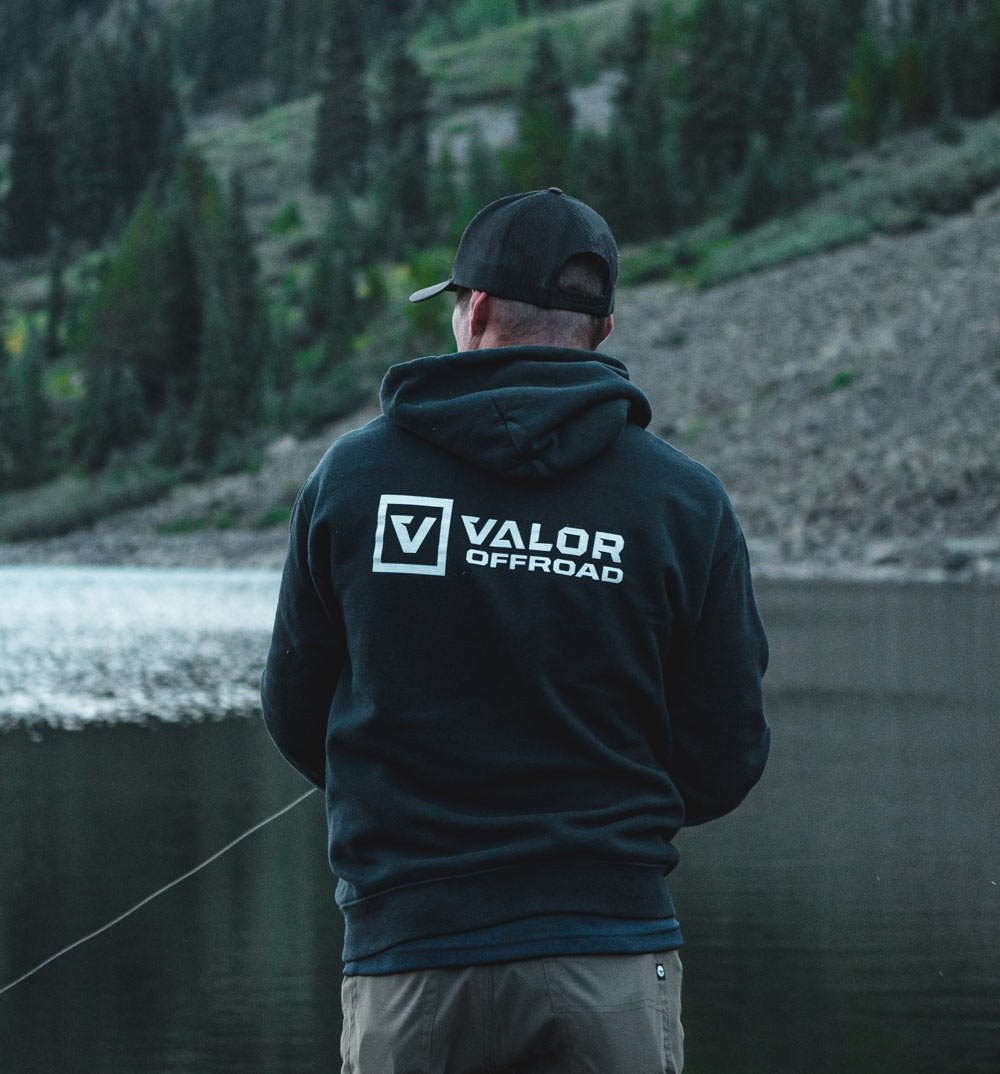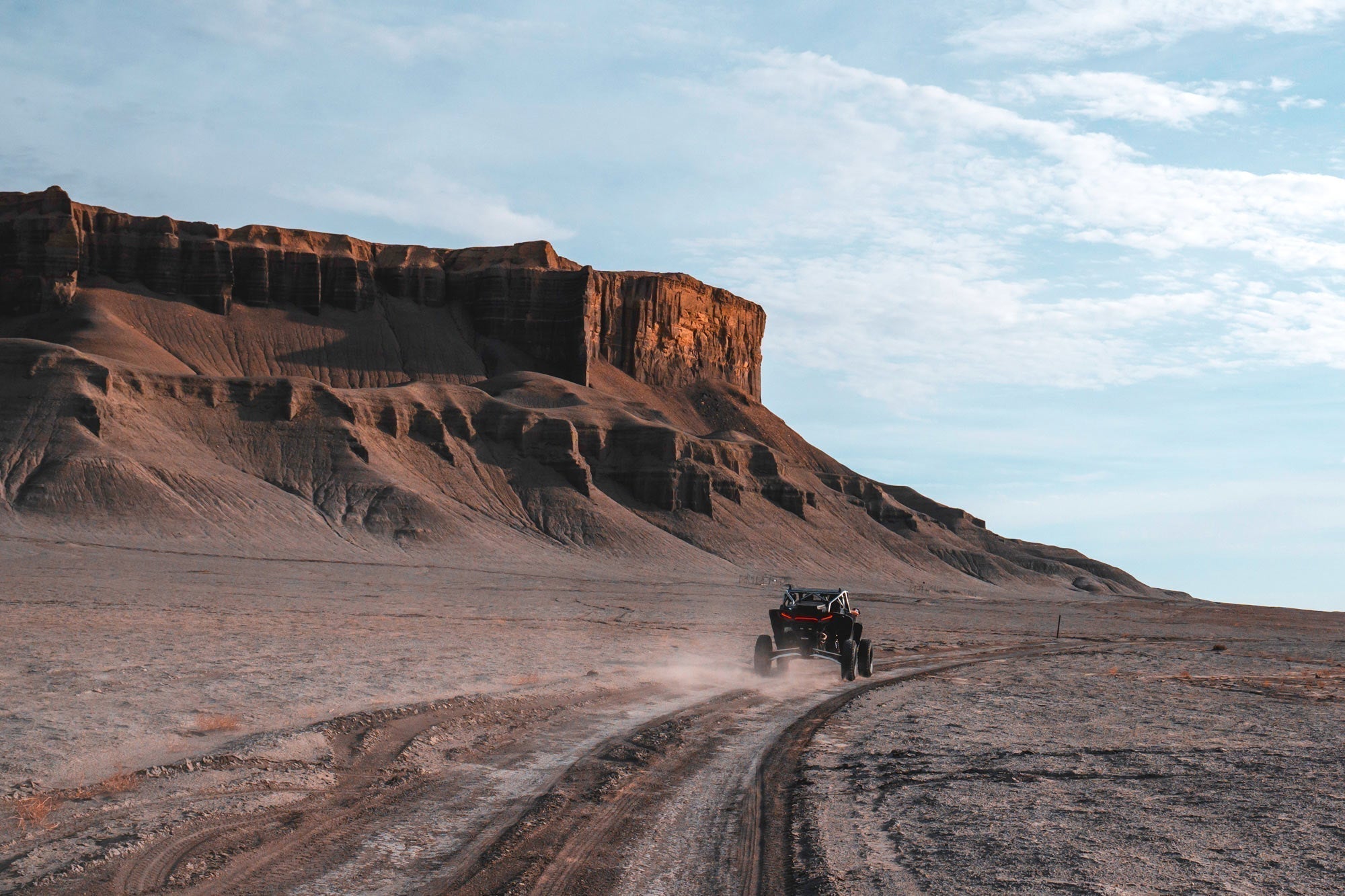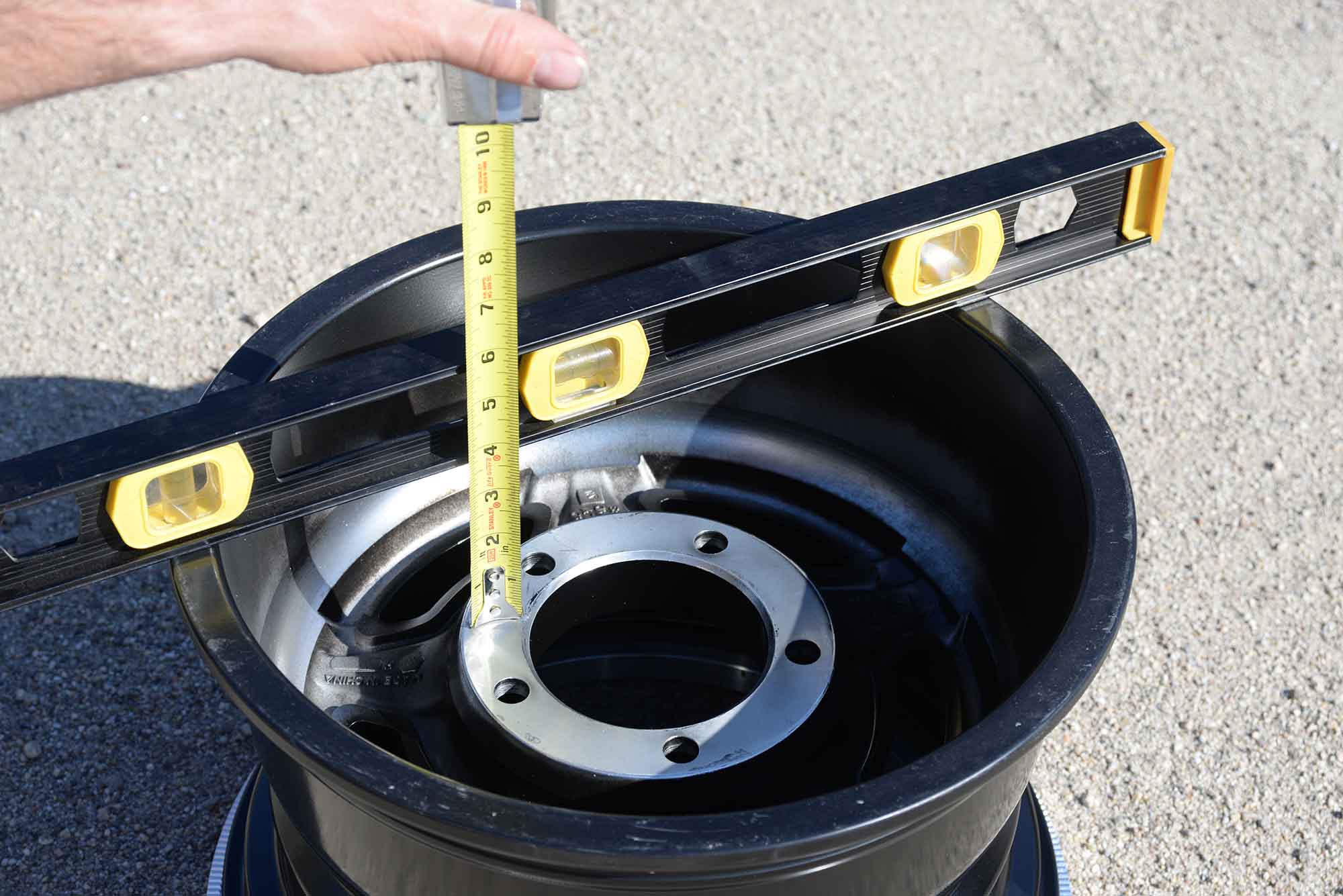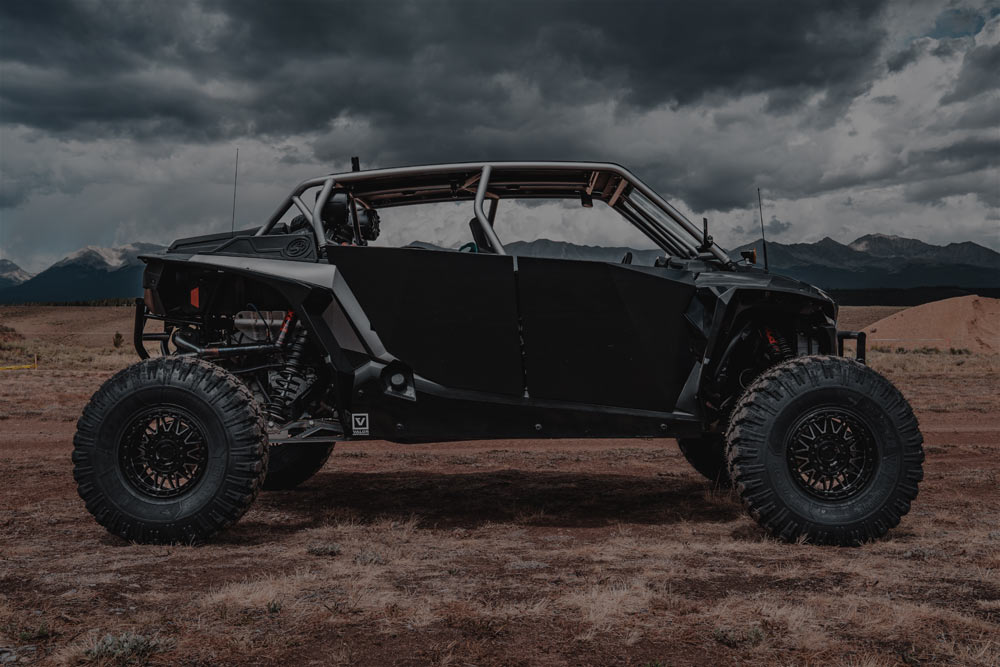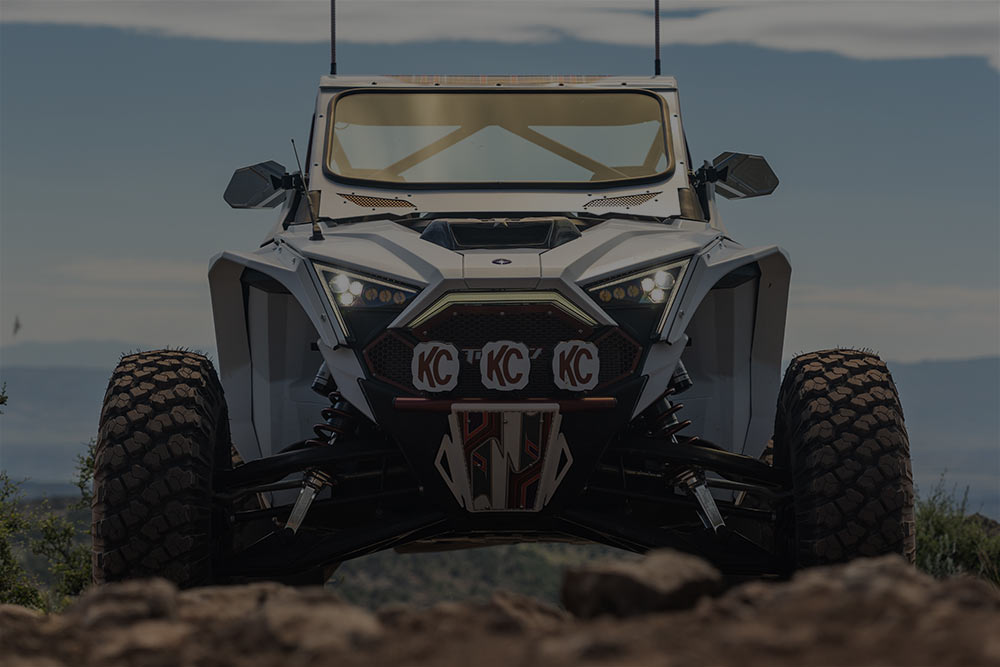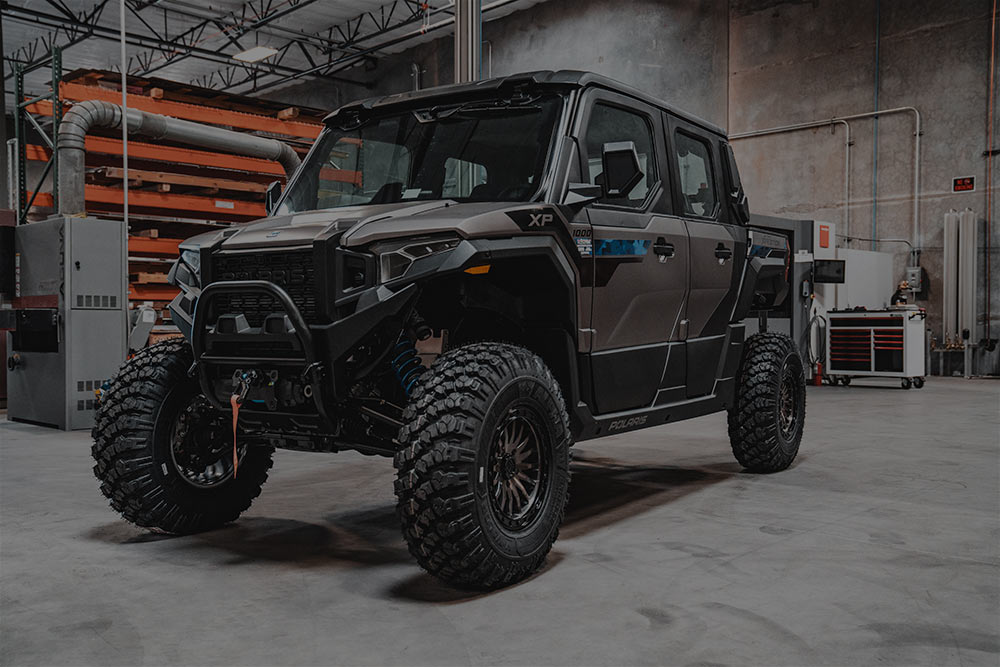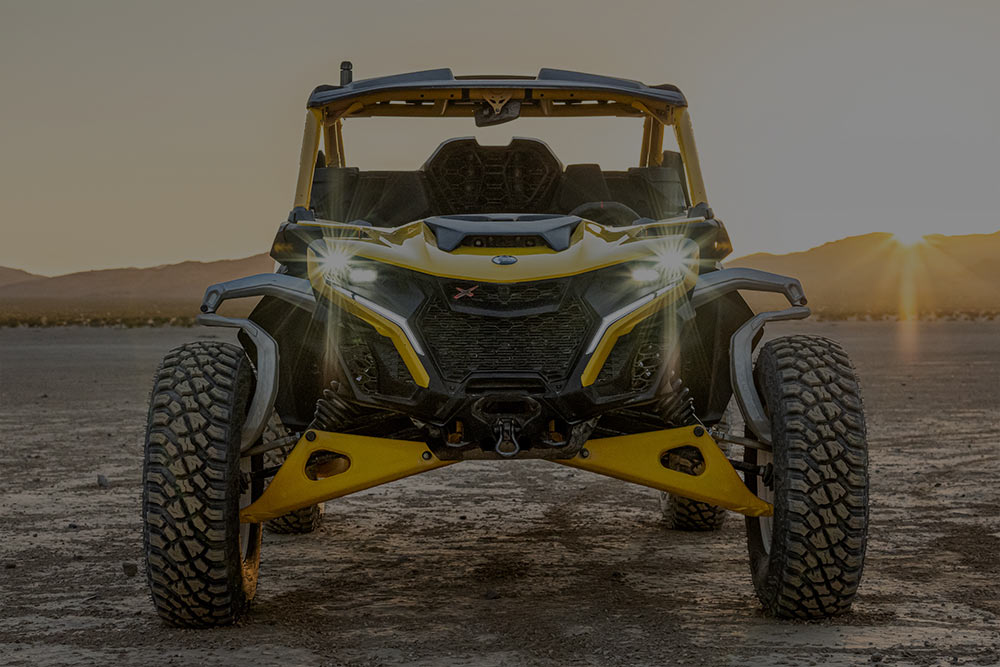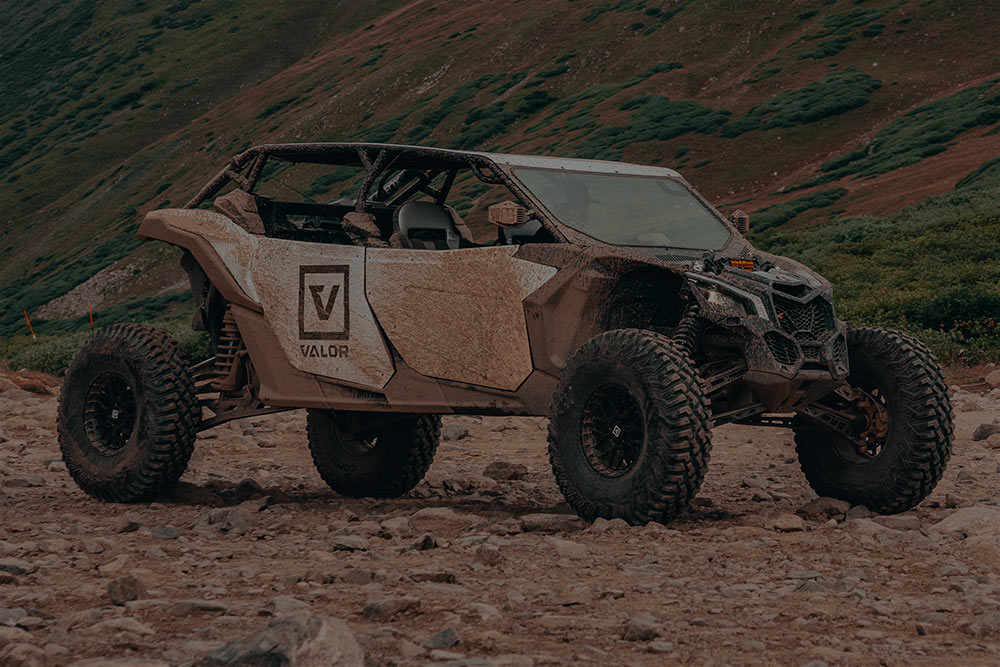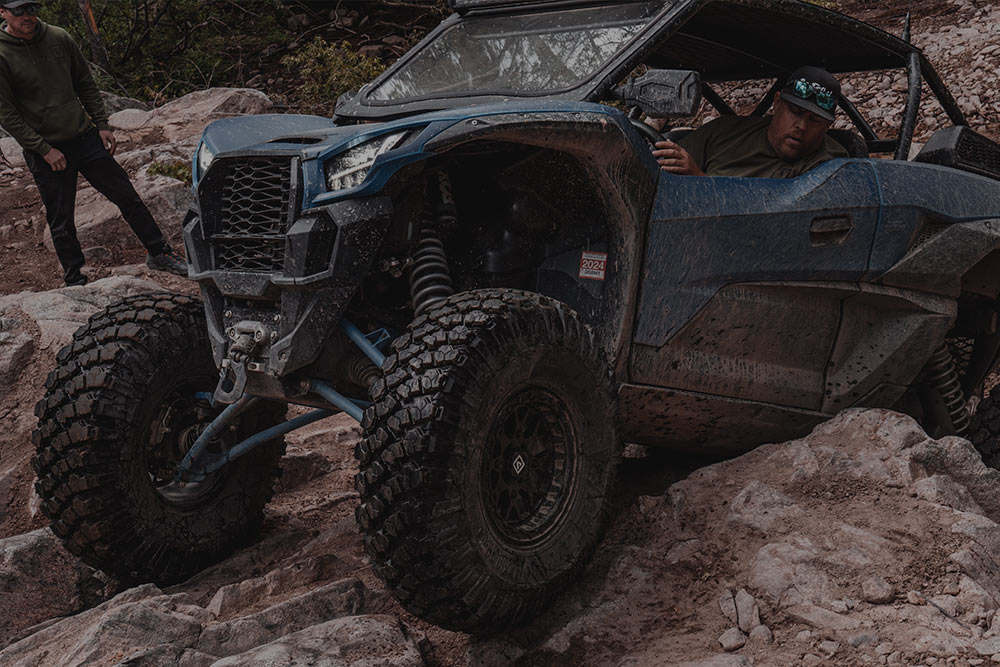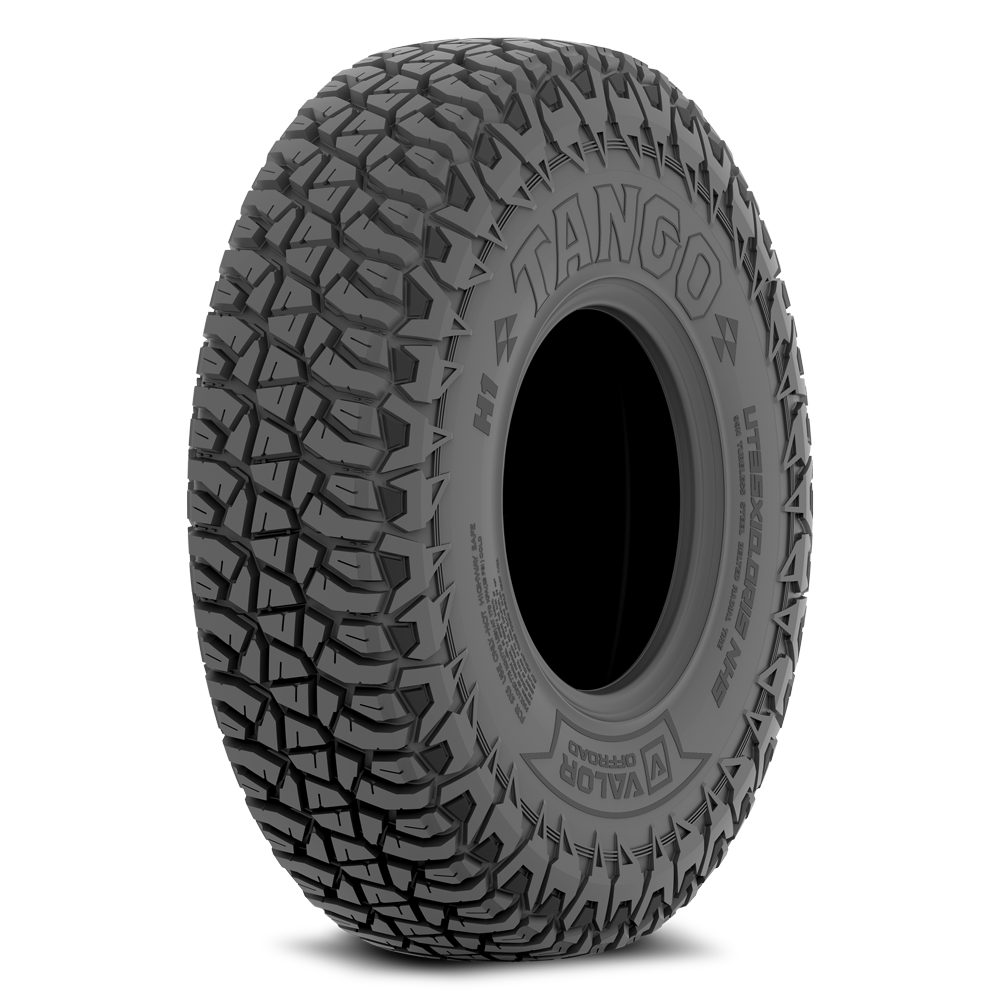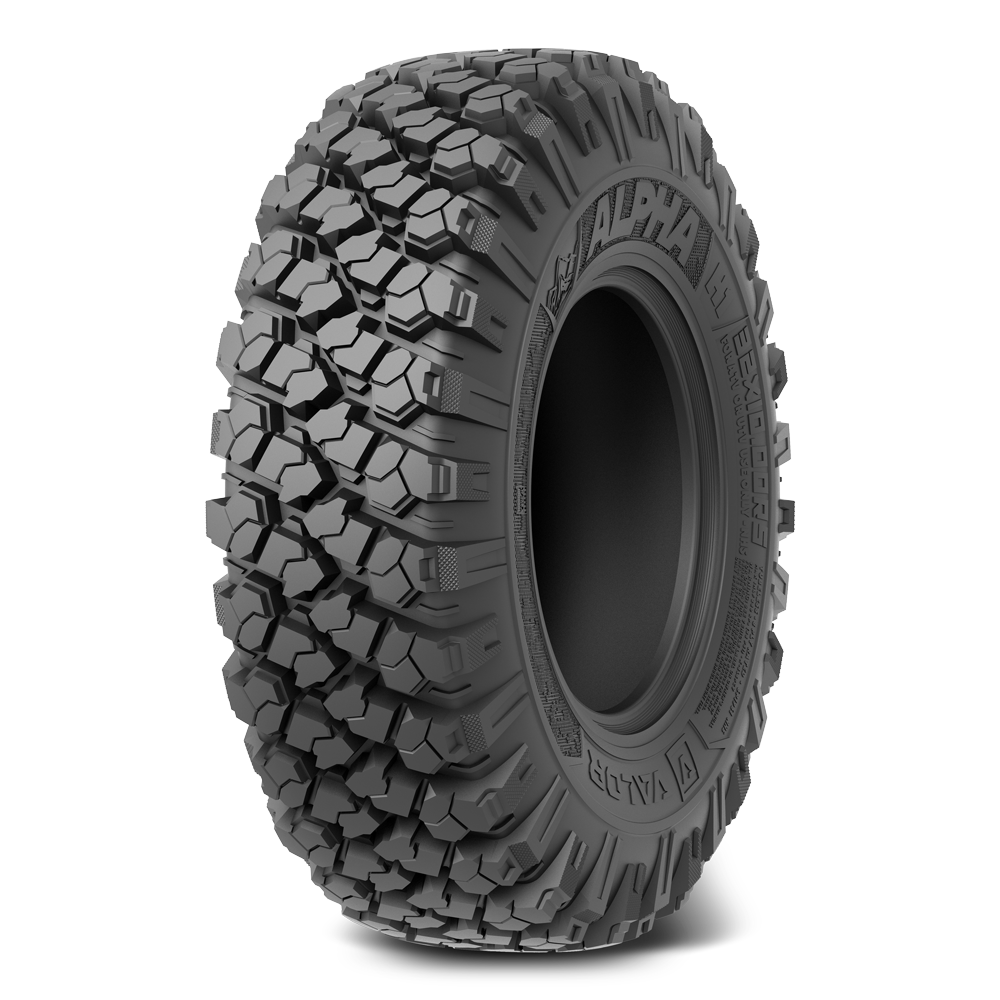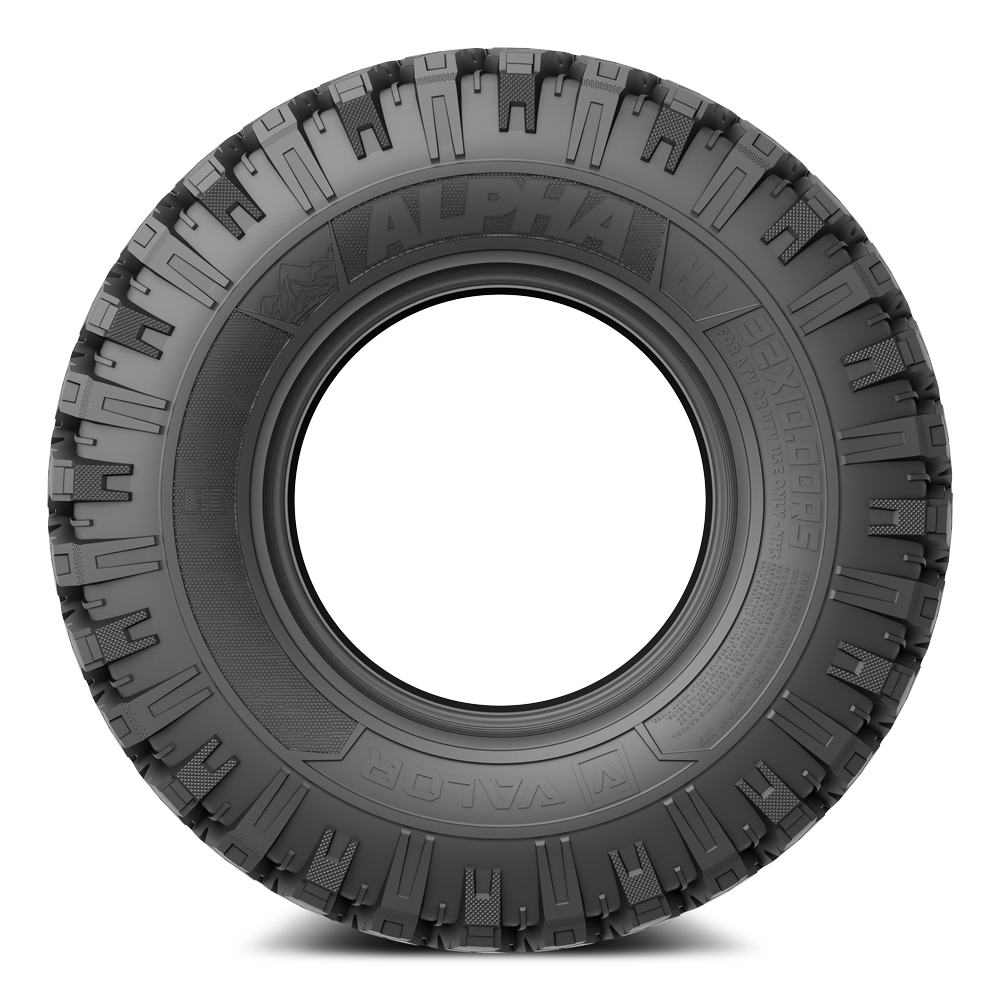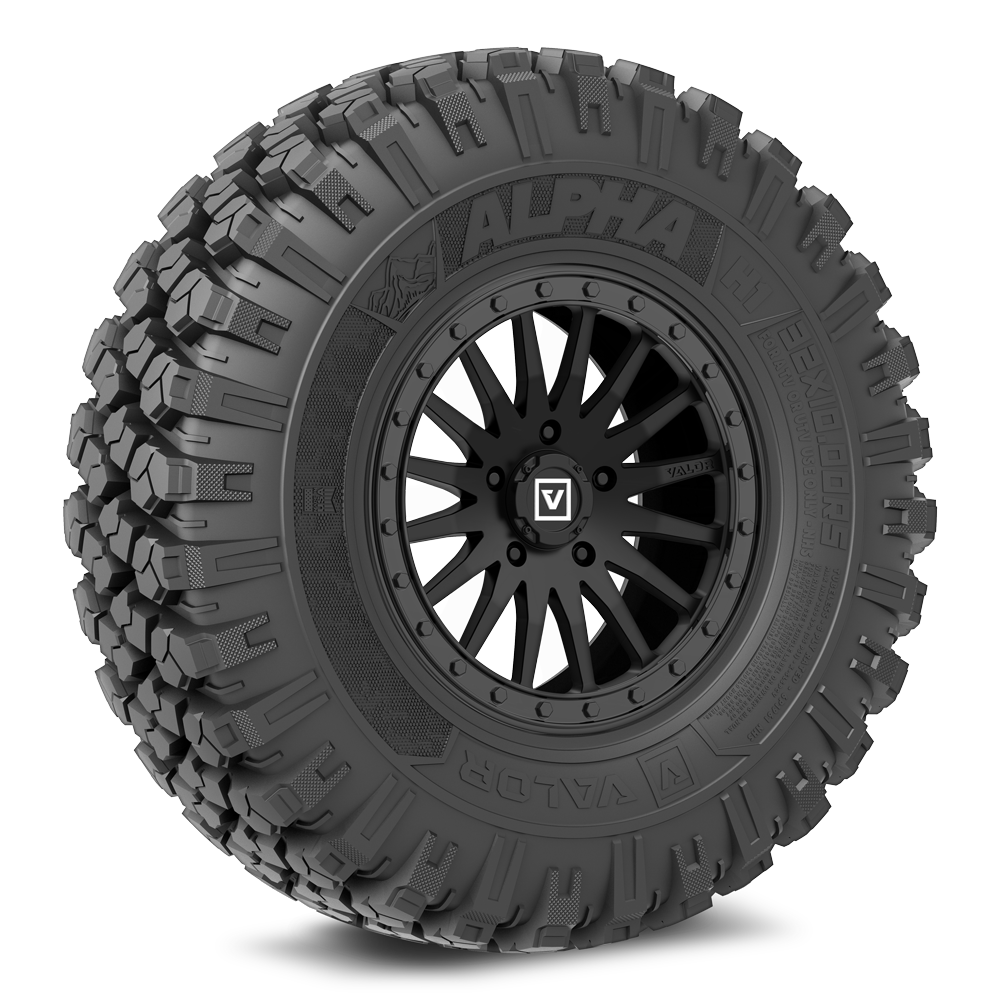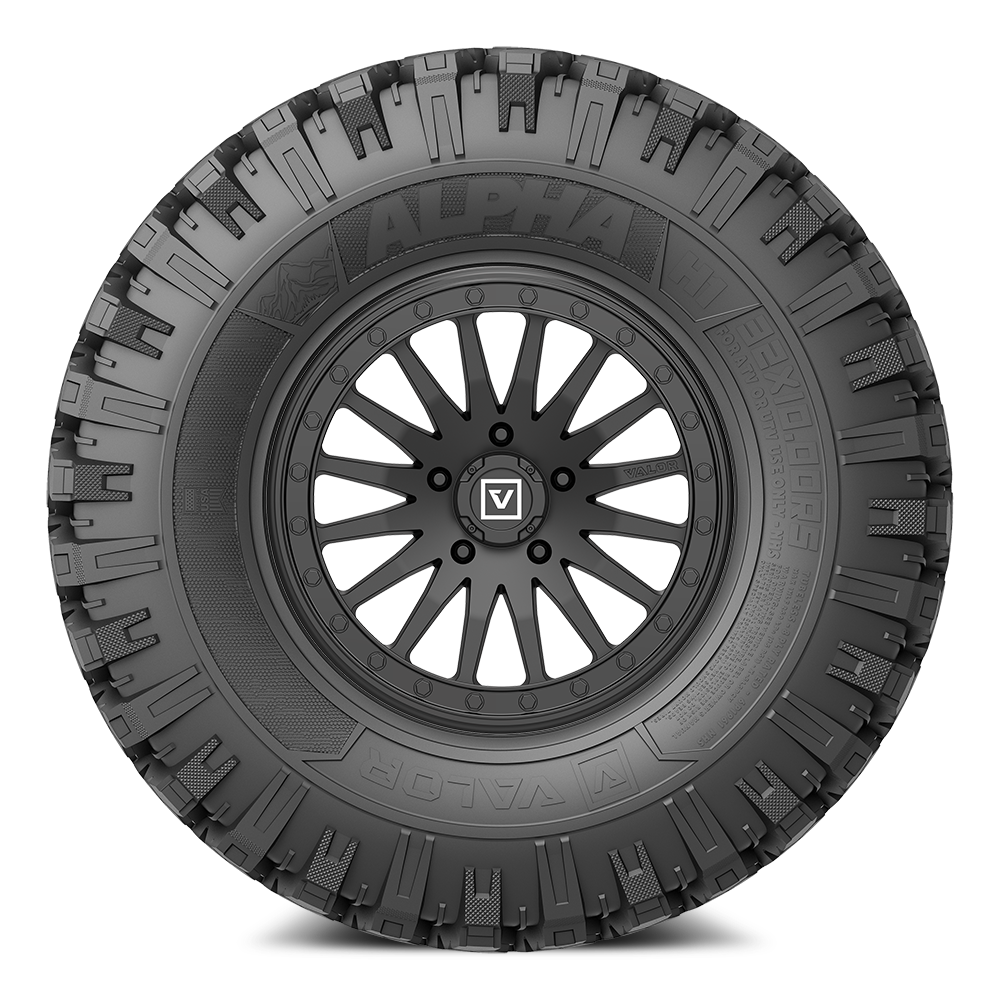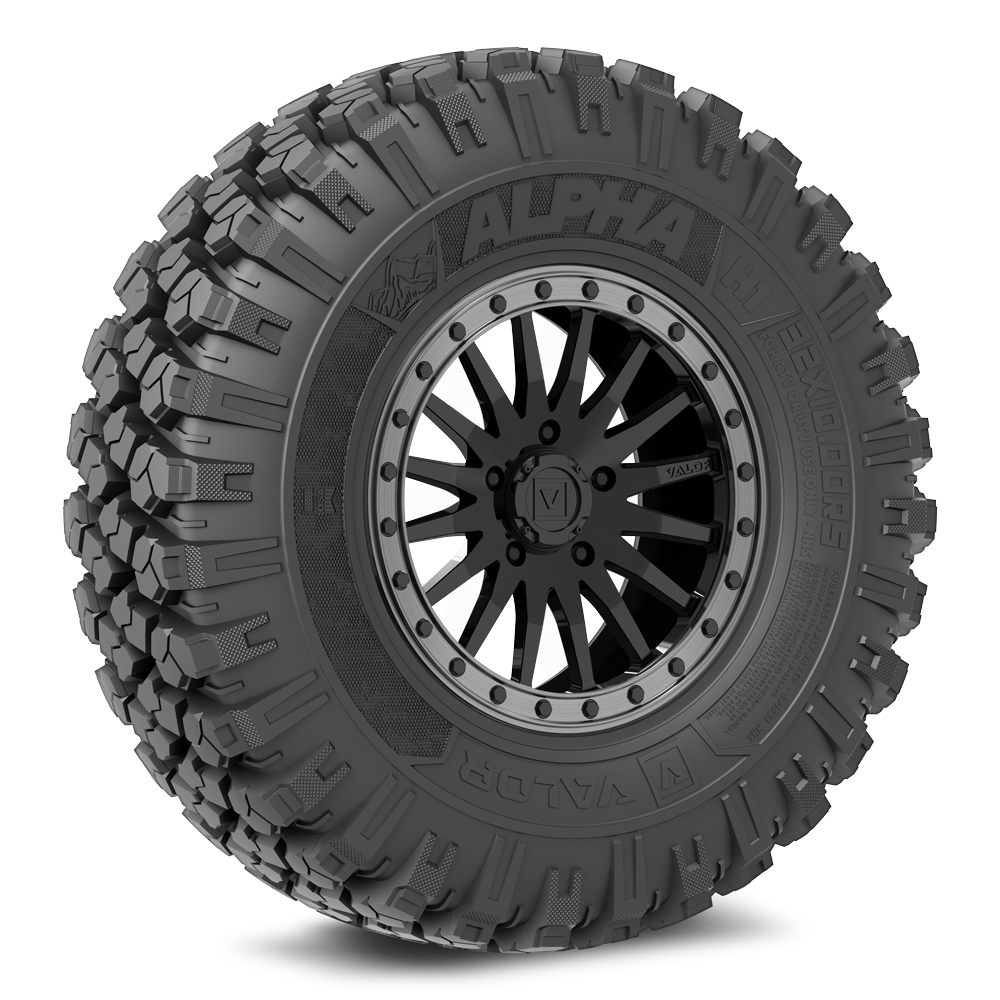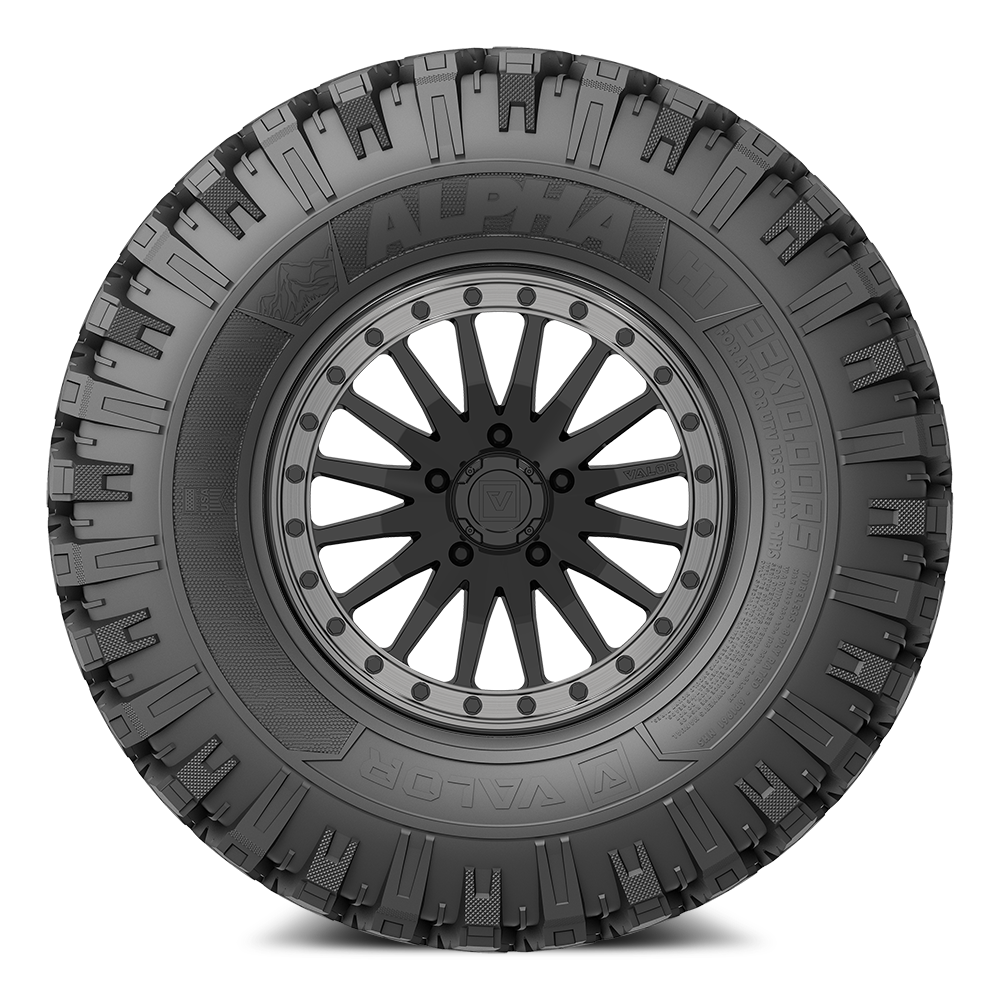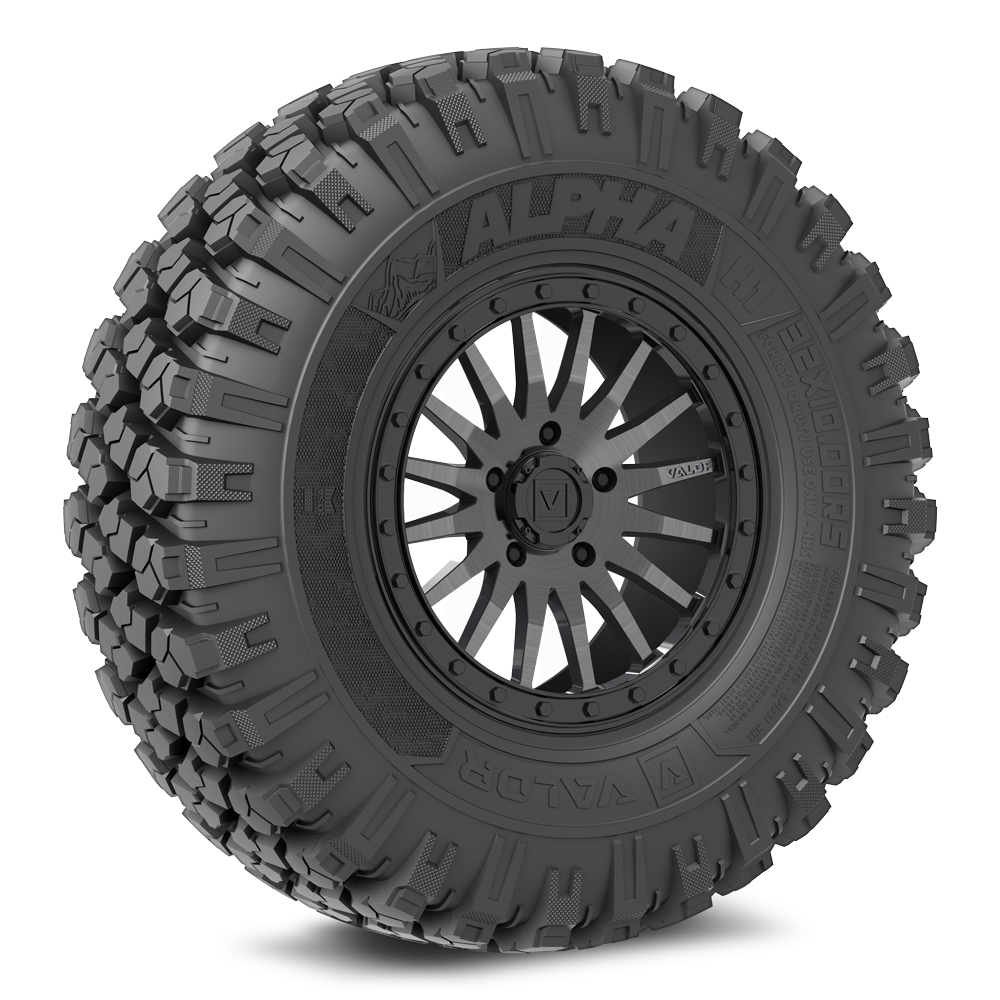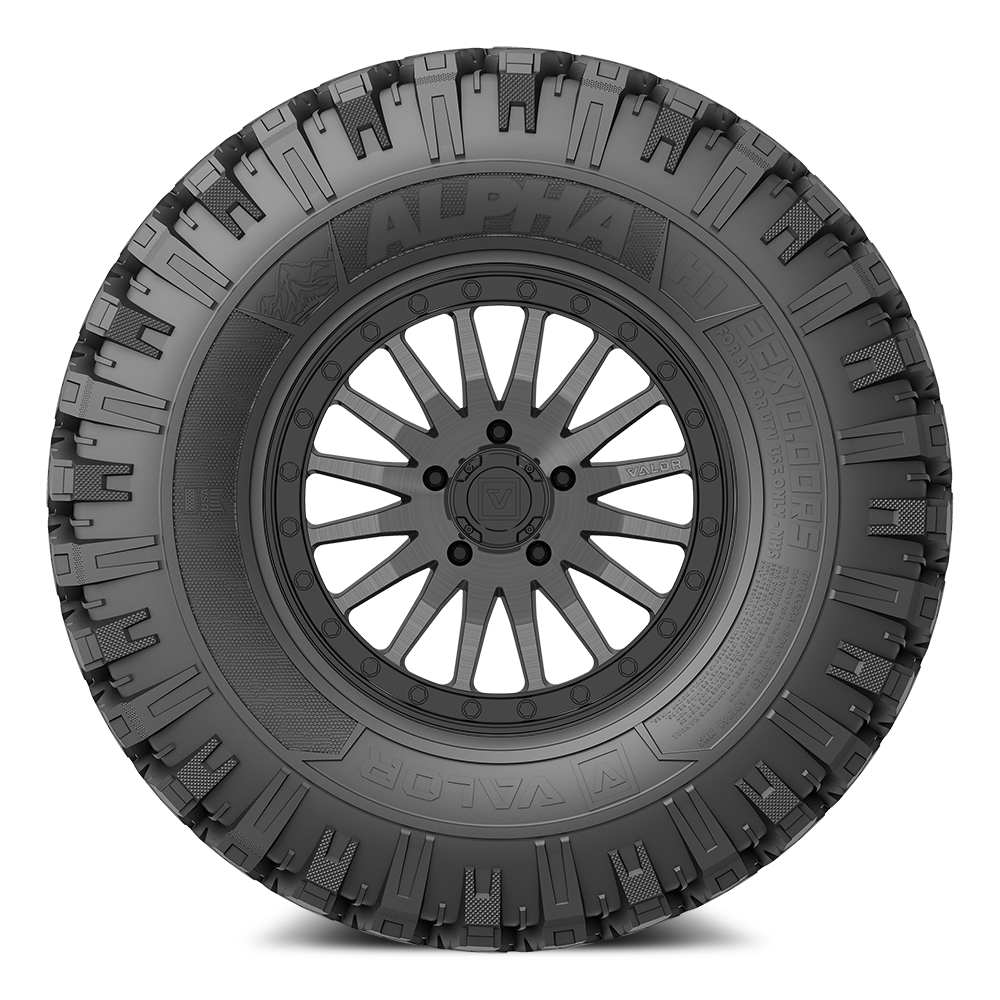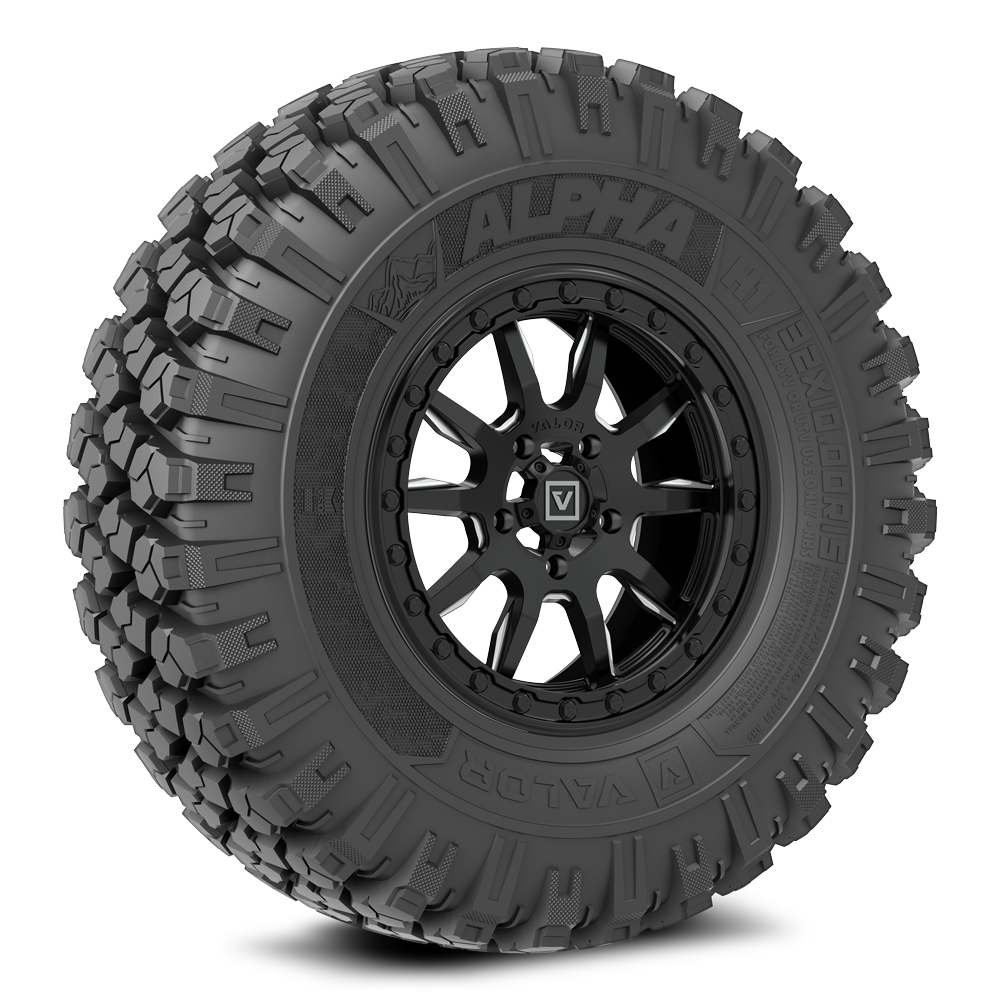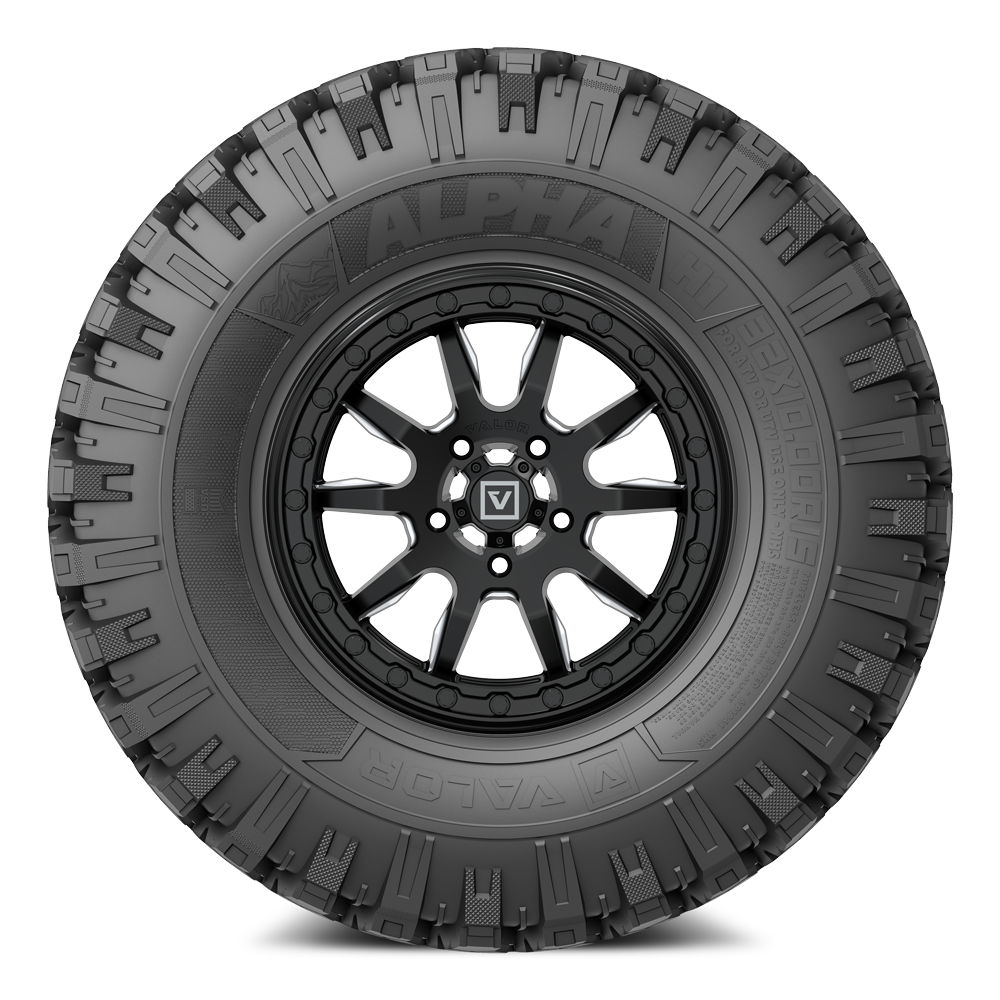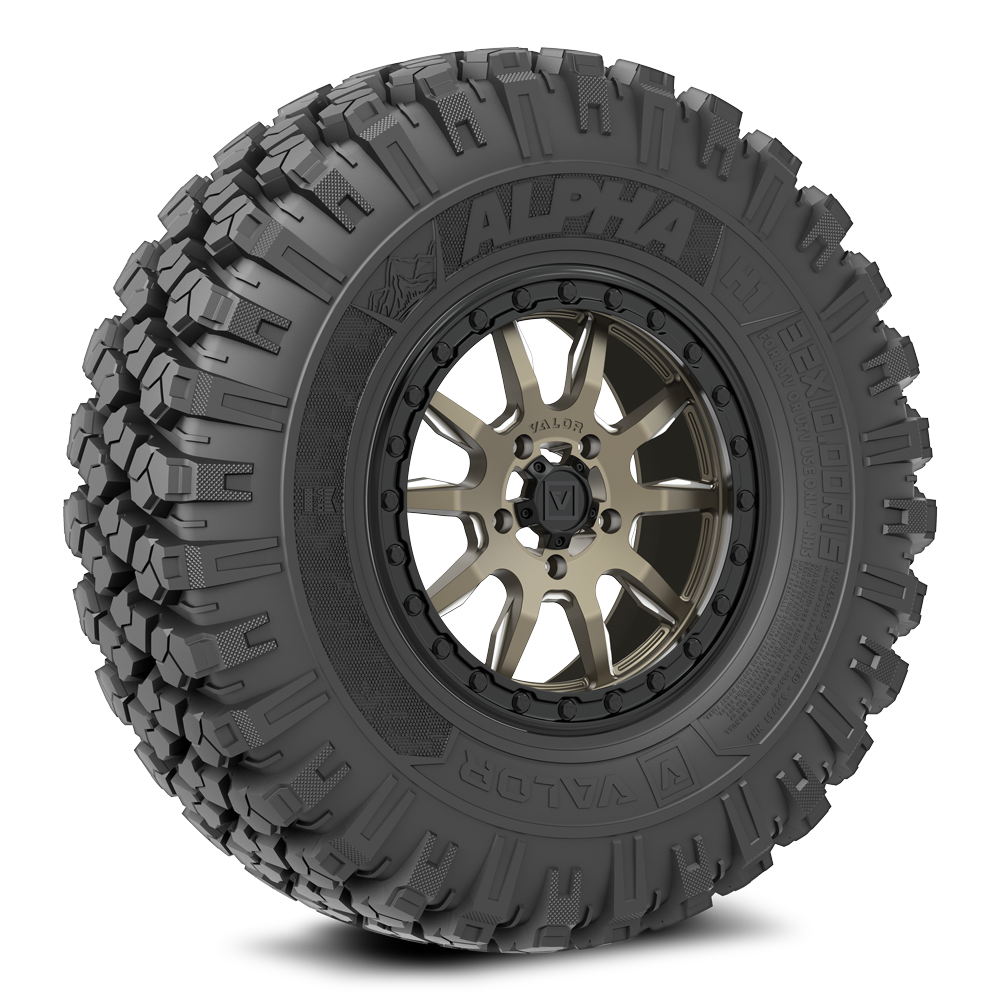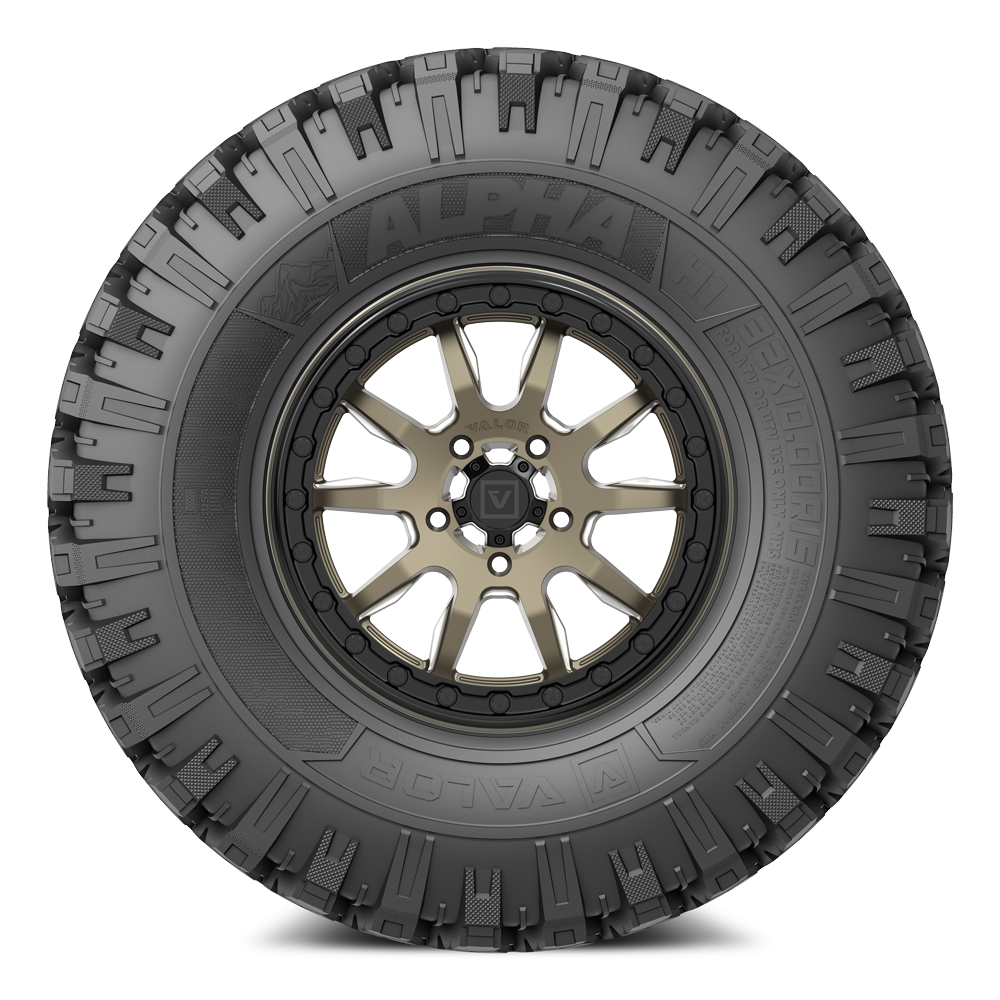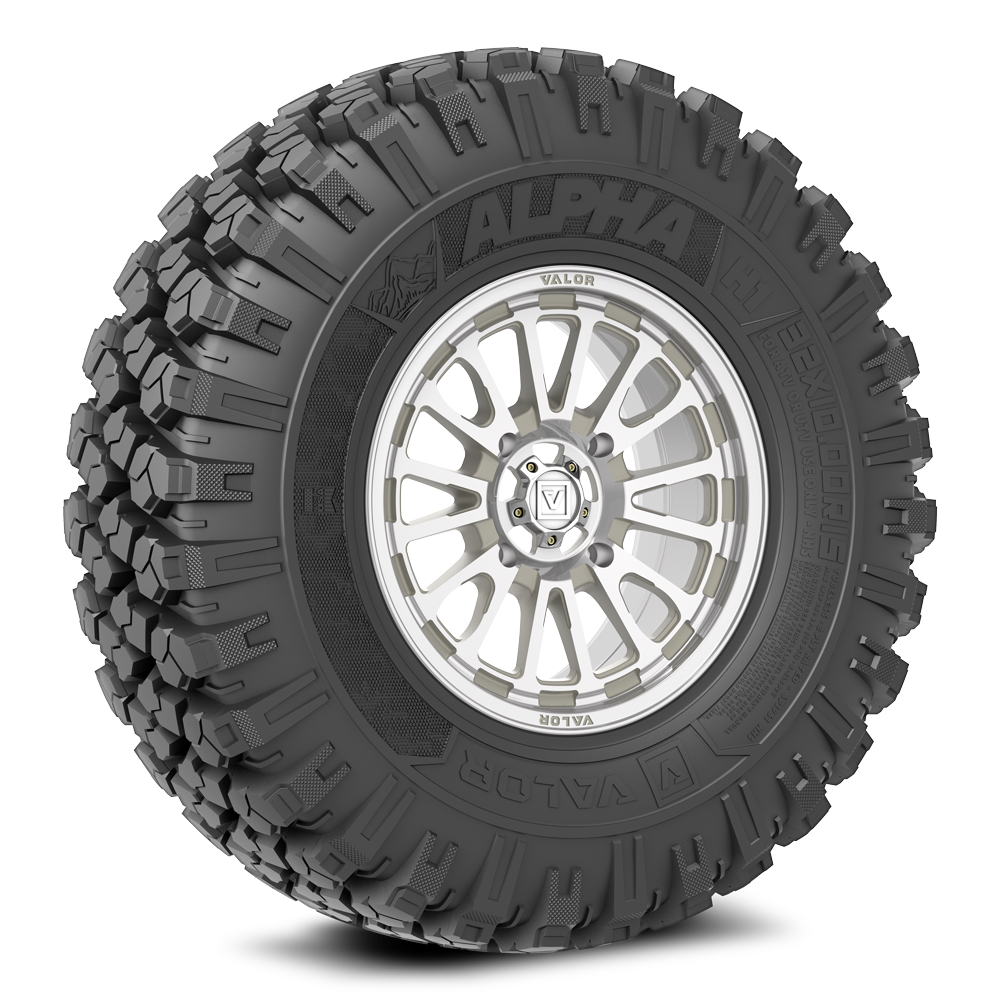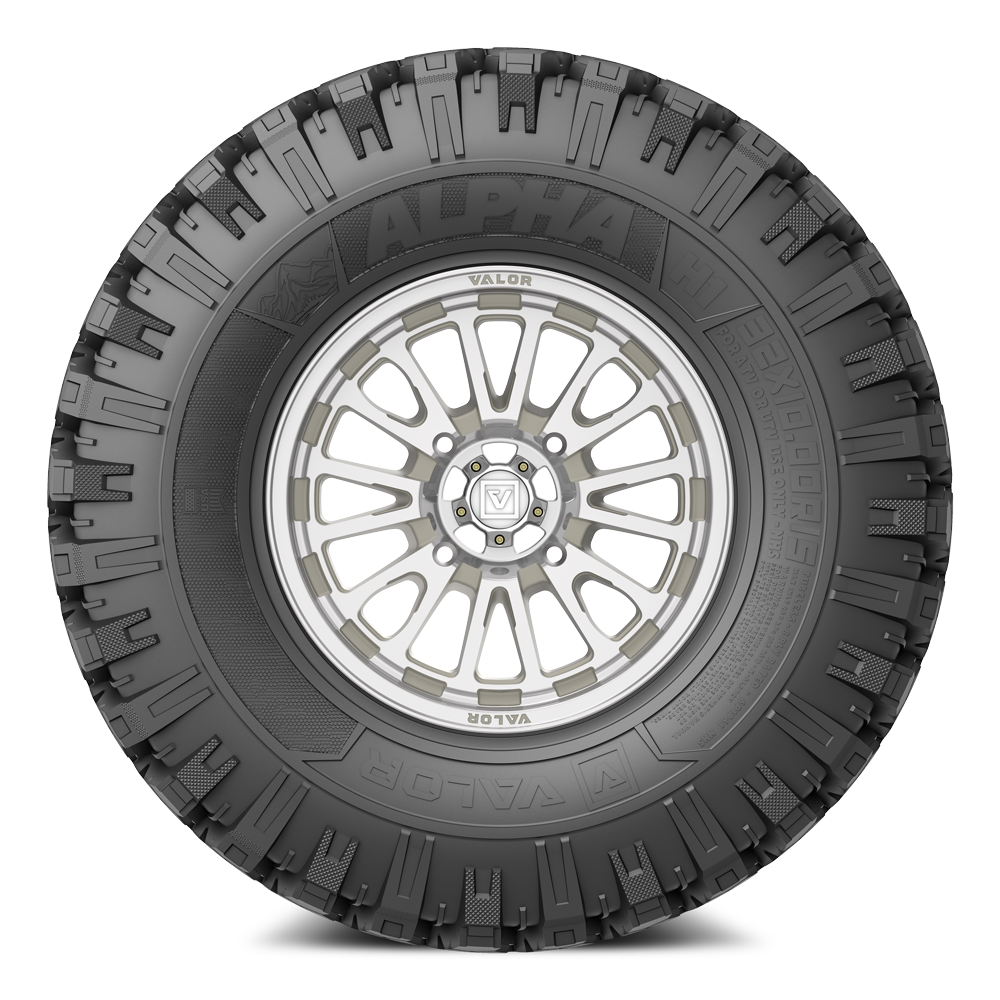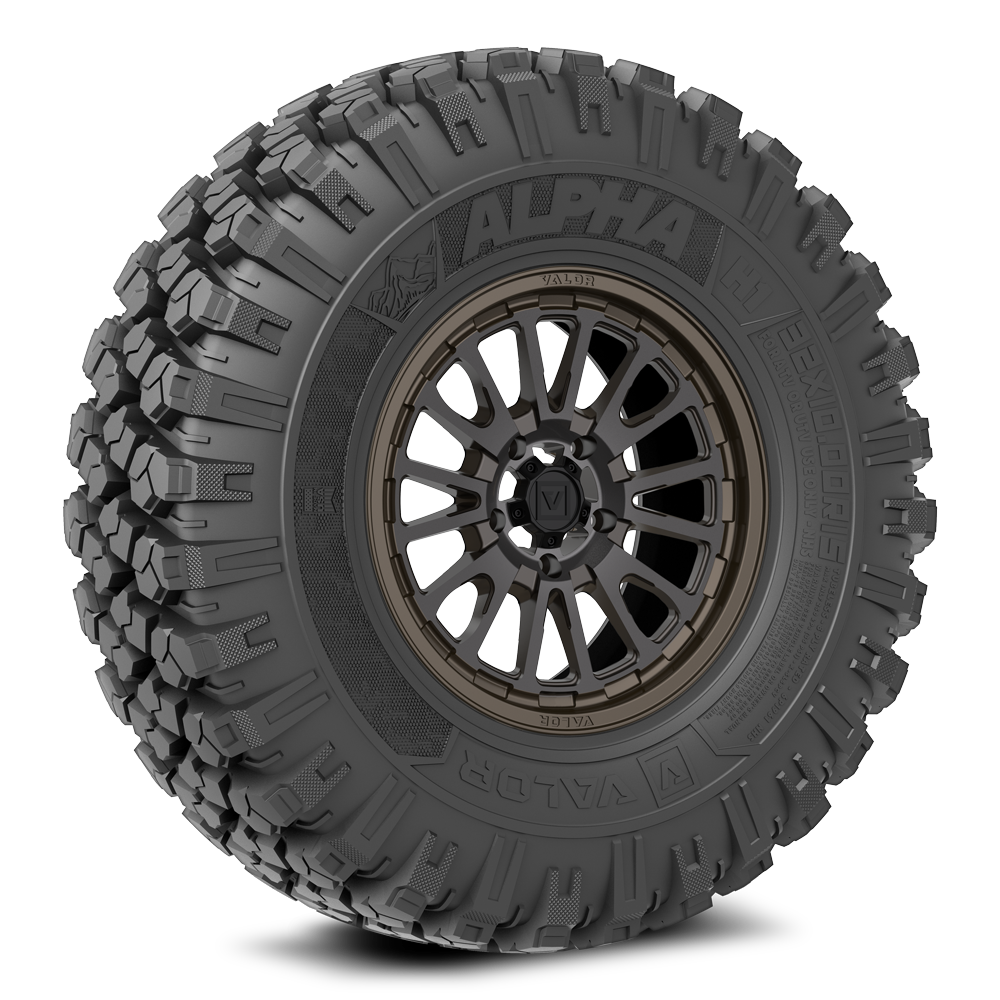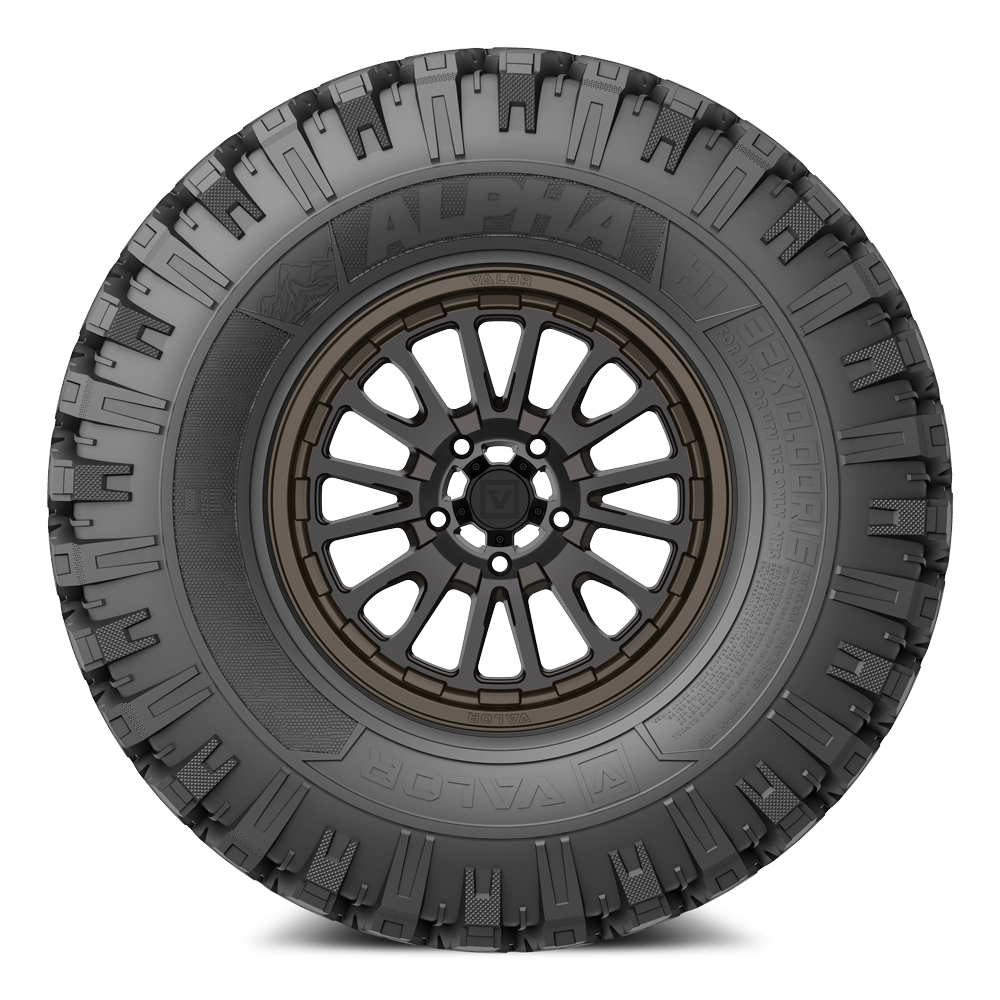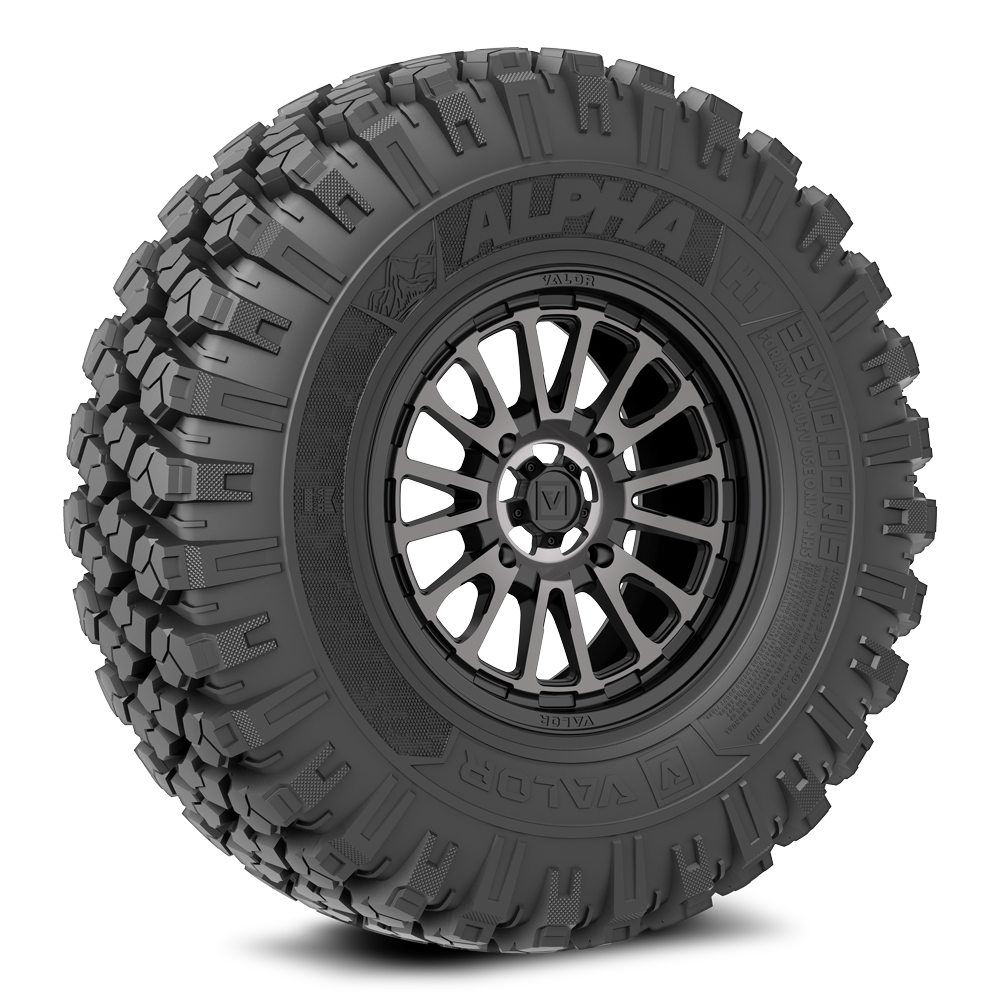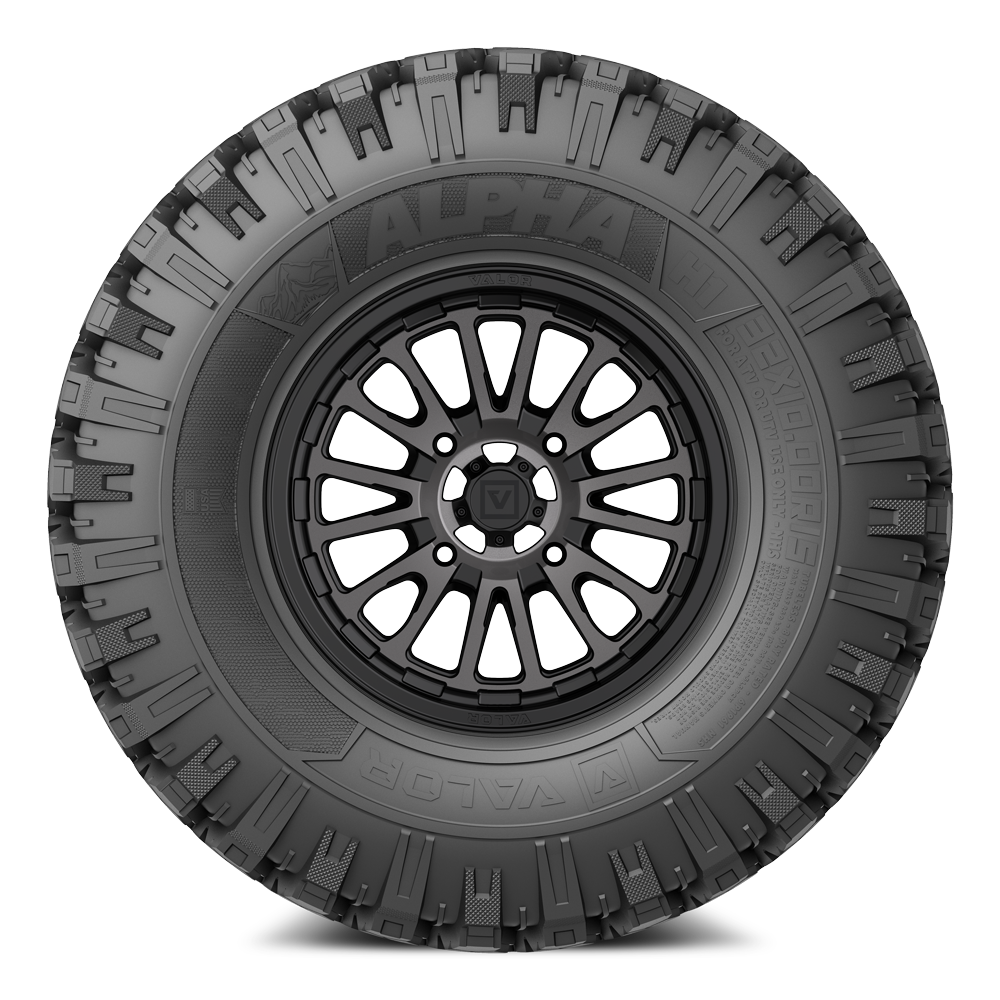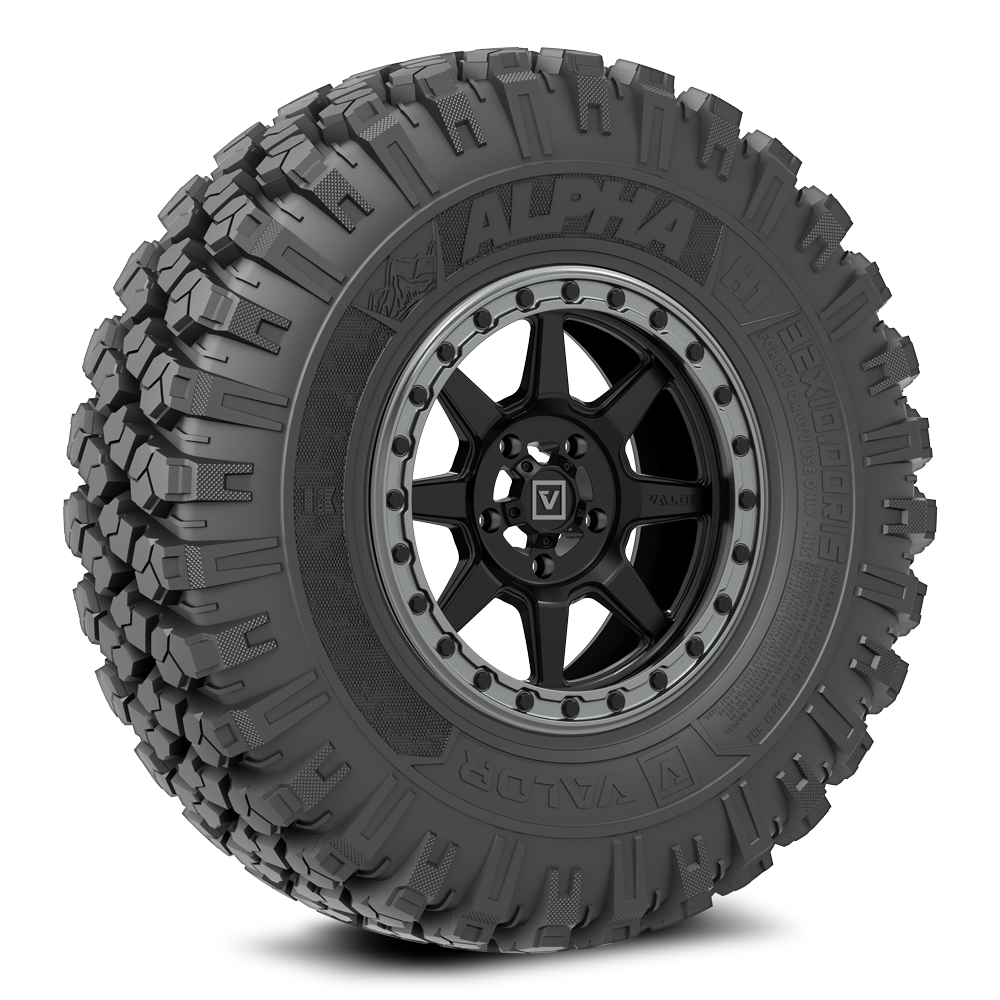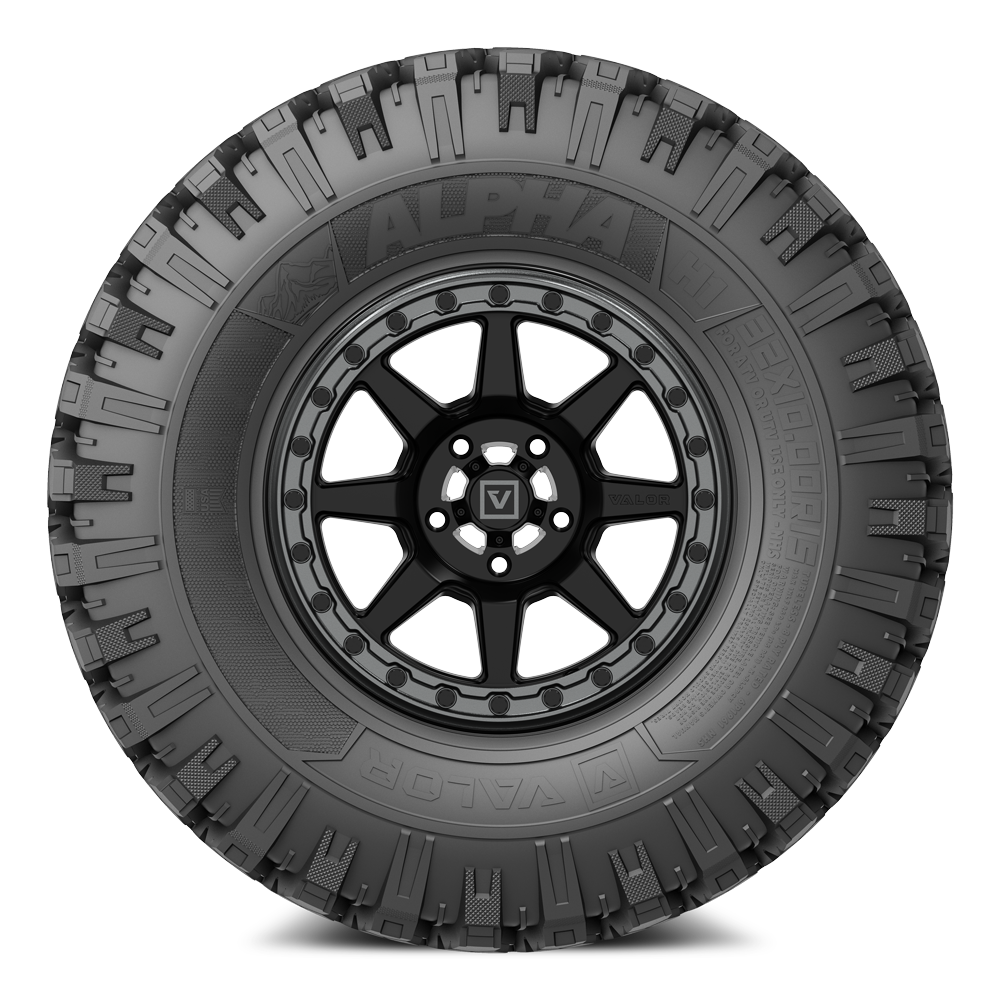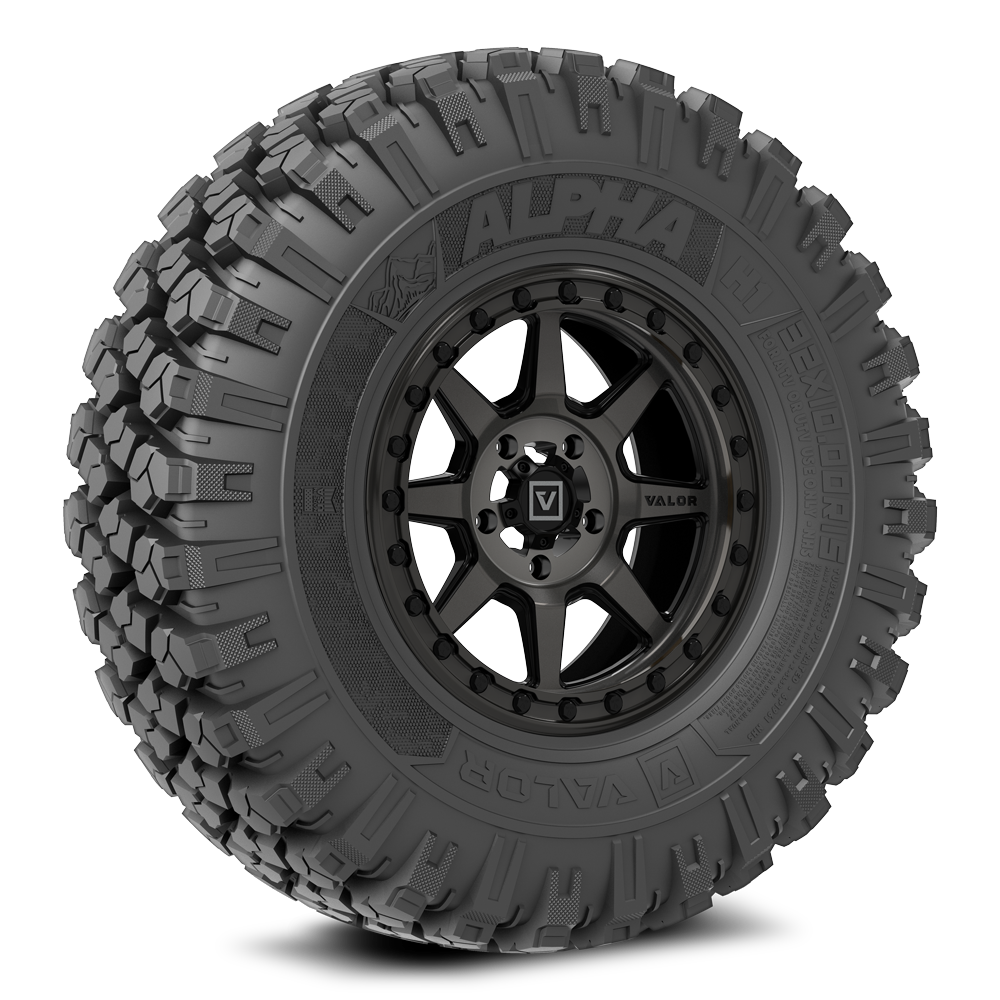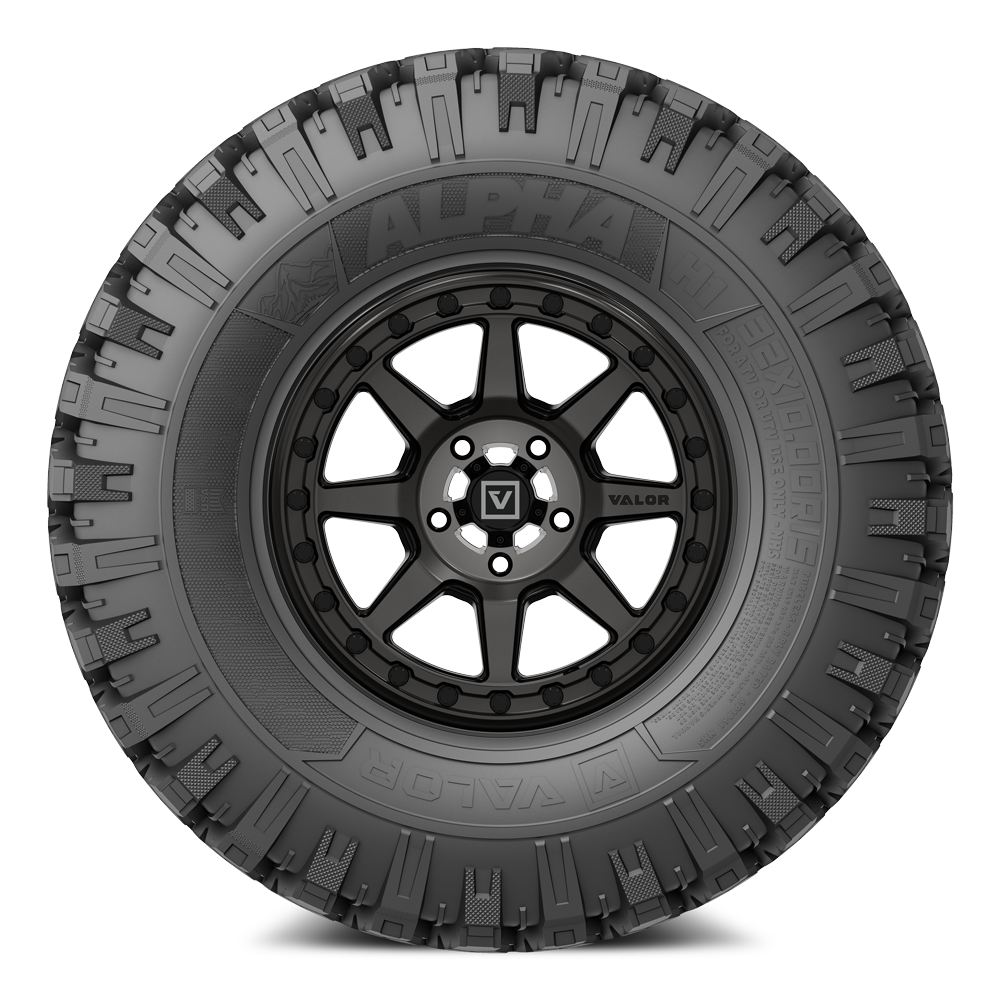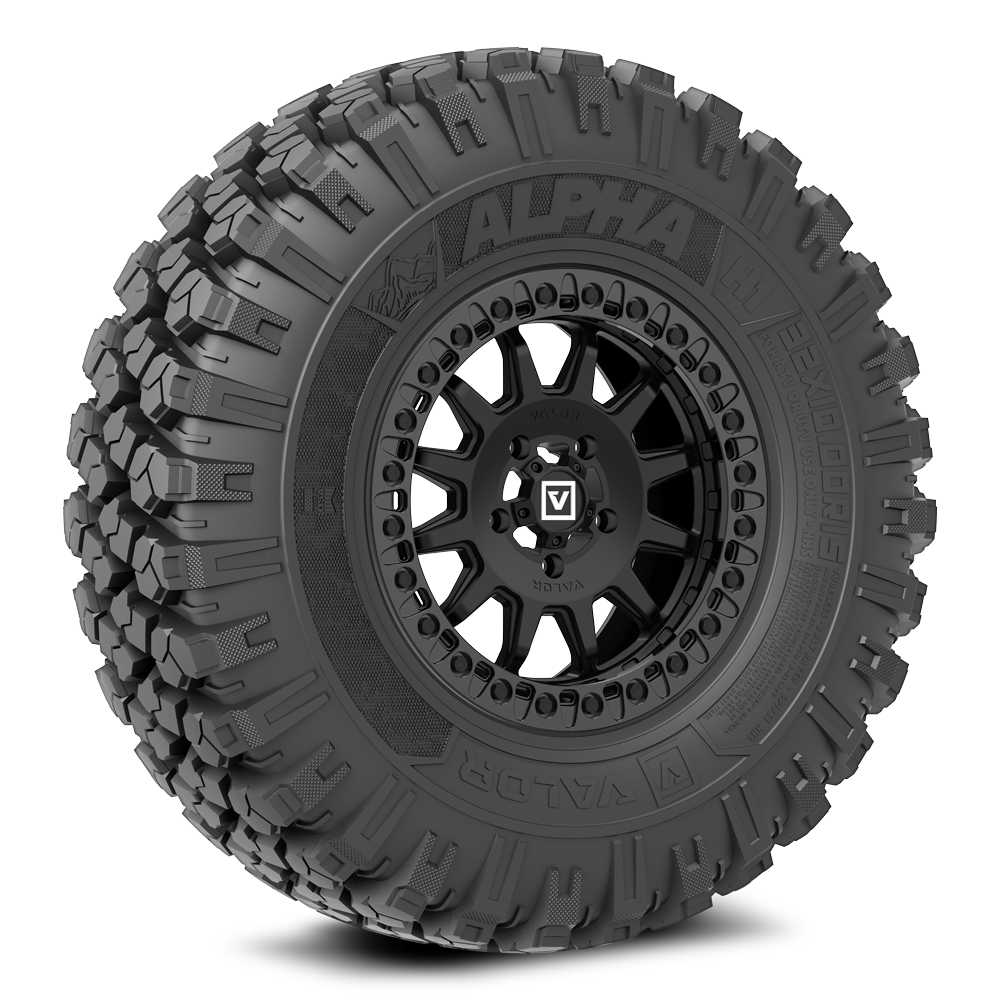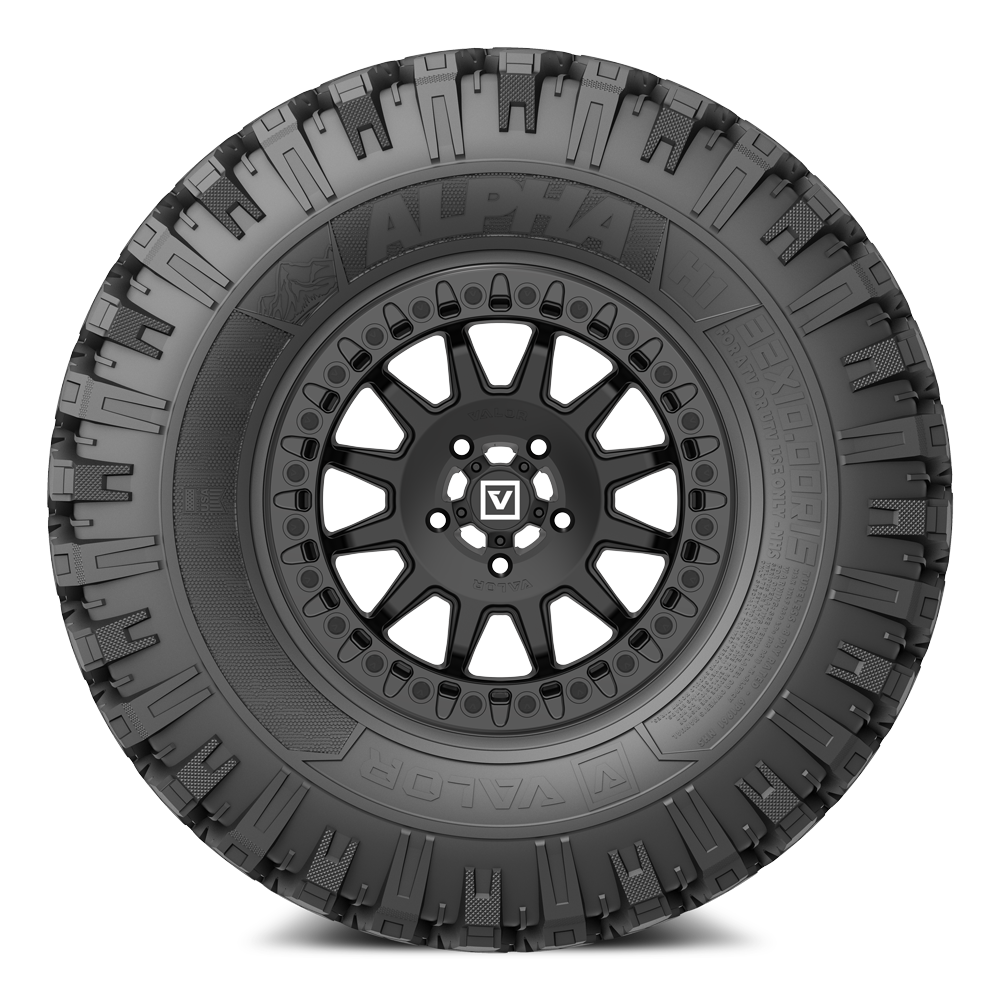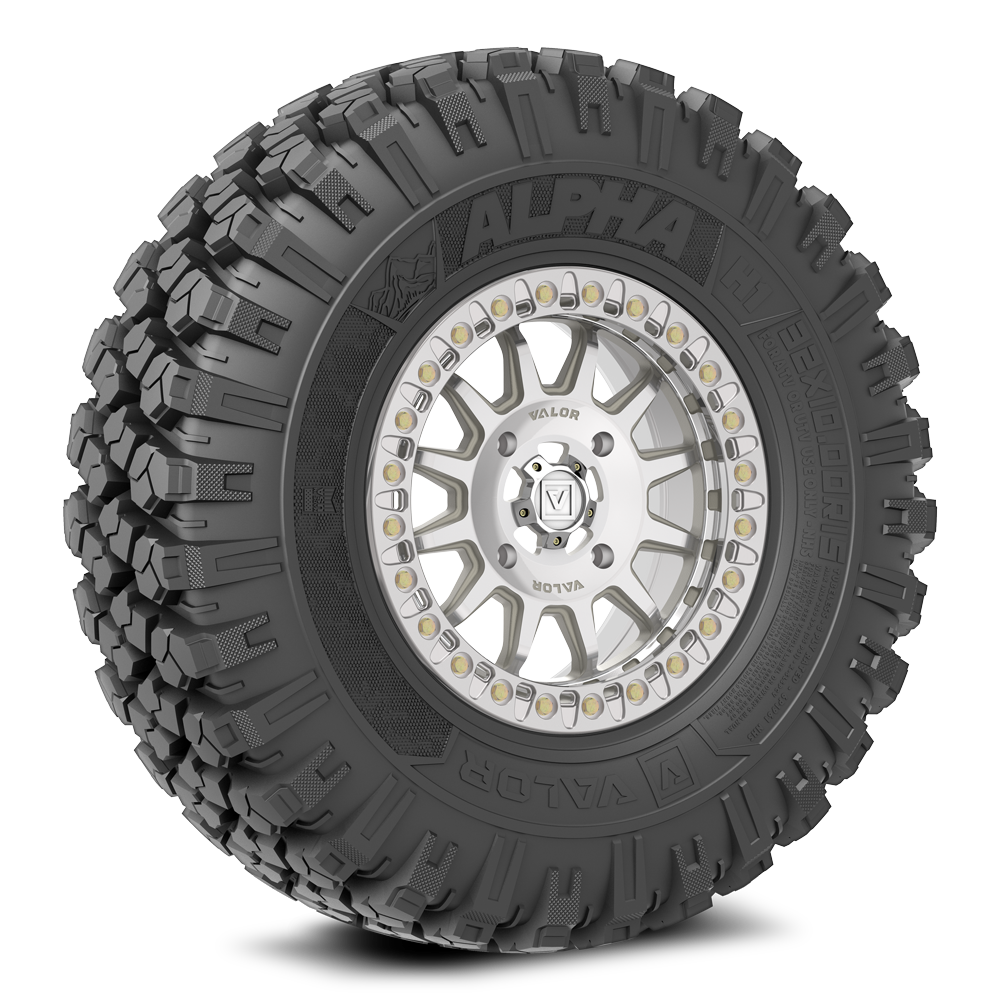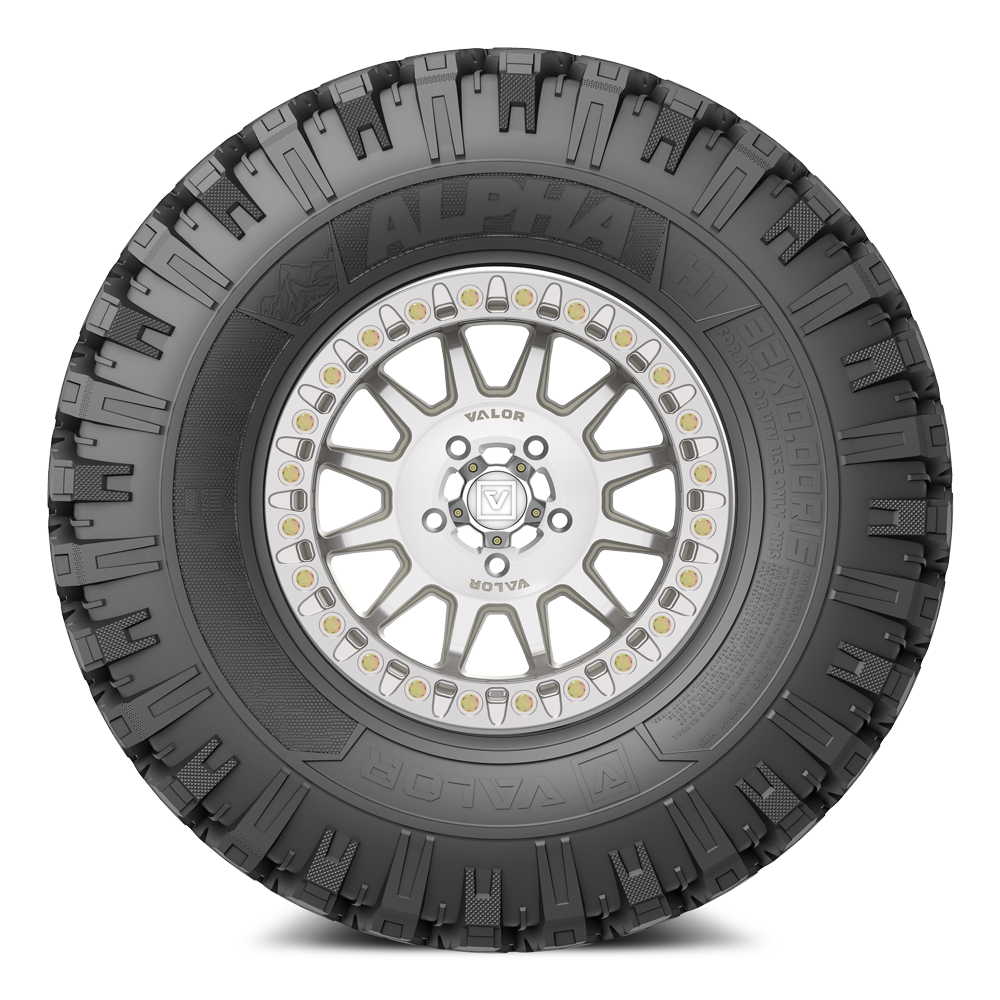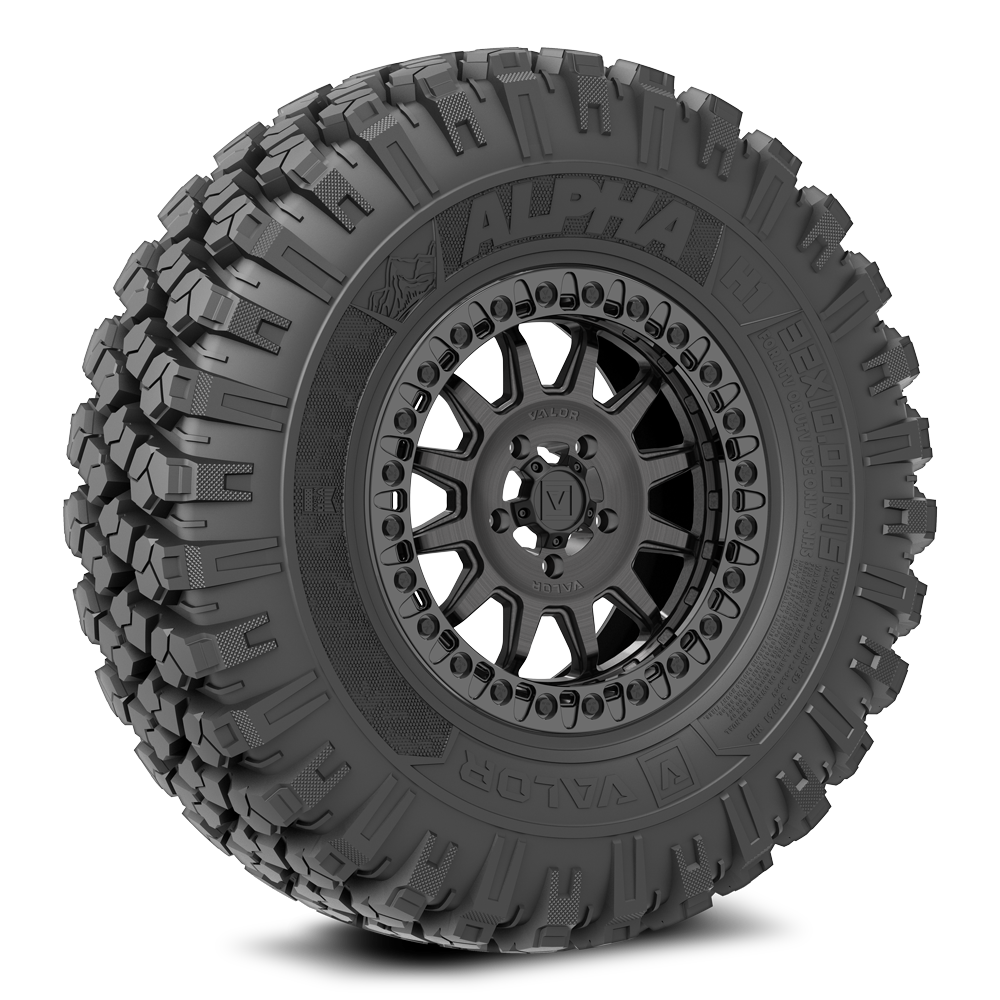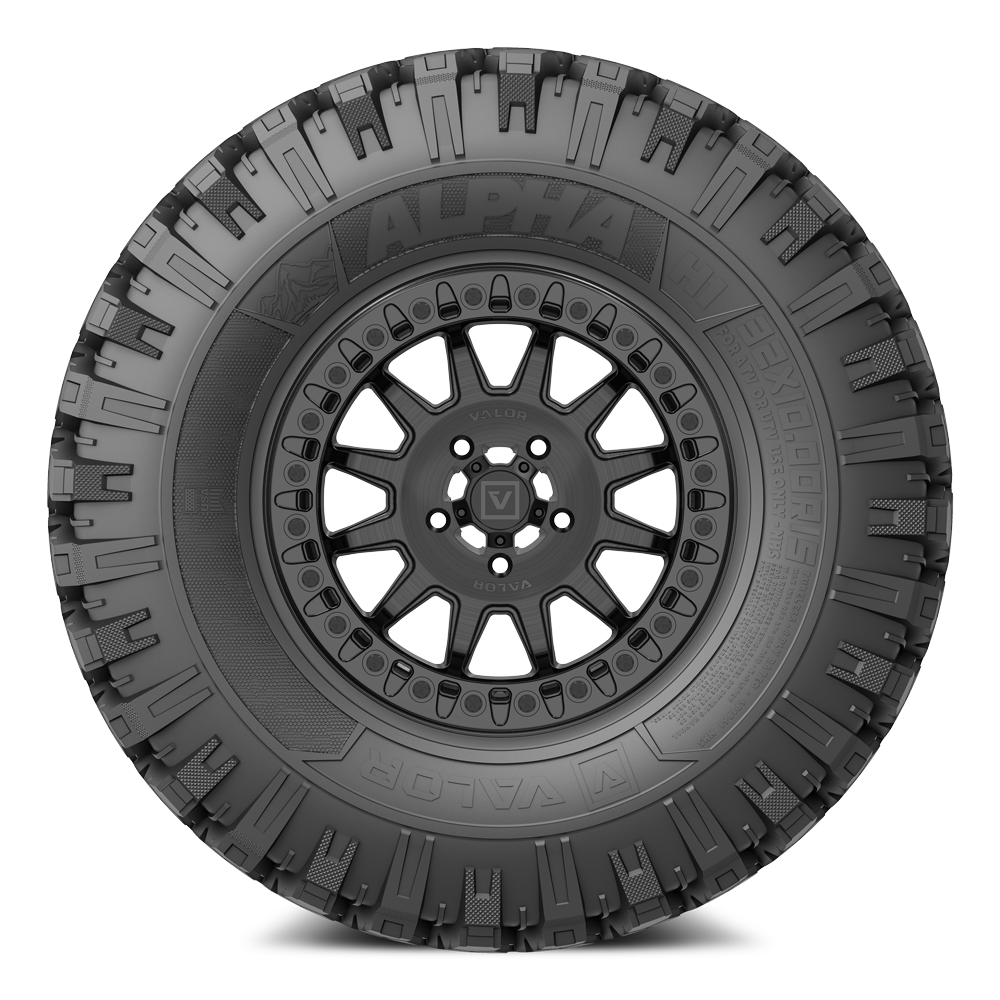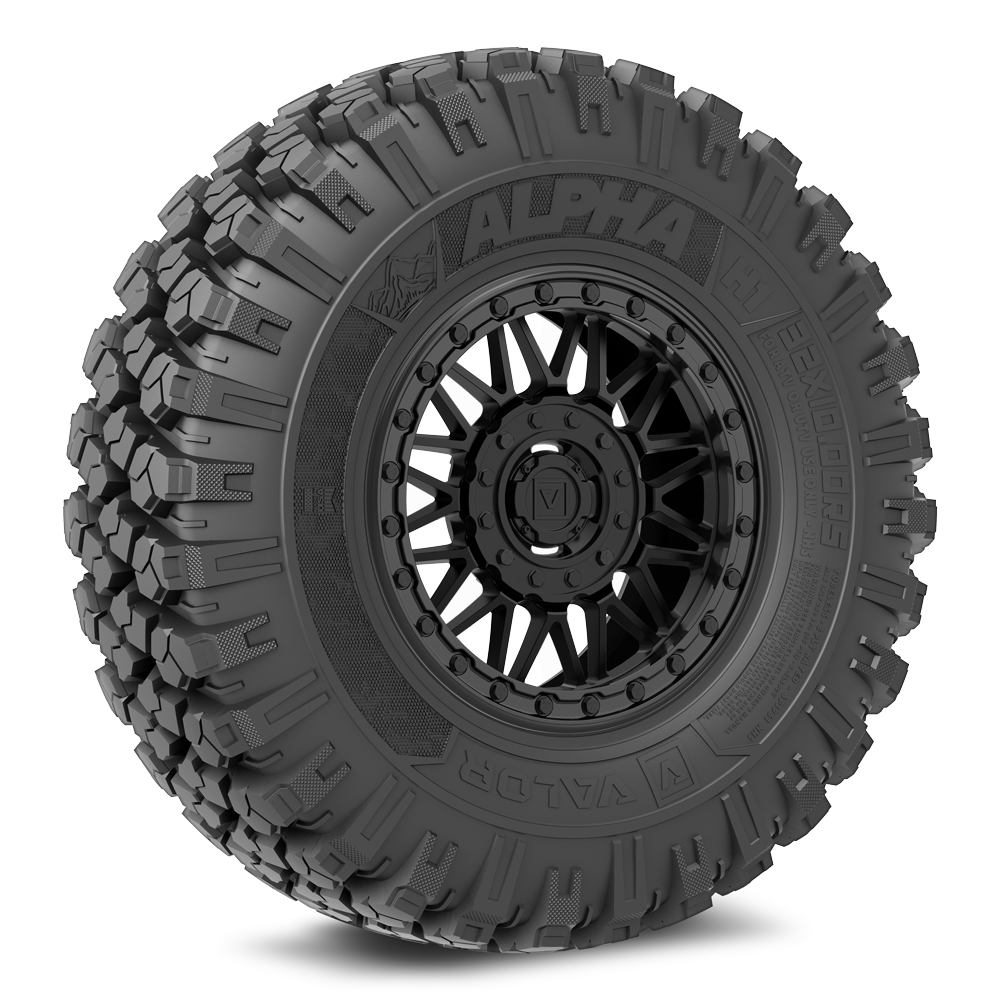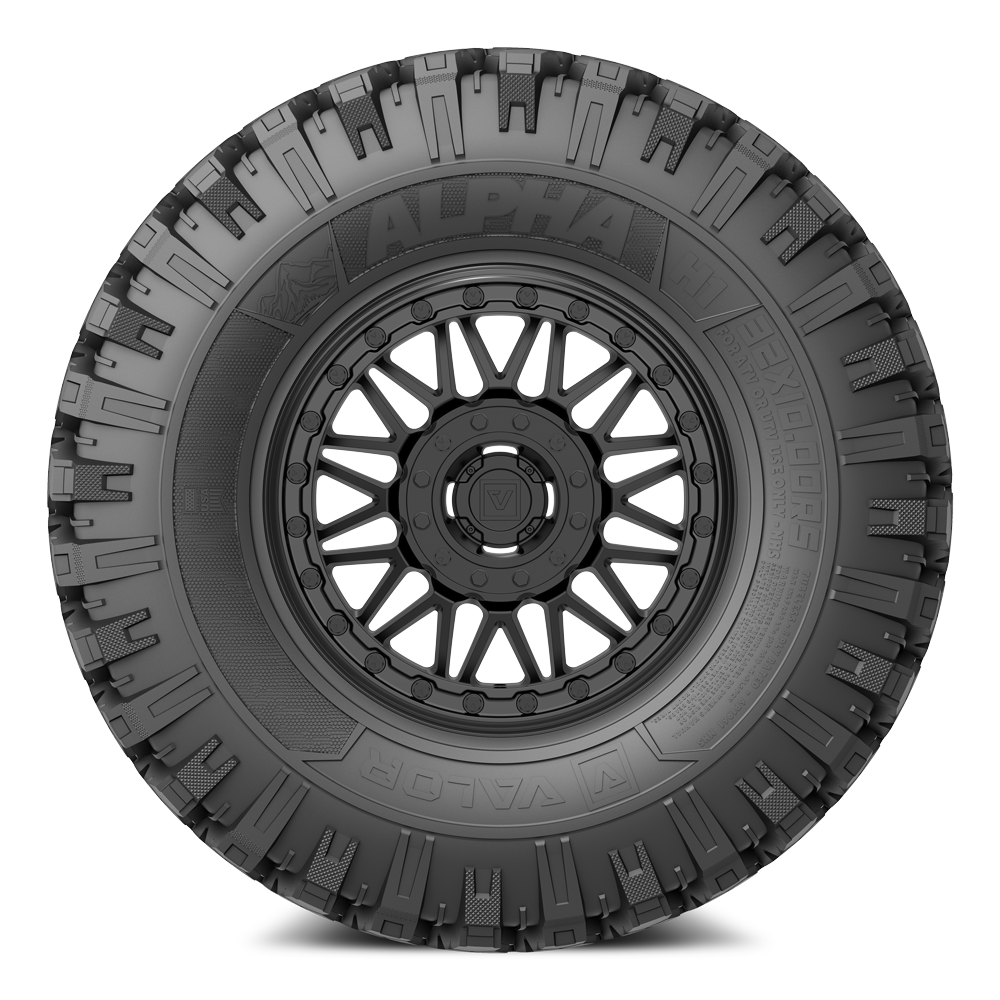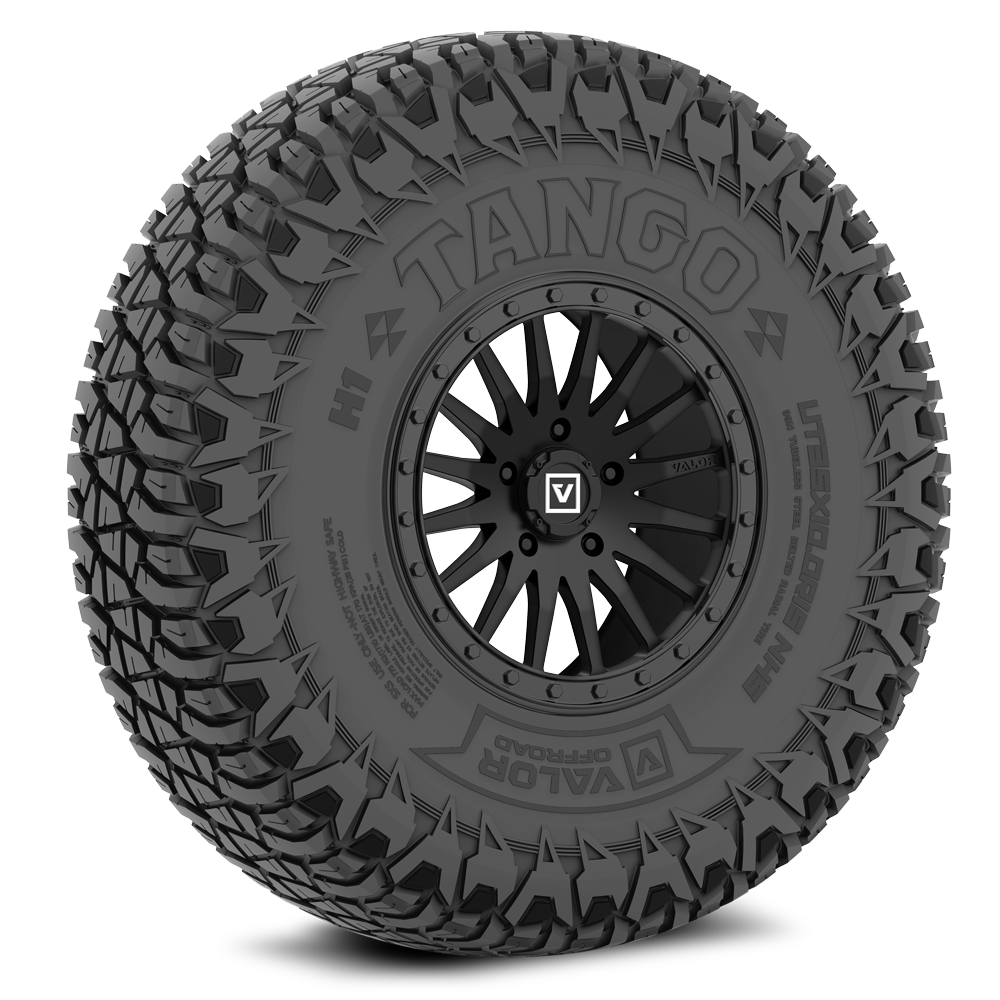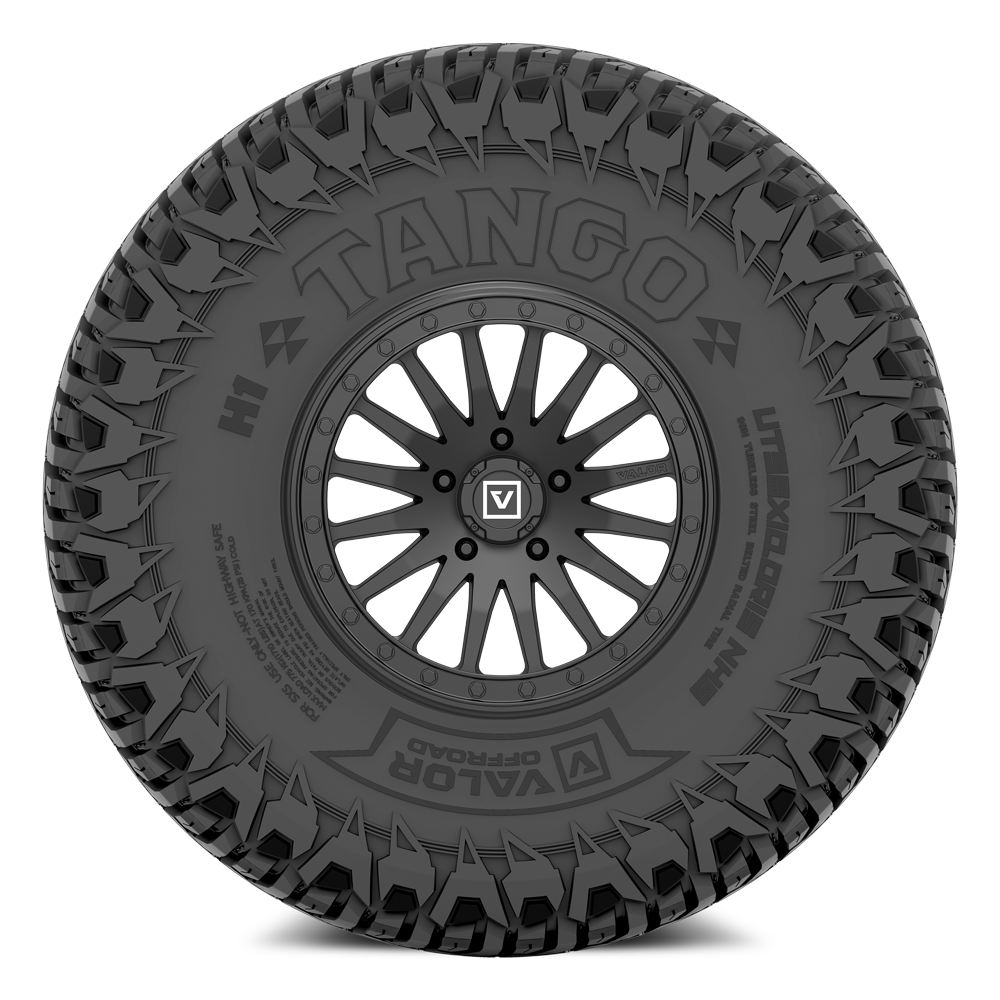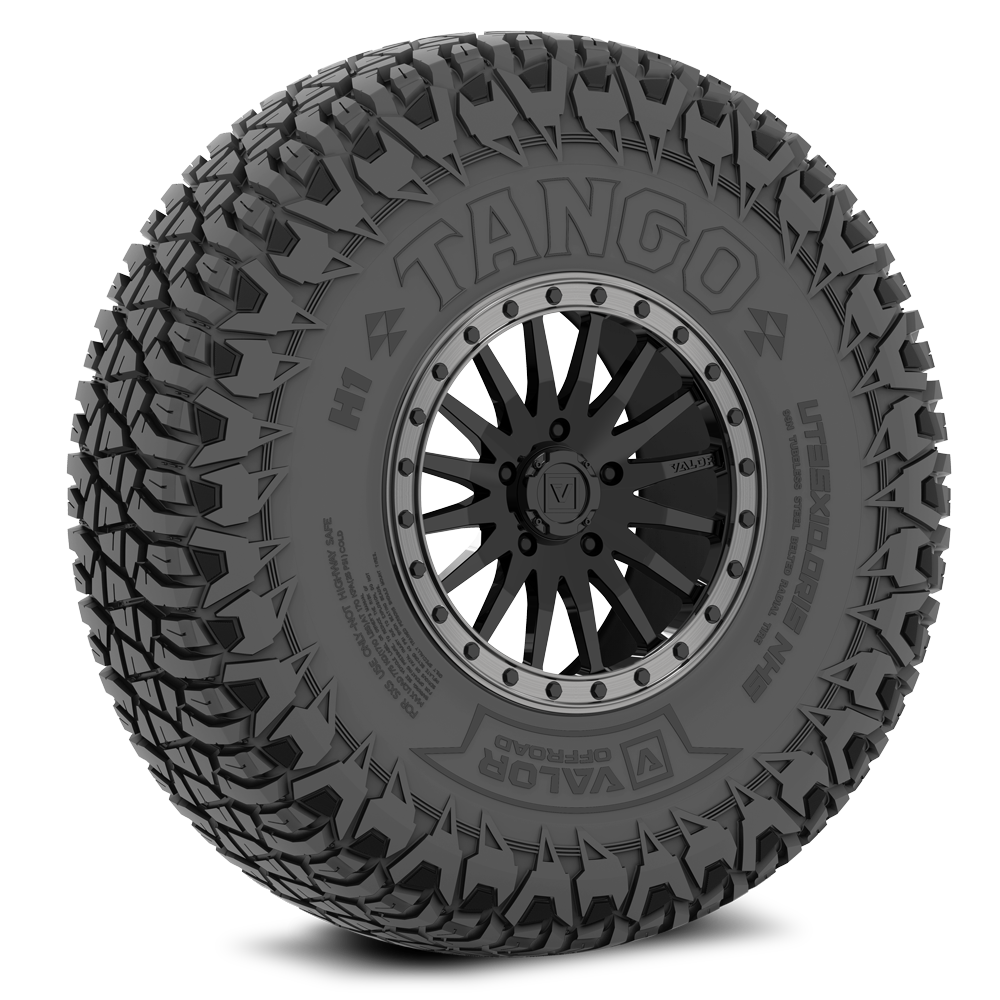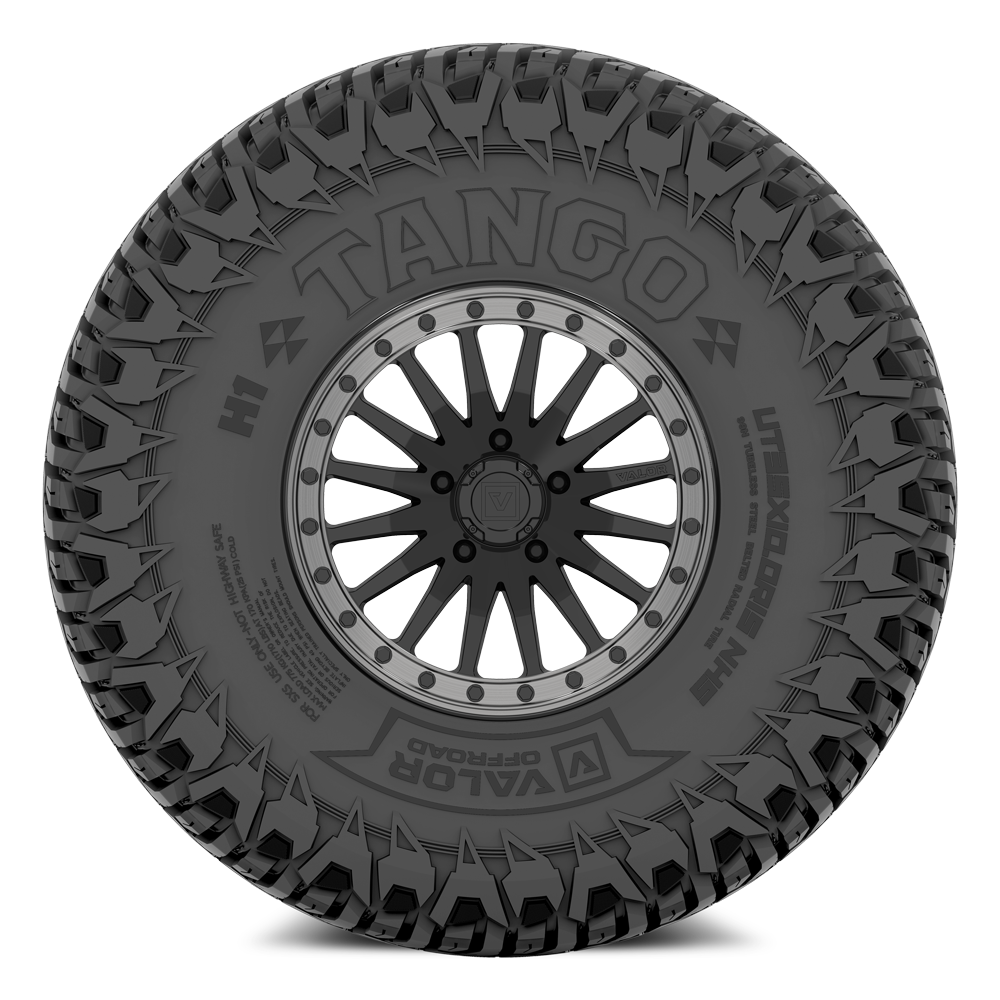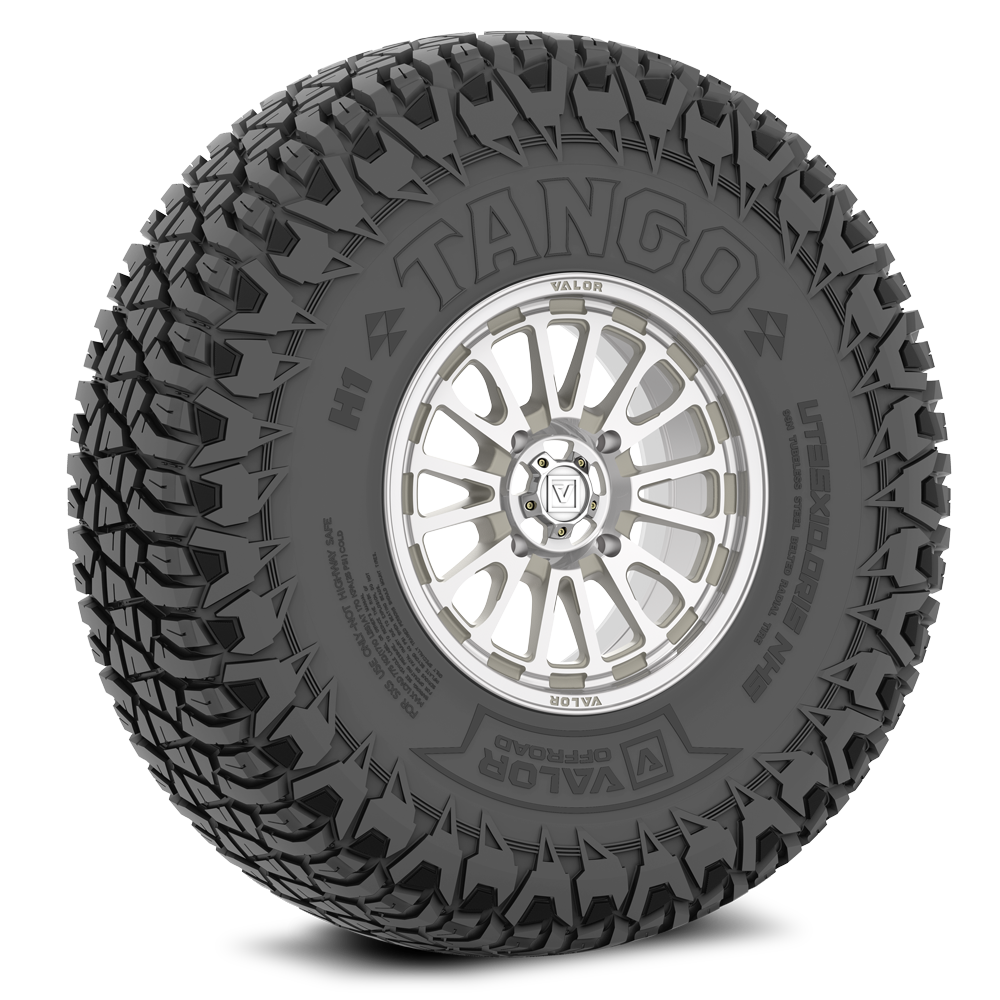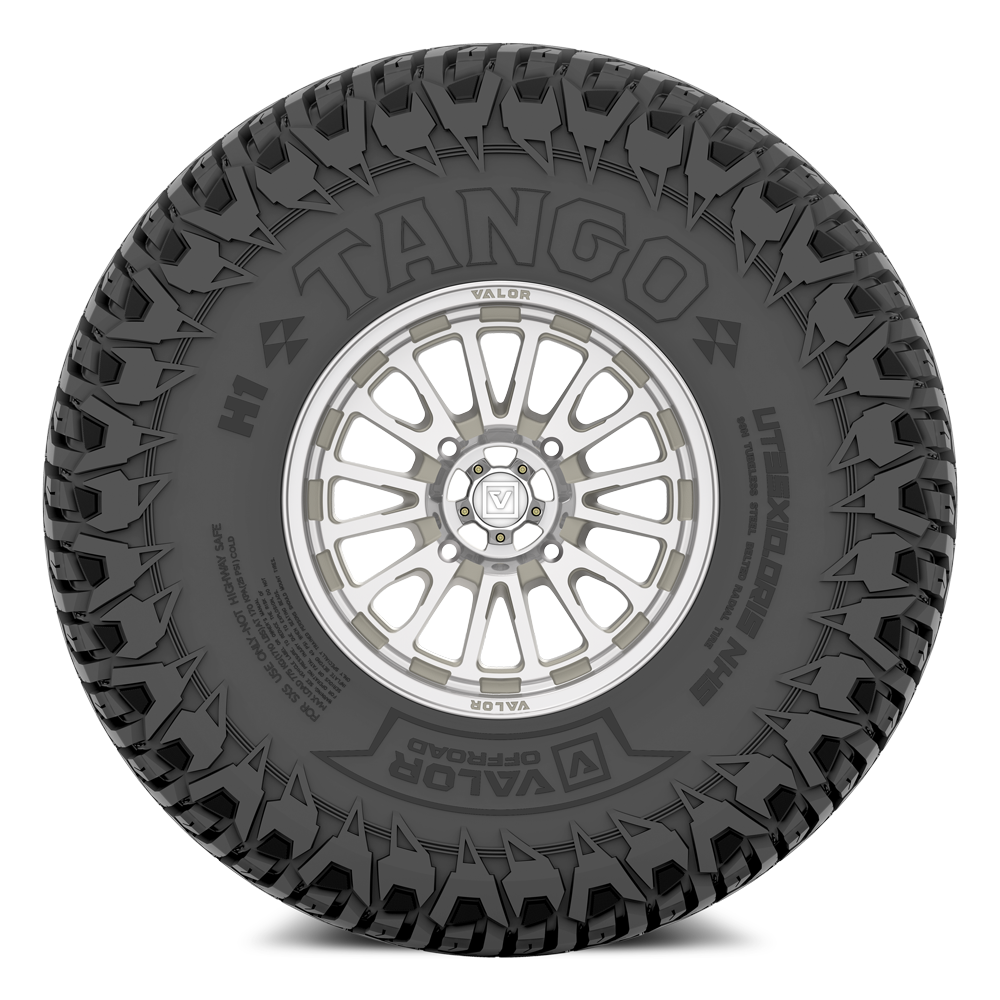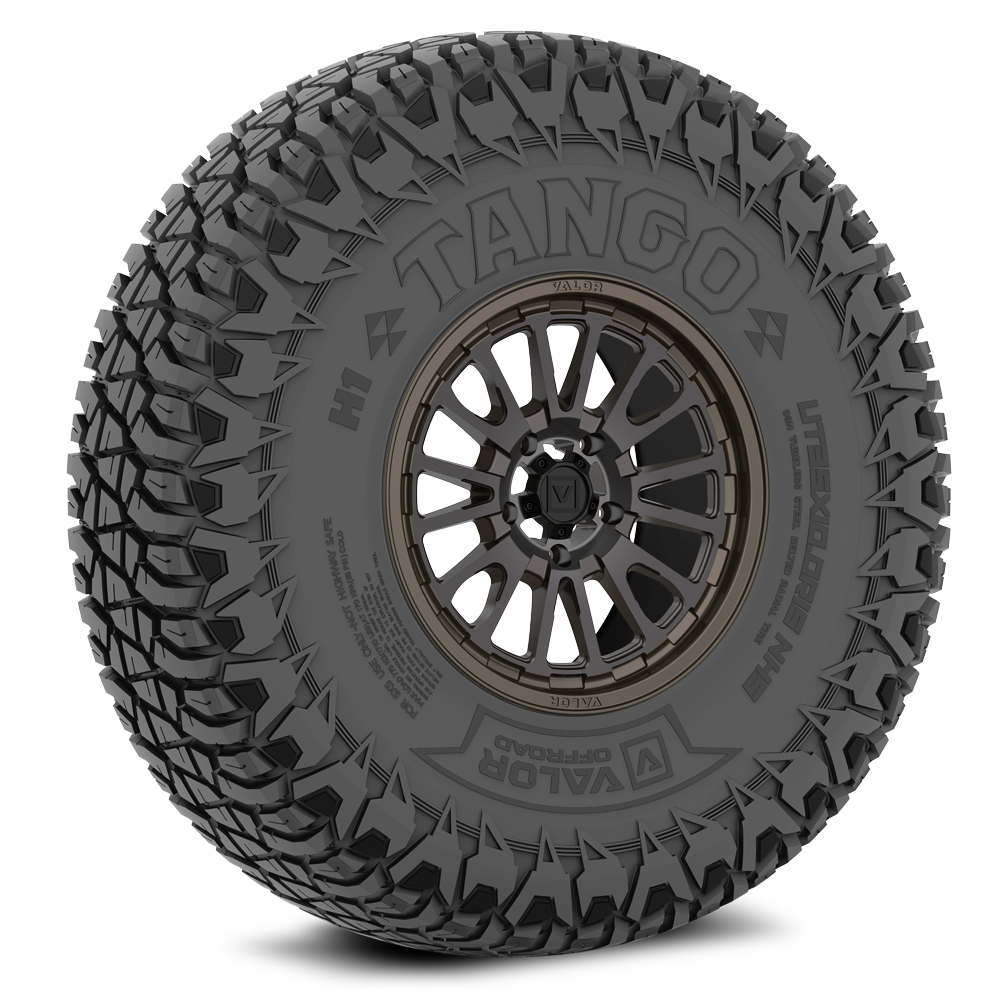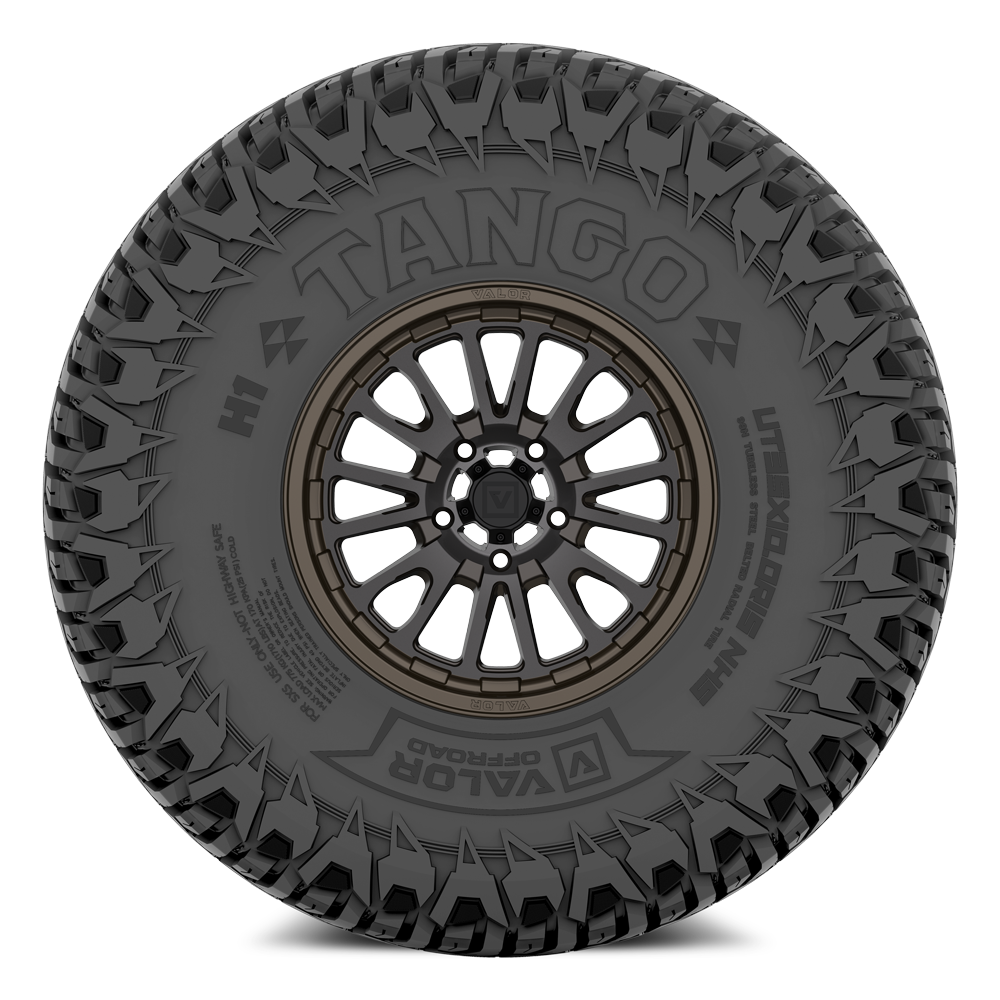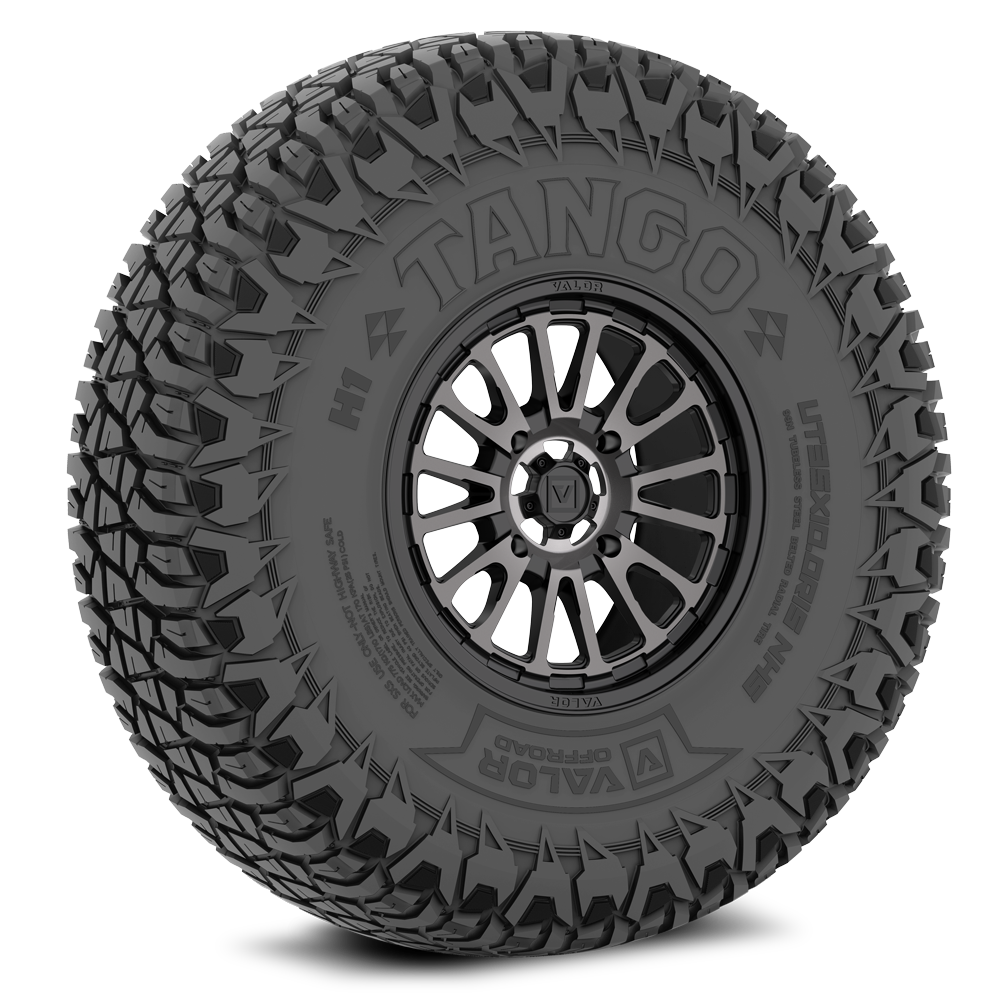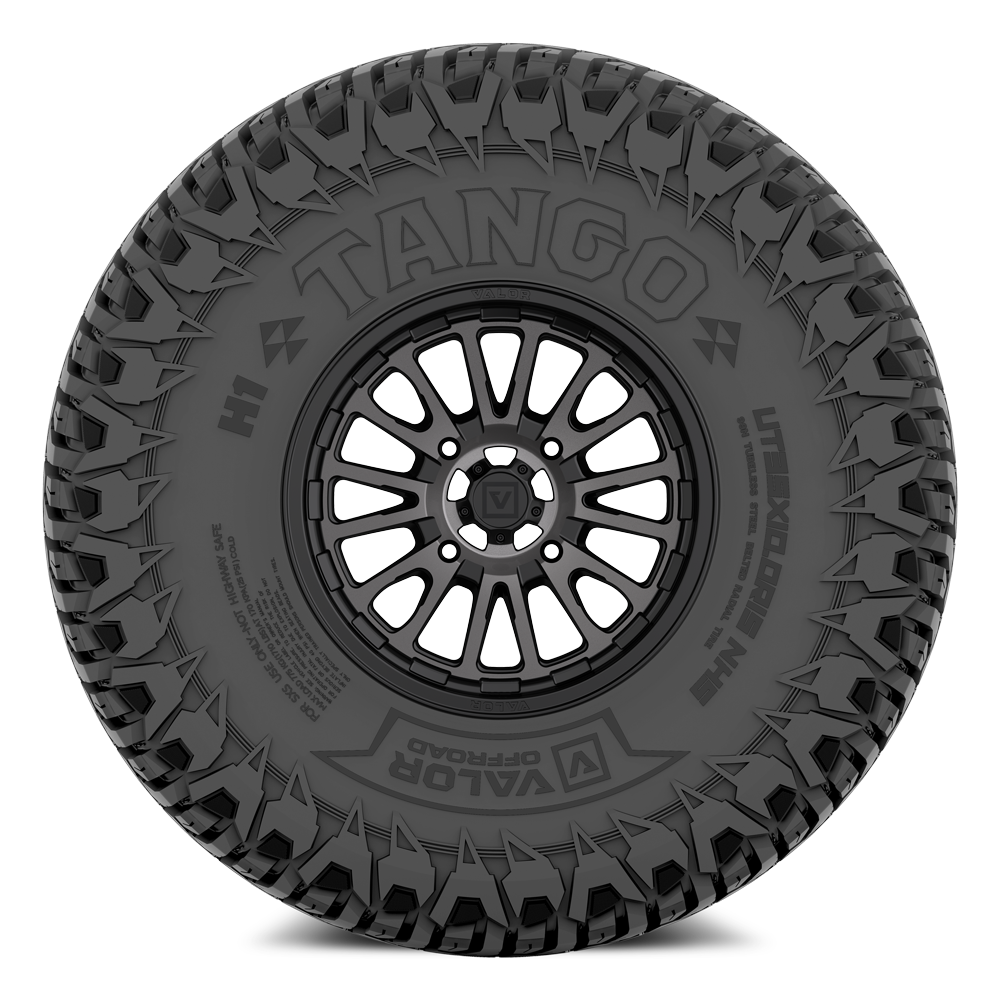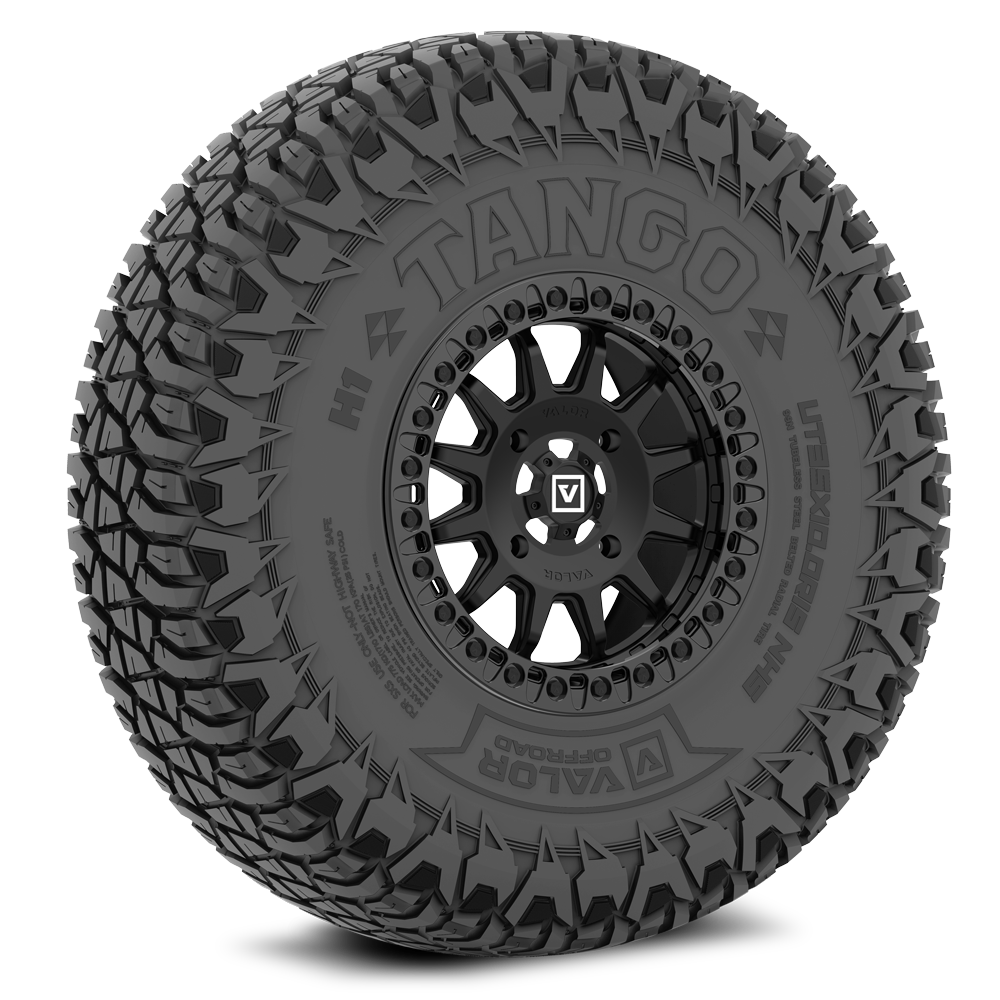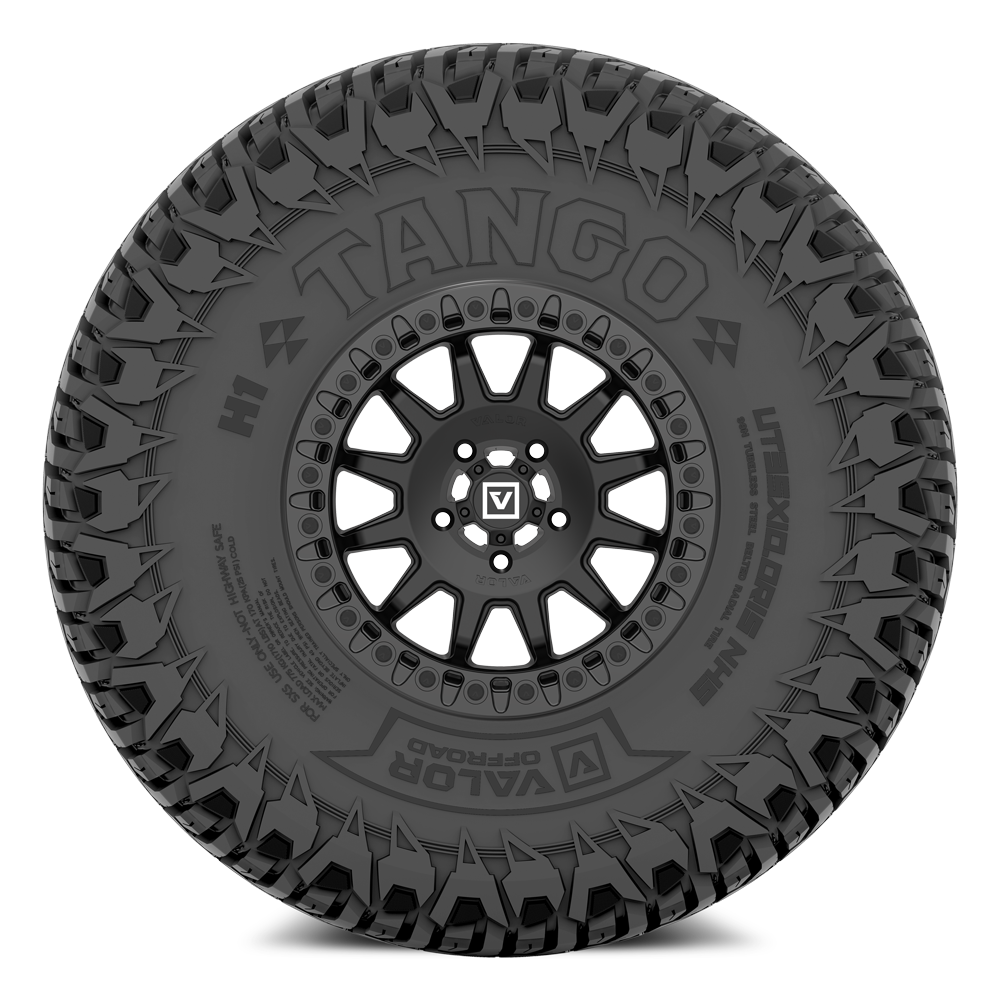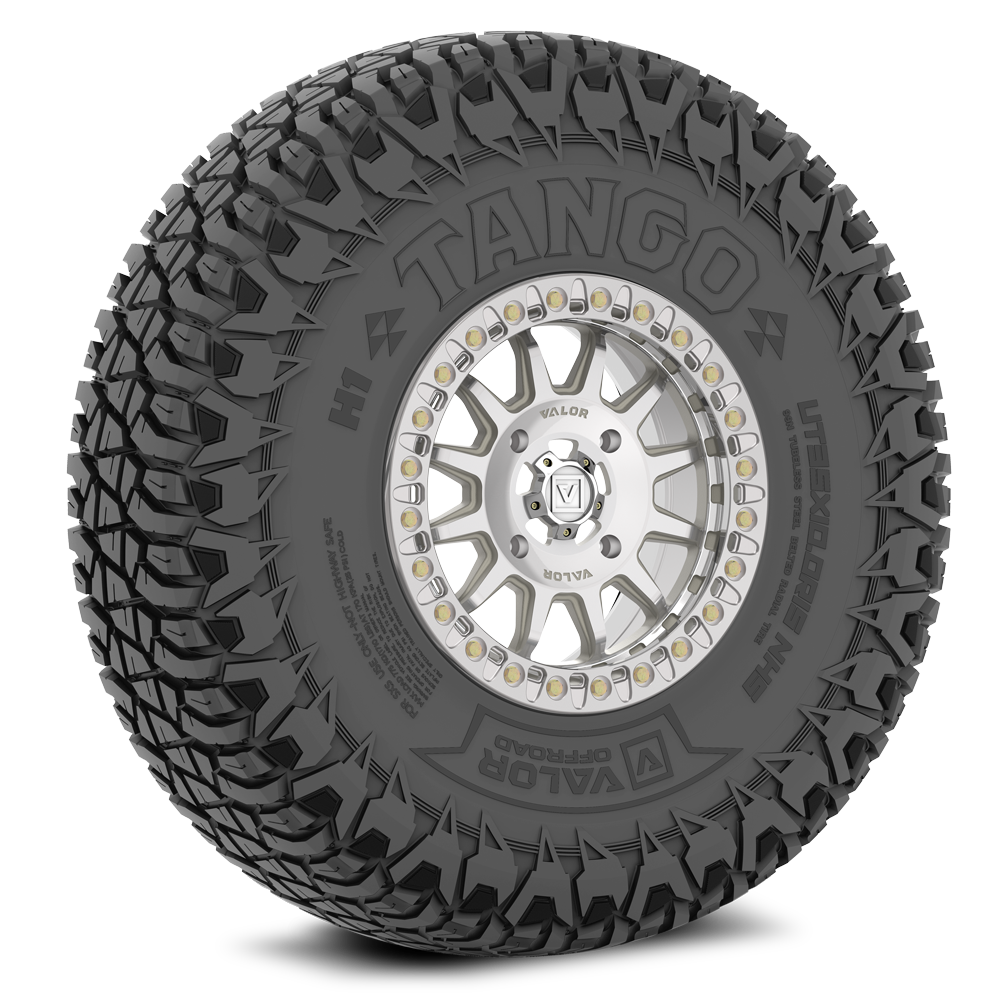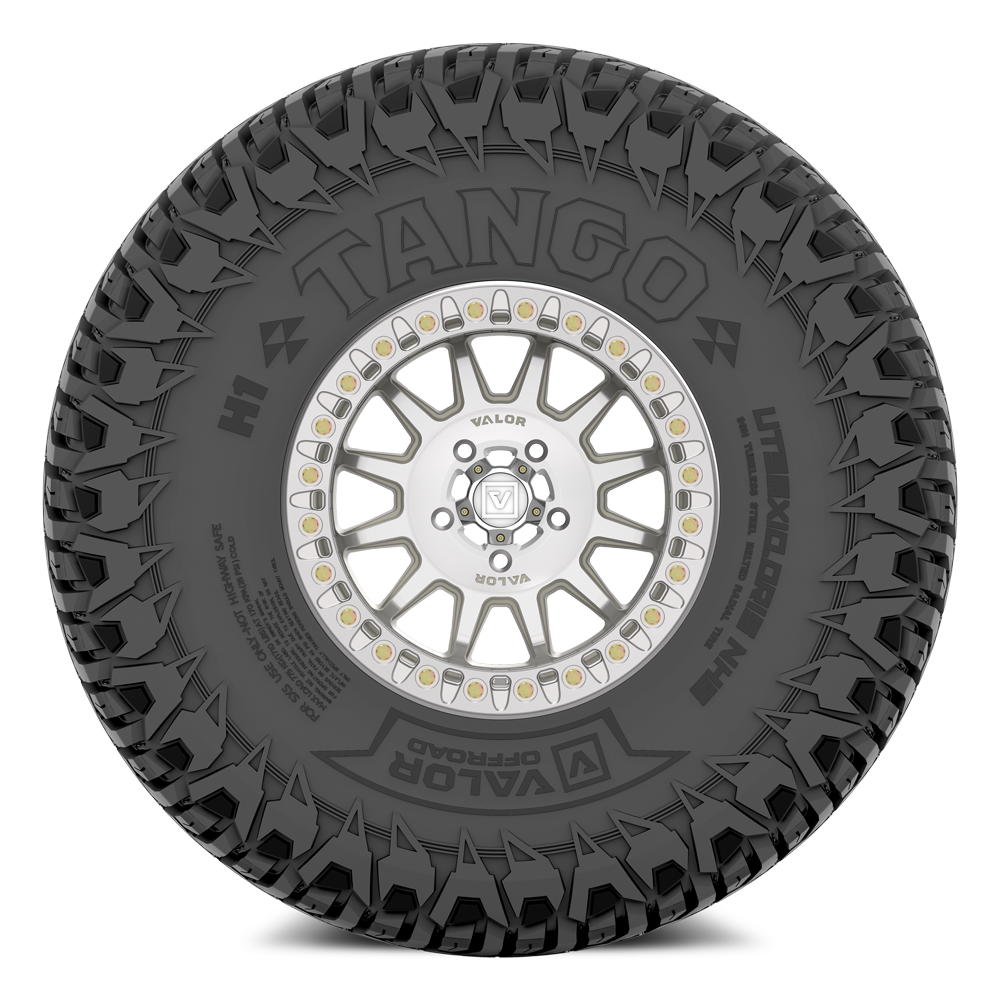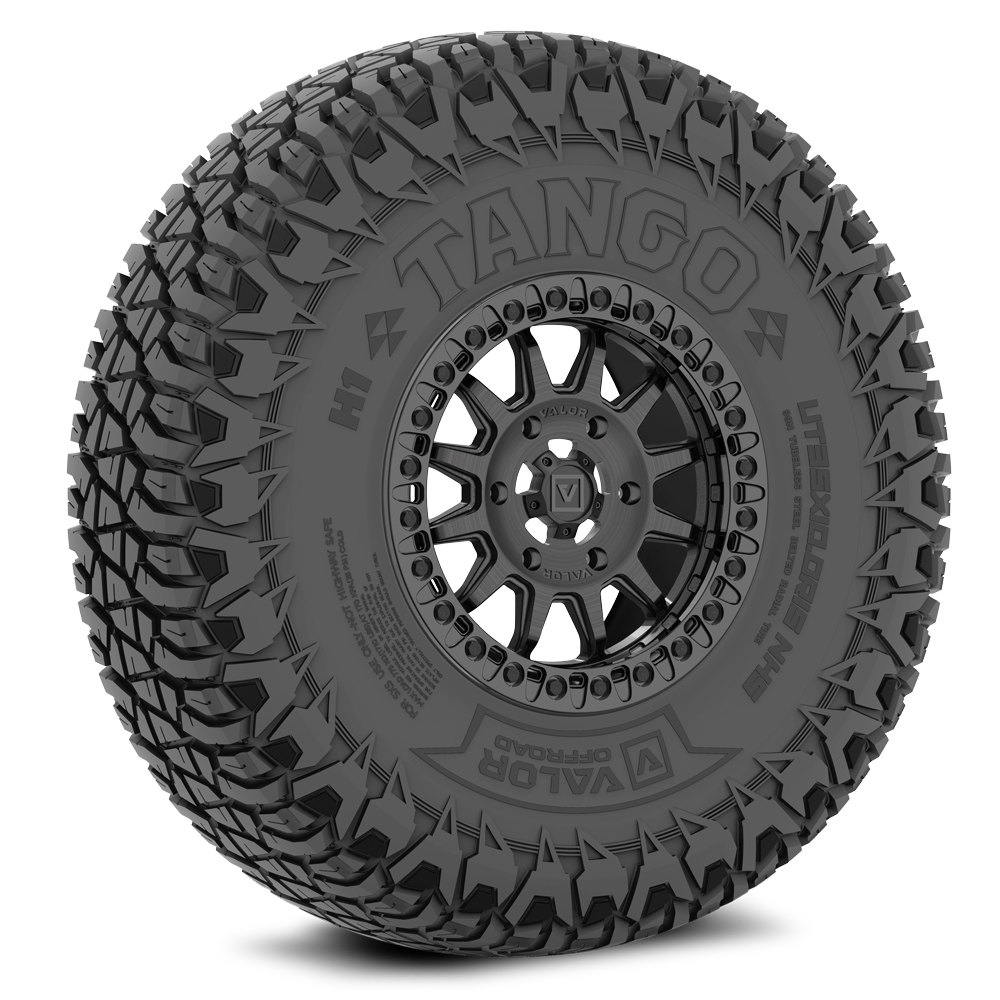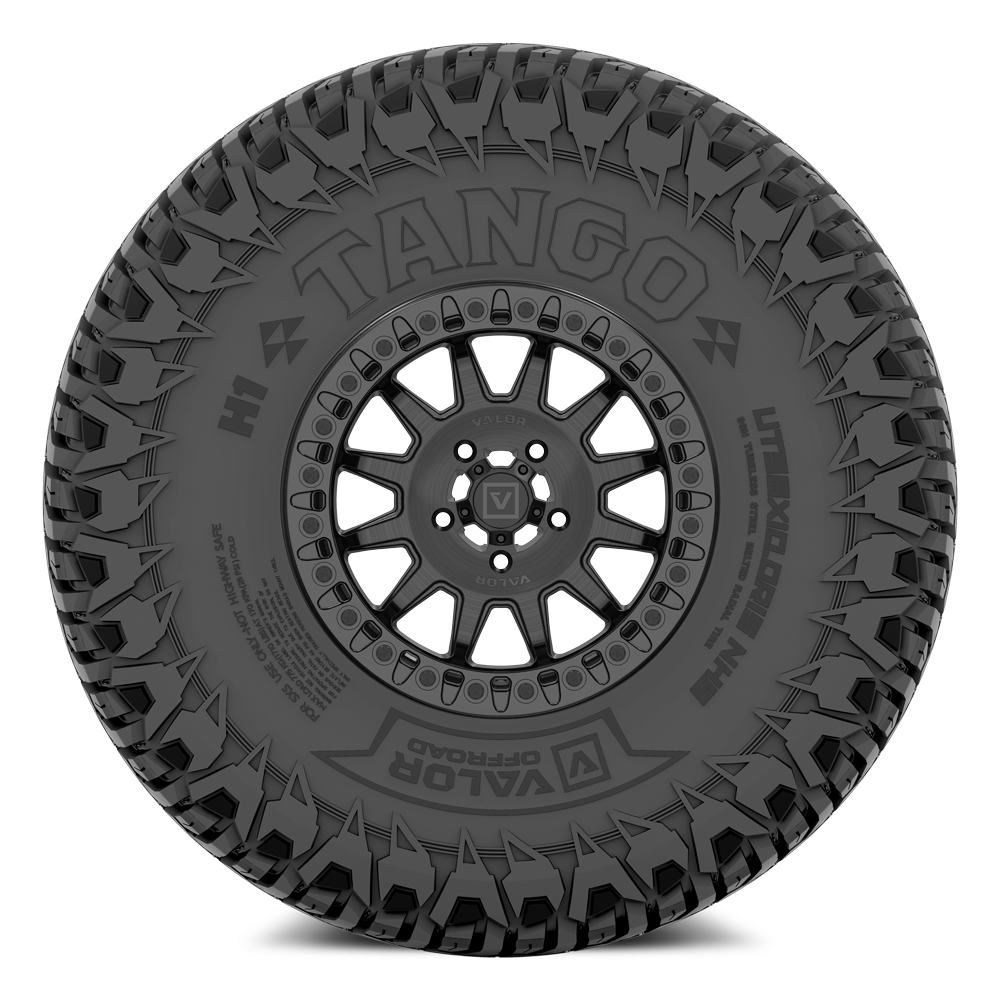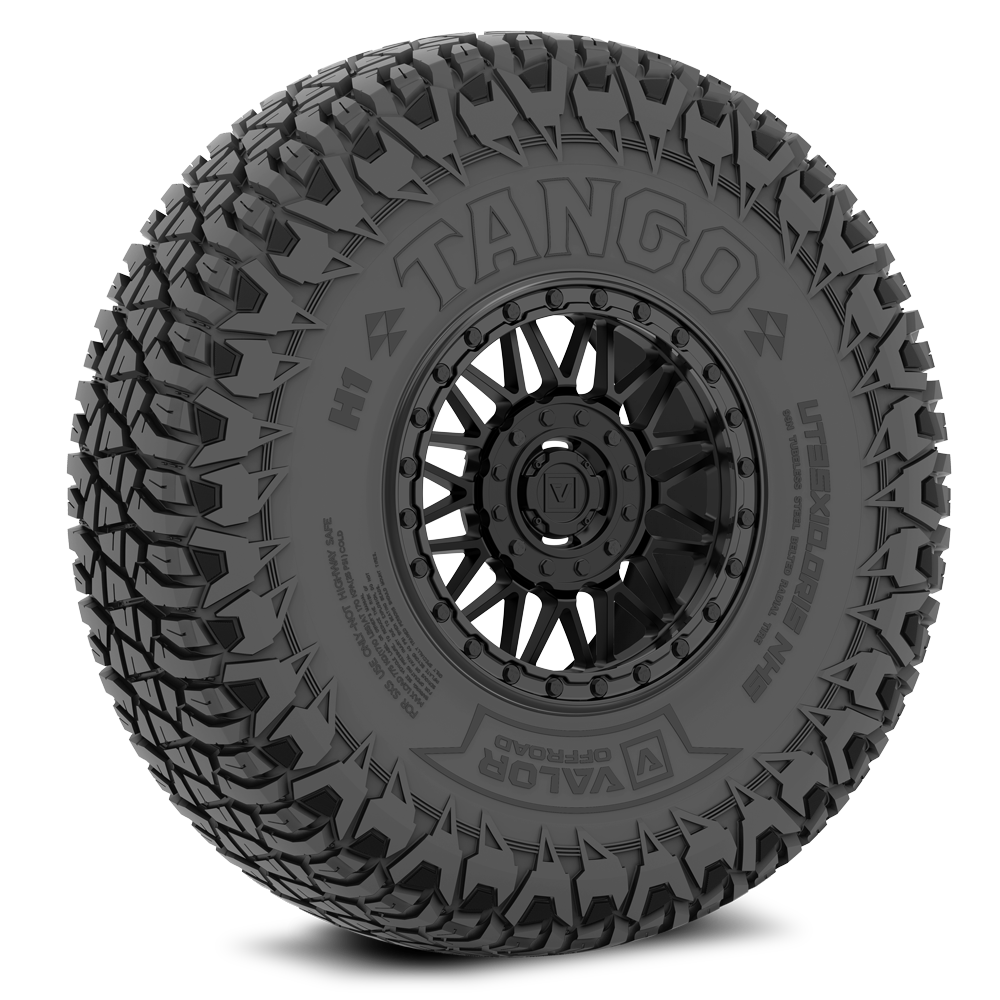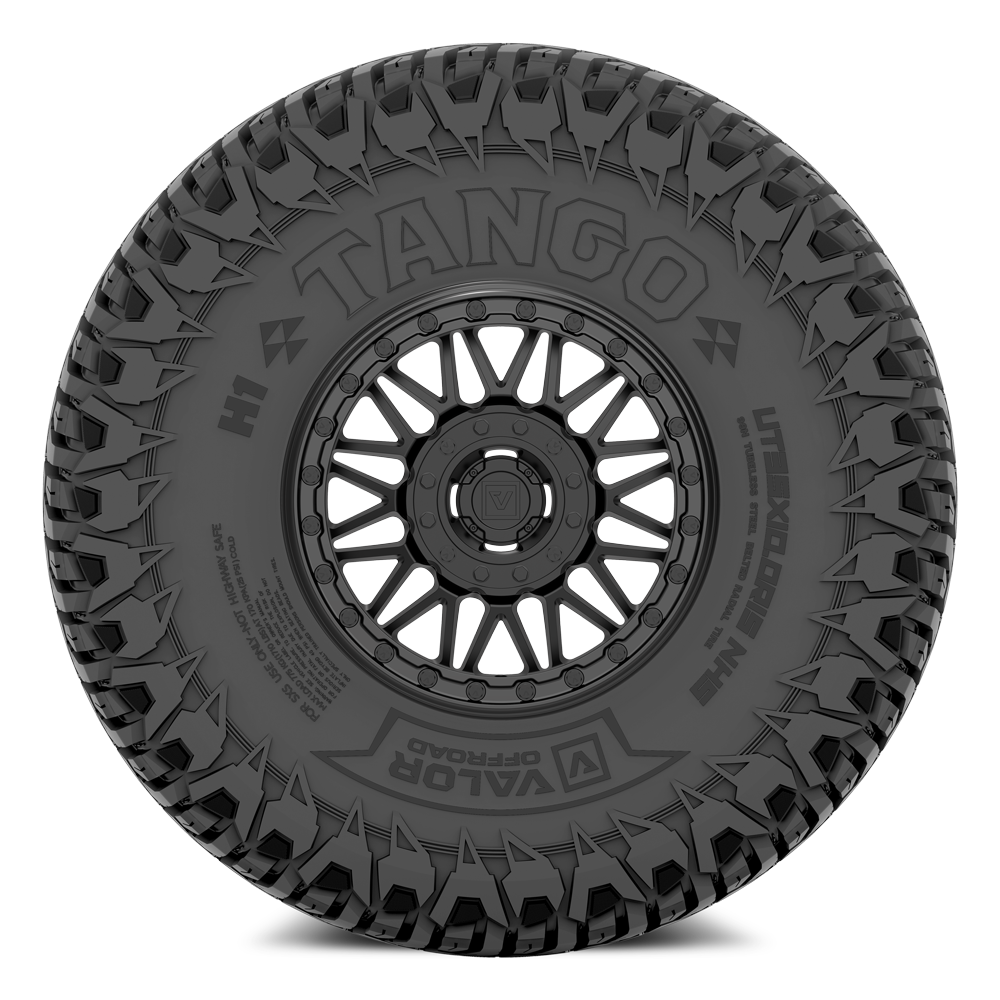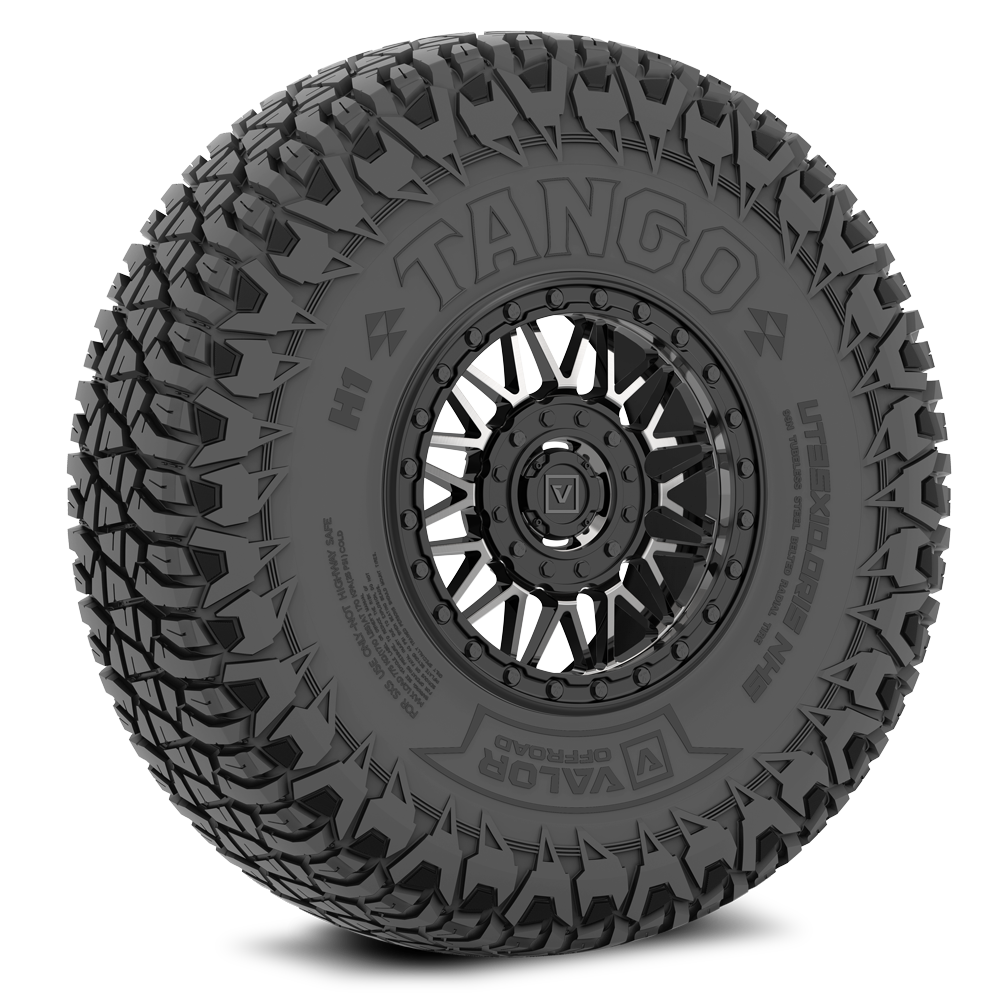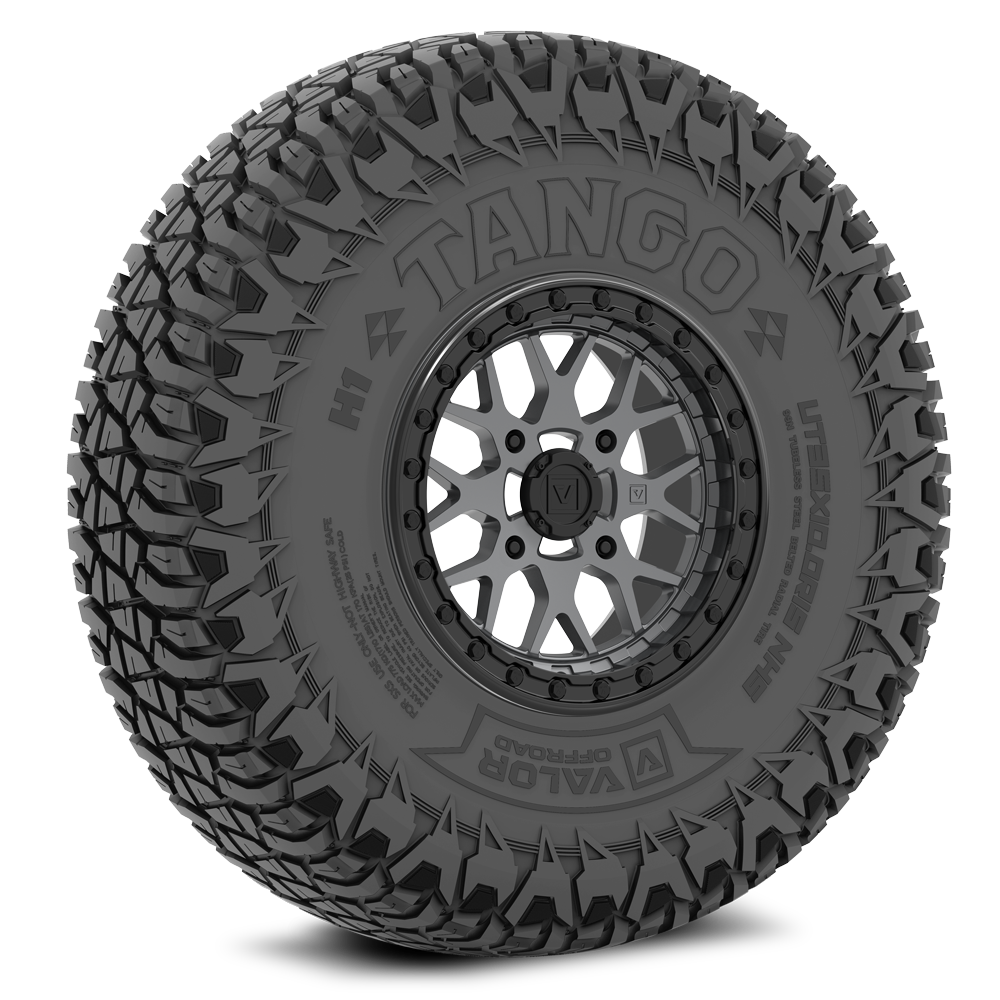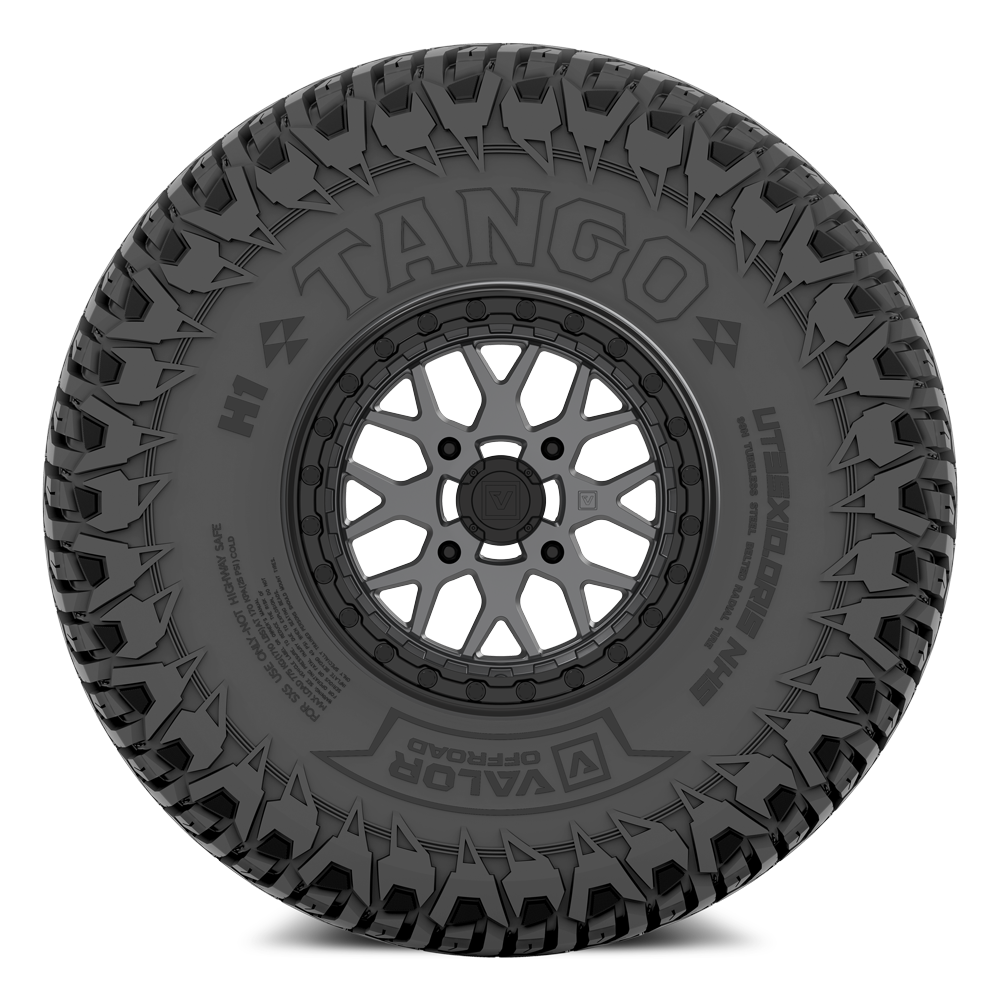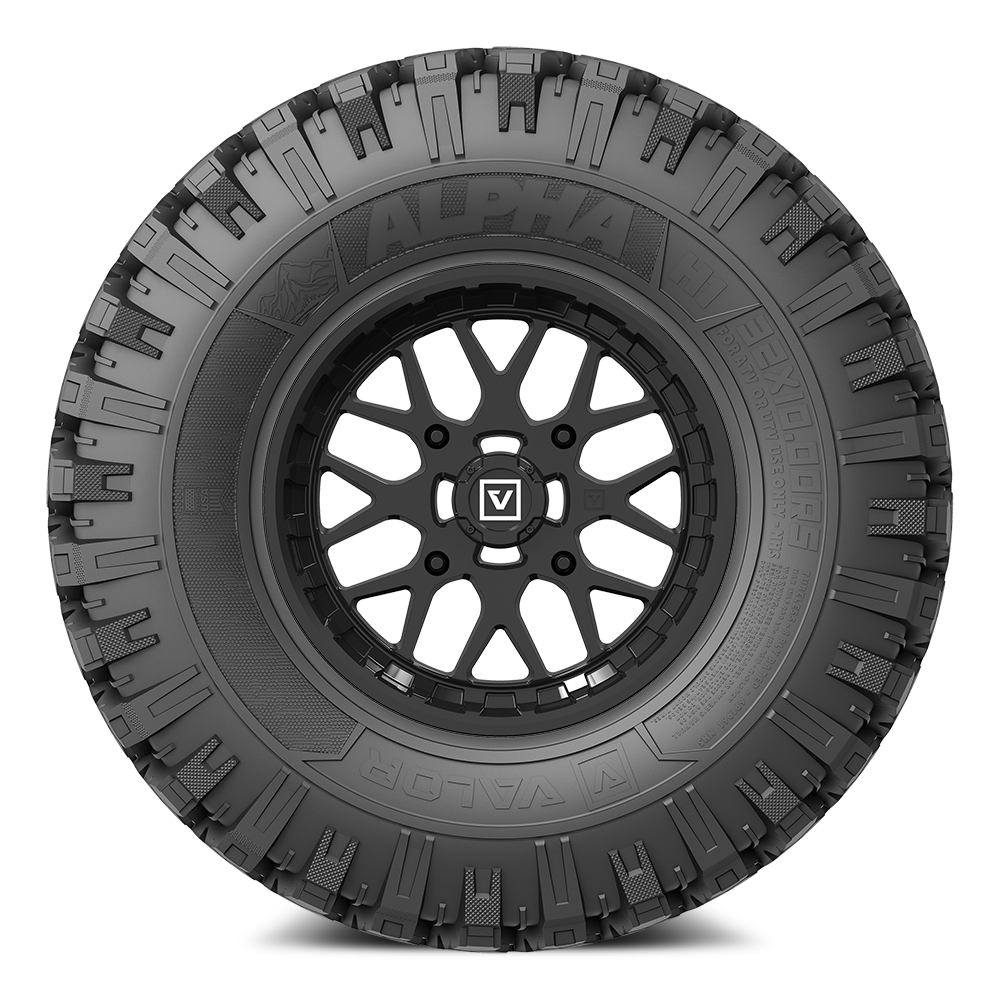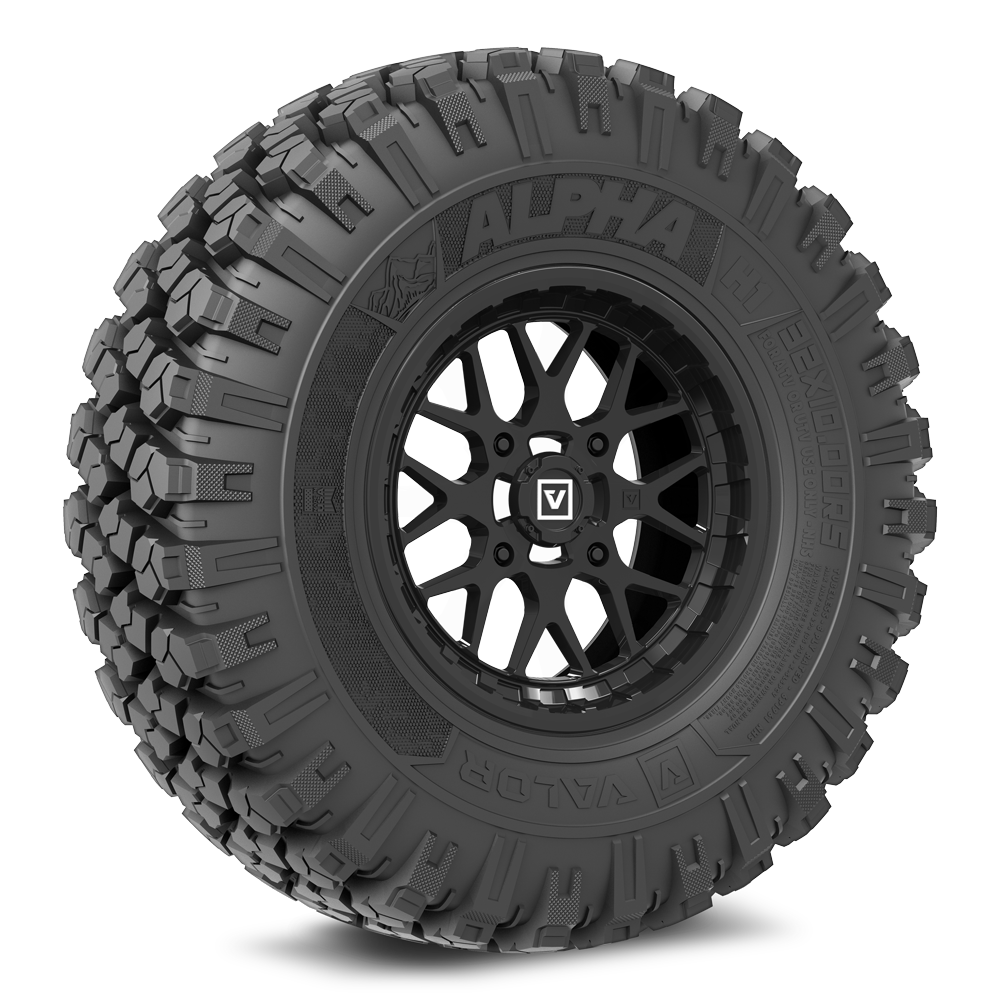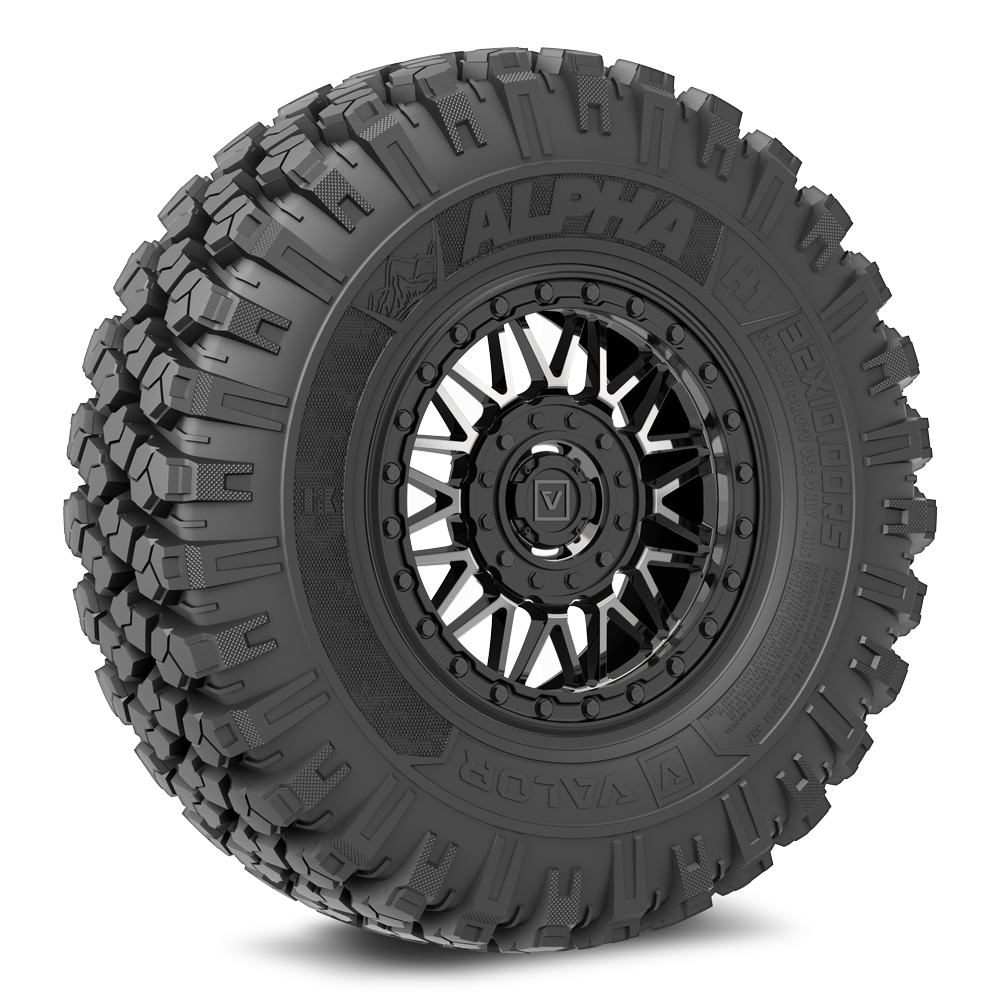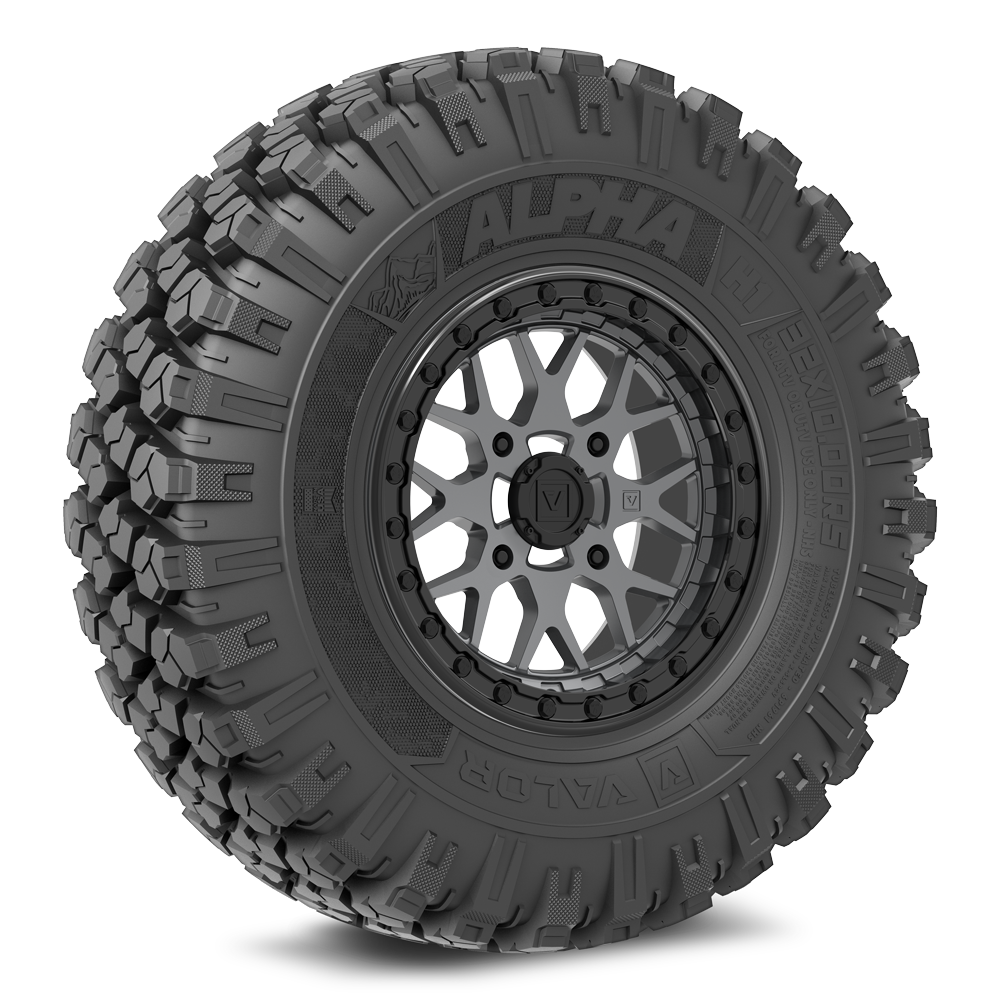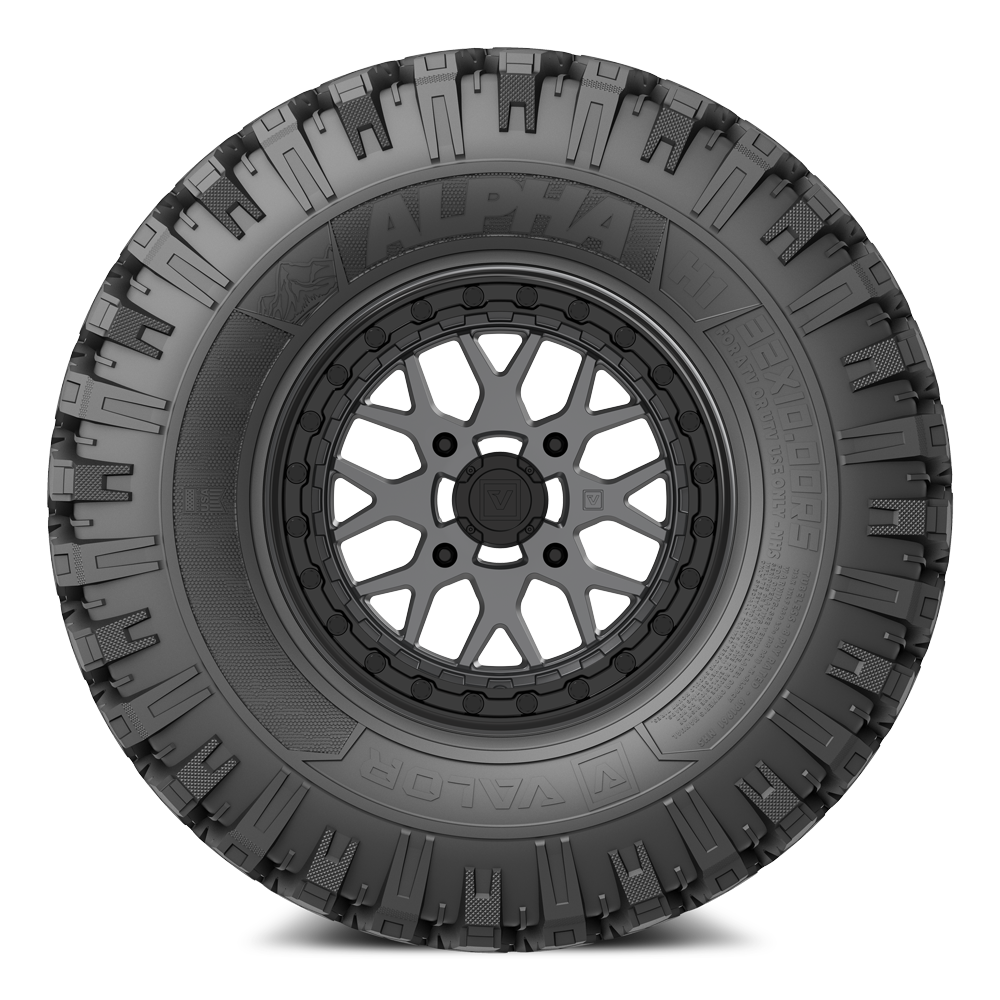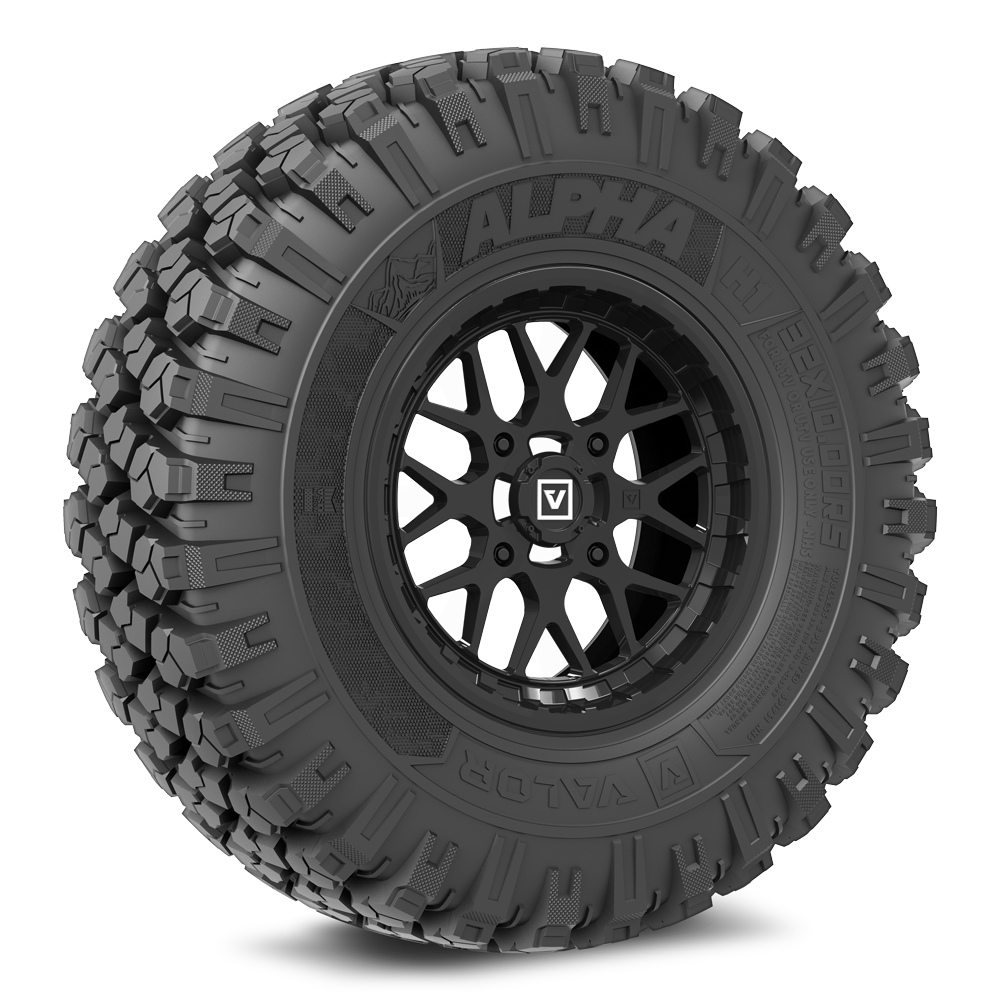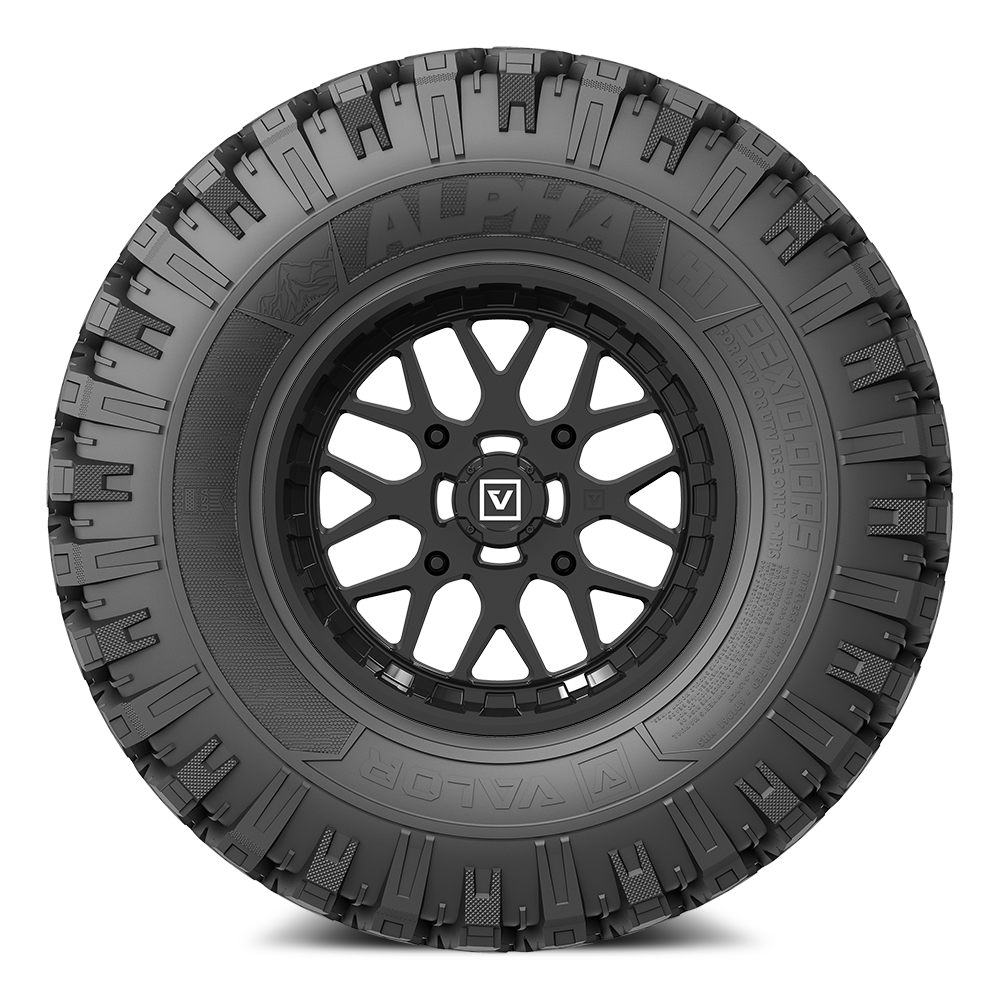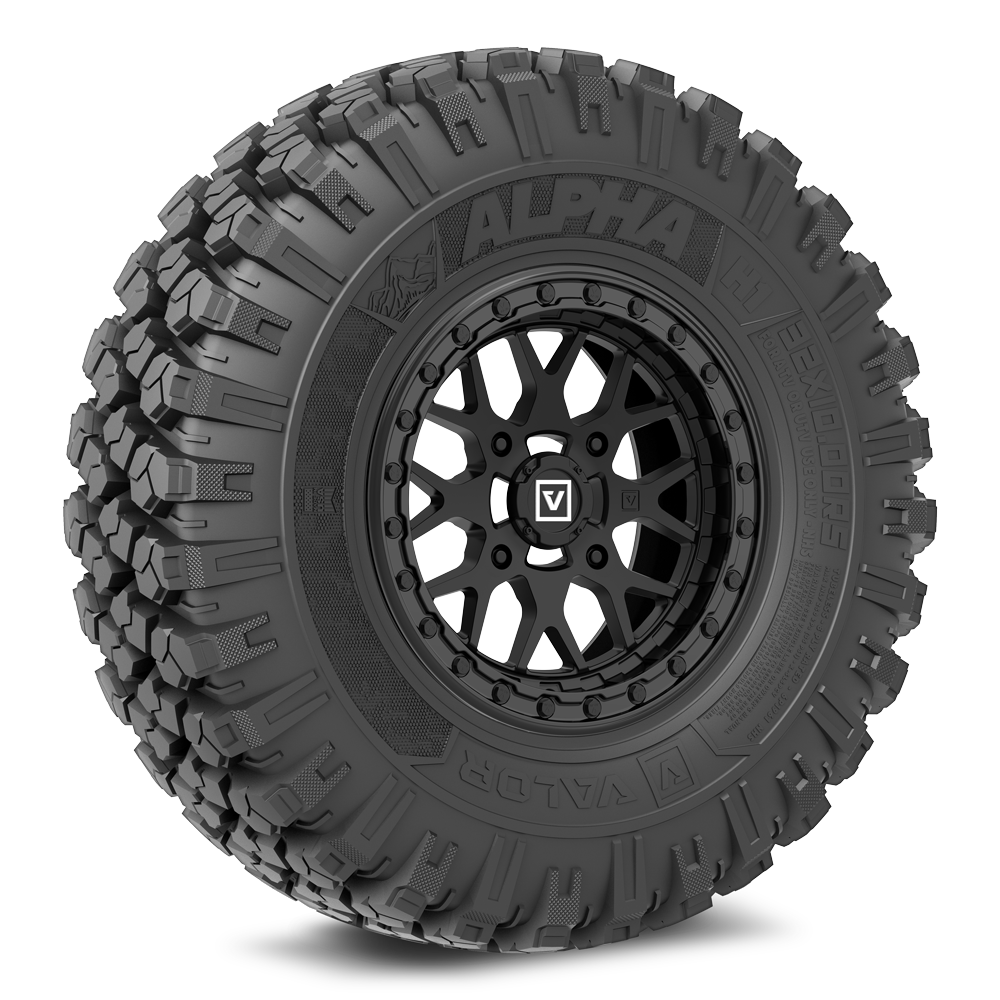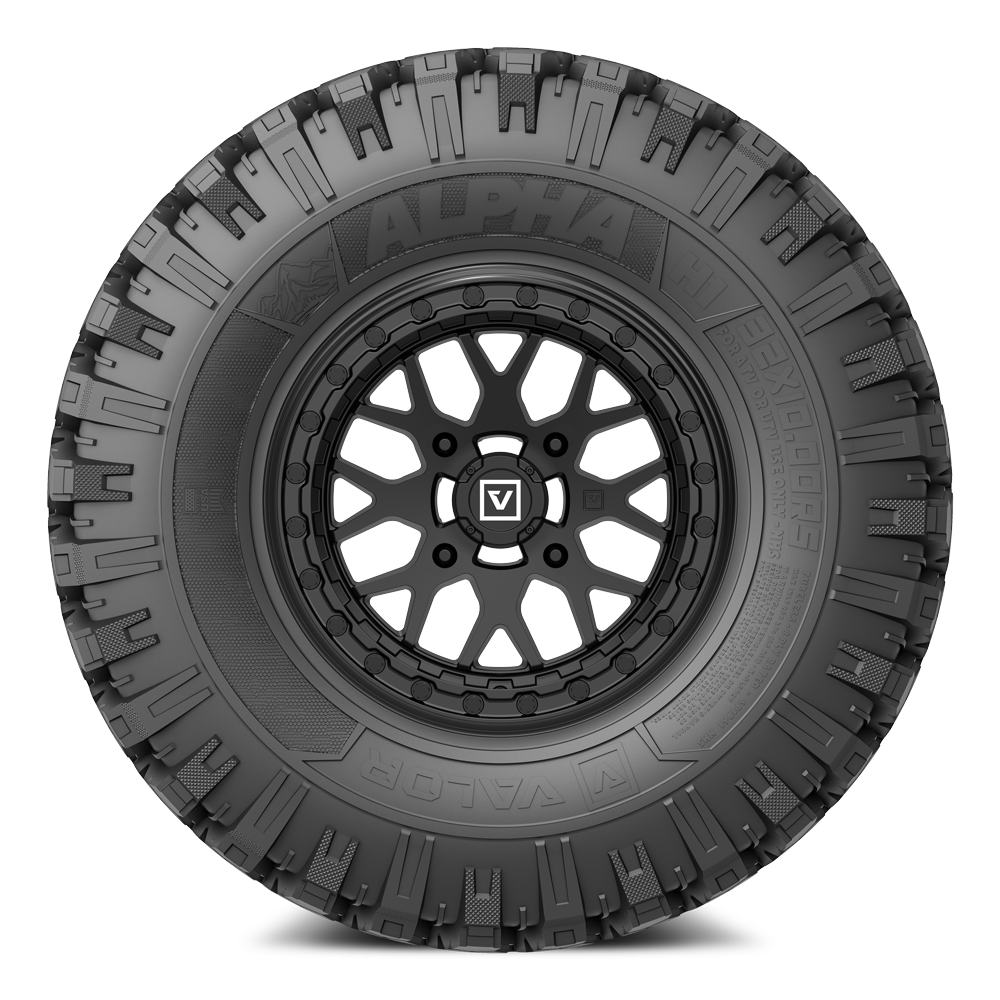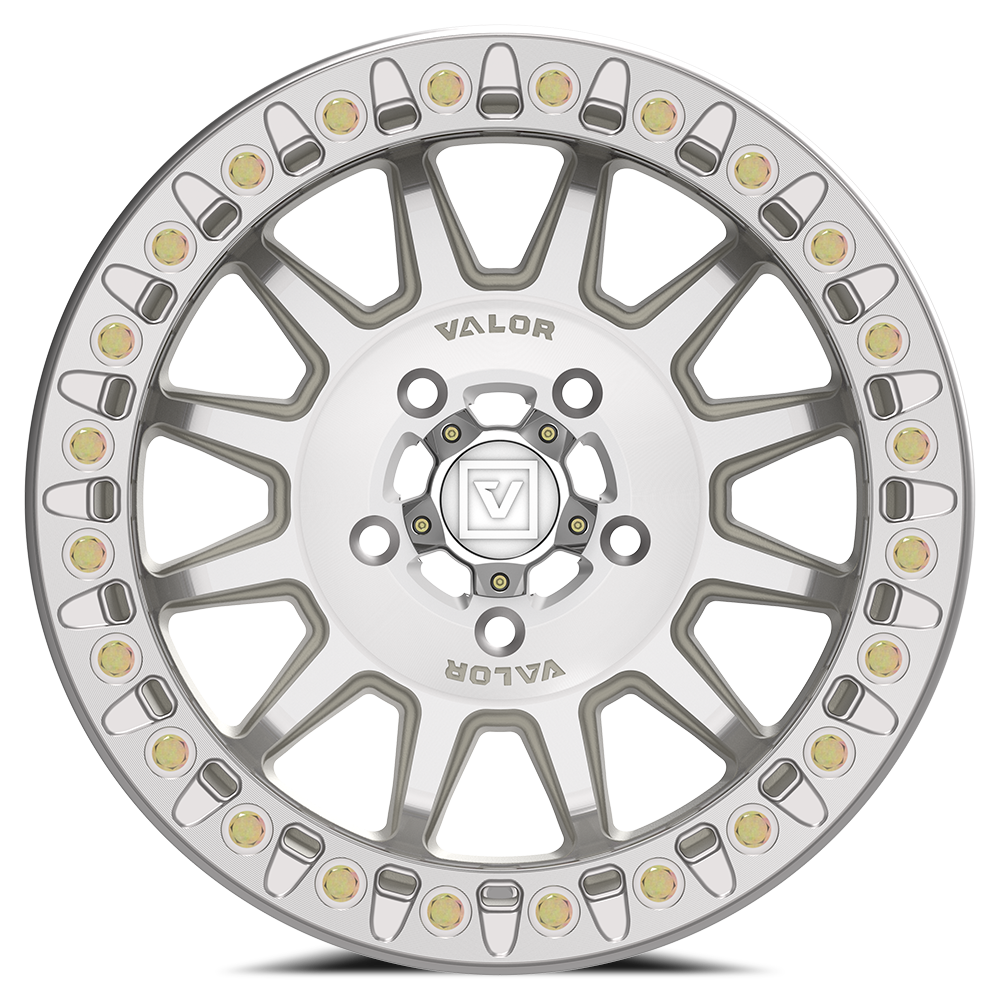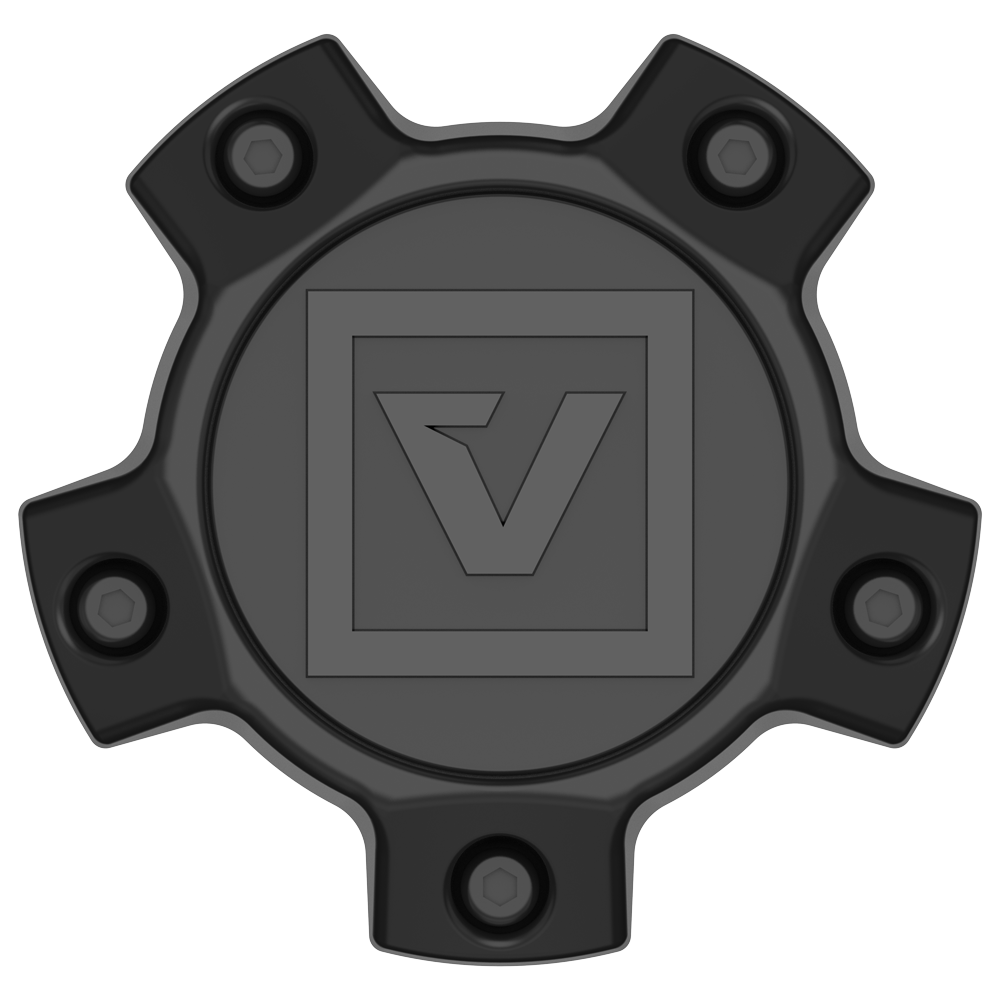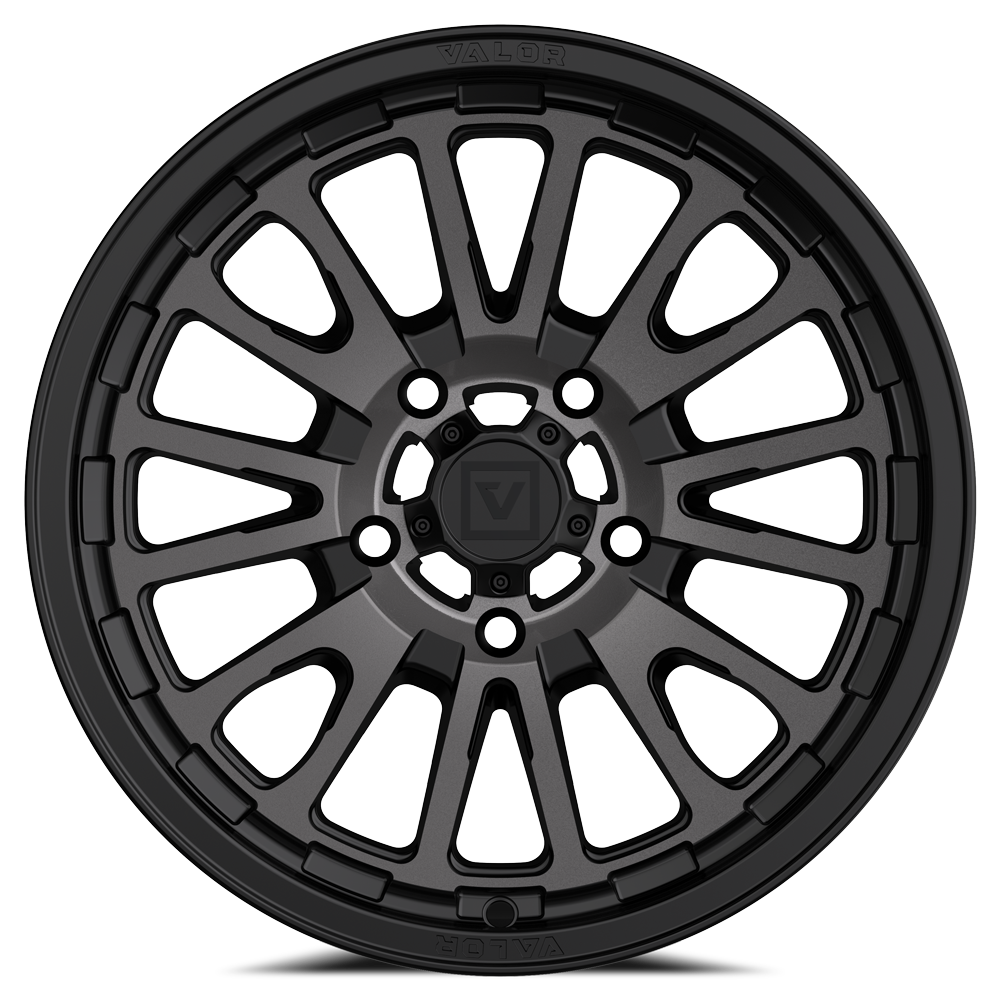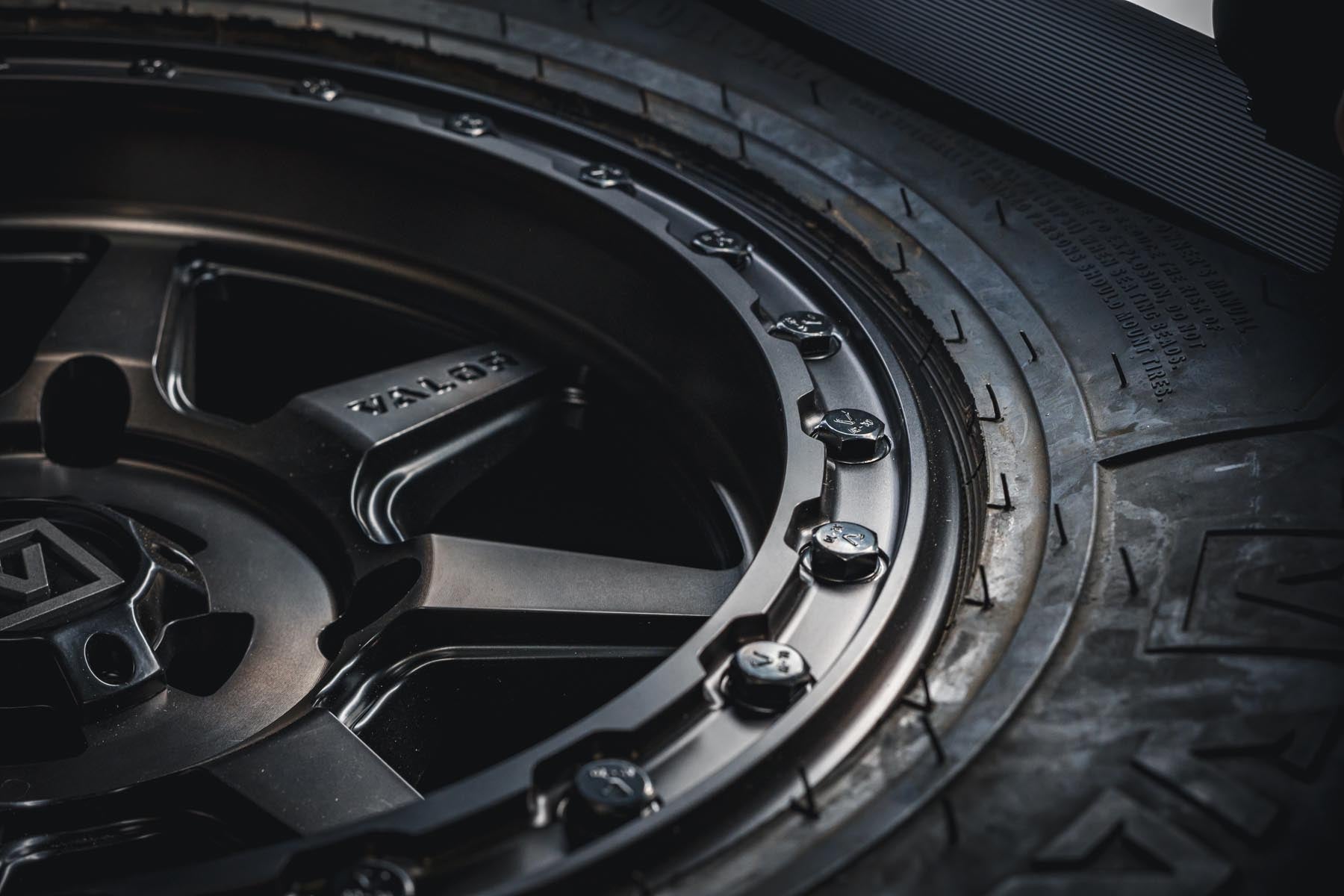Tire pressure is an age-old discussion among UTV and ATV enthusiasts, each one thinking they know the secret decimal to perfect offroading. The truth is, they're all right. The perfect tire pressure is a spectrum, and we're here to offer our advice on where to start. You can then adjust the pressure to your liking by inflating or deflating the tires.
How does tire pressure affect steering/handling?
Remember that your UTV tires are your first line of defense against bumps, dips, whoops, and trail chatter. Yes, your suspension and shocks will help absorb some of that chatter as well, but consider your tires as the most critical factor in achieving a smooth and comfortable ride. The proper pressure at the right time for the correct speeds can make or break a full-day ride.
What is the best UTV tire pressure?
Whenever we mount up a set of wheels and tires, we always start with a PSI spec of 15 lbs. Not too squishy, not too firm, 15 is the best balance of hardpack and crawling. Make note, if you plan to ride exclusively on hard pack at high speeds, consider starting at 18-20 PSI. Alternatively, if you roll off the trailer and you're crawling 99% of the trail, you may drop to 10-12 PSI for that extra bite when needed. When in doubt, consult your owner's manual and use the OEM spec set at your dealer.
Does elevation affect UTV tire pressure?
Significant changes in altitude affect tire pressures when traveling from one elevation to another. Fortunately, this influence is relatively small. As altitude increases, atmospheric pressure decreases. If you plan to ride a trail that climbs 1,000 feet or more, do a test. Record your tire pressure at the trailhead and then at the top, and you'll see your tire pressure has increased.
Does temperature affect pressure?
The tire pressure recommended in your vehicle's owner's manual is the manufacturer's recommended cold tire inflation pressure. This means that it should be checked in the morning before you drive more than a few miles, or before rising ambient temperatures or the sun's radiant heat affect it.
Air expands when heated and contracts when cooled. This makes the fall and early winter months the most critical times to check inflation pressures. The rule of thumb is that for every 10°F change in air temperature, tire pressures will change approximately 2% (increasing with higher temperatures and decreasing with lower).
In most parts of North America, the difference between average summer and winter temperatures is approximately 50°F, resulting in a potential loss of about five psi as winter temperatures set in. A 5 psi loss is enough to compromise handling, traction, and durability.
Does tire pressure change over time?
Since typical tire pressures range from 15 to 25 psi for most UTV tires, a constant force is trying to push the air through the tire. This allows some of the air to escape (called permeation) right through the microscopic spaces between the rubber molecules. And somewhat like a rubber balloon, the air will eventually escape if it is not replenished. All things being equal, a tire's inflation pressure will decrease by approximately one psi per month. If air isn't added for two to three months, the tire's inflation pressure will probably be 2 to 3 psi low.
Note: Remember to check your spare tire combo every couple of rides. You don't want to be in a pinch and have your spare fail as well.
Disadvantages of UTV tire underinflation
An underinflated tire can't maintain its standard shape and becomes flatter than intended while in contact with the road. This can lead to premature tread degradation by up to 25% compared to the OEM-recommended pressure. Lower inflation pressure will allow the tire to deflect (bend) more as it rolls. This will build up internal heat, increase rolling resistance, and cause a reduction in fuel economy of up to 5%. You would experience a significant loss of steering precision and cornering stability. Never drive at high speeds under low tire pressure!
Disadvantages of overinflation
An overinflated tire is stiff and unyielding, and the size of its footprint in contact with the road is reduced (hence why people deflate when rock crawling). If a UTV's tires are overinflated by six psi, they may be more susceptible to damage when running over obstacles or navigating rough terrain, especially at higher speeds. Higher-inflated tires cannot isolate trail irregularities well, causing your ride to be much harsher. However, higher inflation pressures usually provide an improvement in steering response and cornering stability up to a point.
How to correctly lower your tire pressure
Your dad probably taught you that any old rock, stick, or even your car keys work just fine to reduce air pressure in your tires. Although he's technically correct, the process takes entirely too long when we're talking about dropping 20 PSI on 35" A/T tires. The reason is that, for example, using a stick allows air to escape only around the stick. If you remove the stick altogether, imagine how much more air you can move in or out of the tire. The same principle applies to airing up your tires. You'd never leave the valve stem core to inflate, so unless you're only adjusting by a few PSI, the same applies to deflating.
Another disadvantage to using trail debris to adjust your tire's PSI is the loss of precision. It's virtually impossible to get all four of your tires to be the same PSI using the "stick" technique. Using an accurate tire deflator is recommended before you leave the trailhead or the parking lot. We emphasize "before" you go because the rest of your riding party doesn't want to stand around and watch you fiddle around with your tires ten minutes into a ride. A tire deflator provides precision and deflation speed in a handy, portable, and relatively affordable package.



